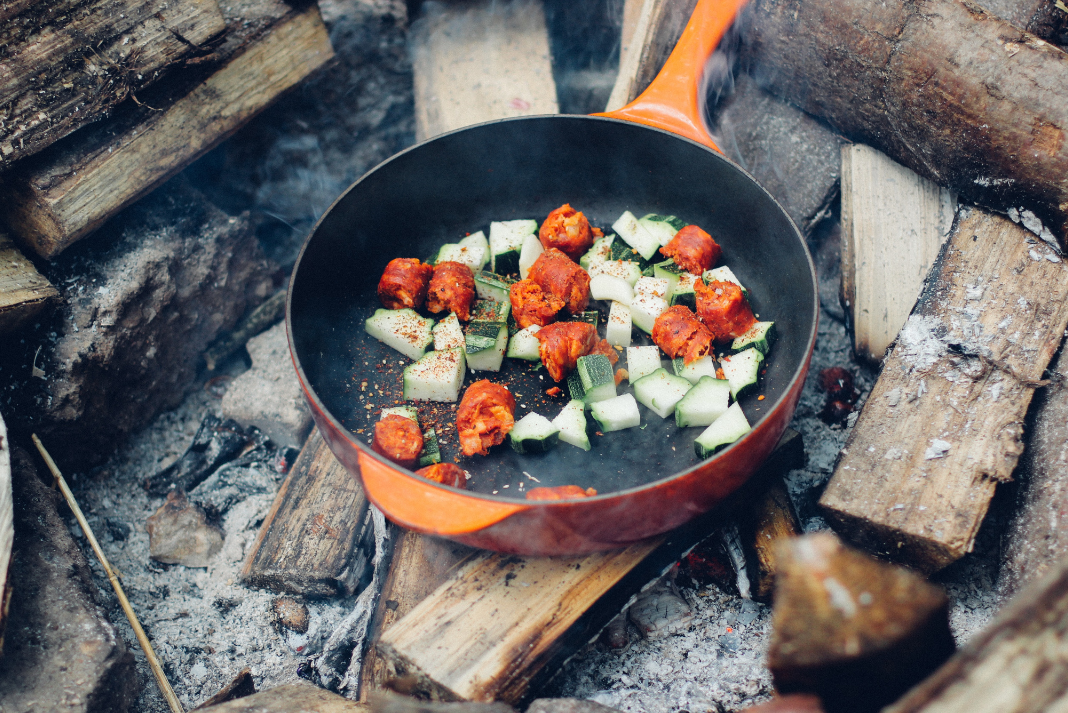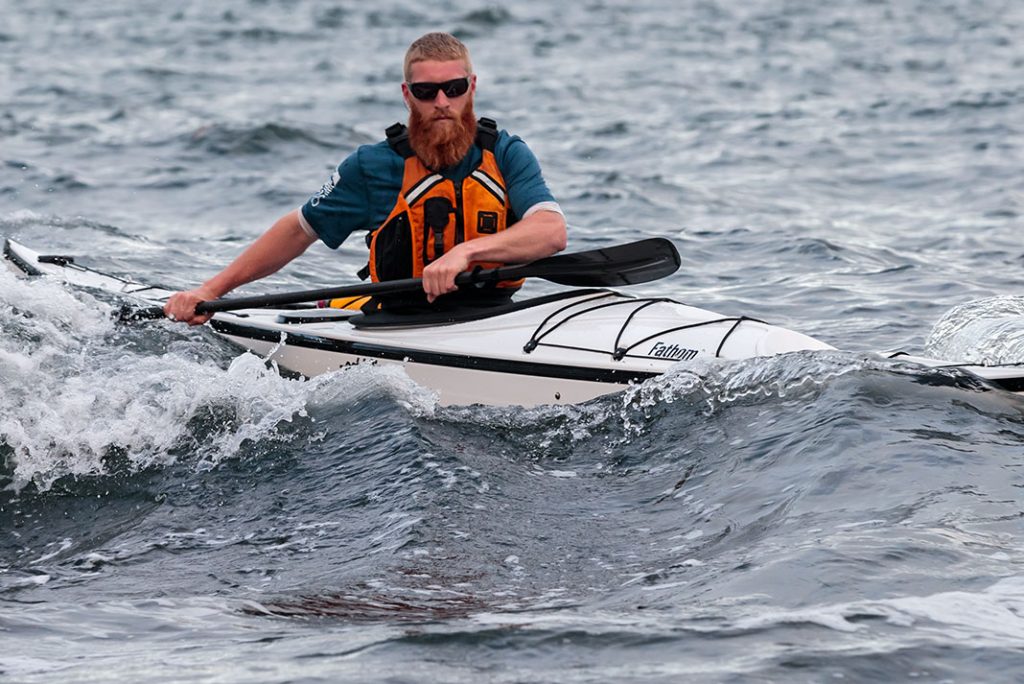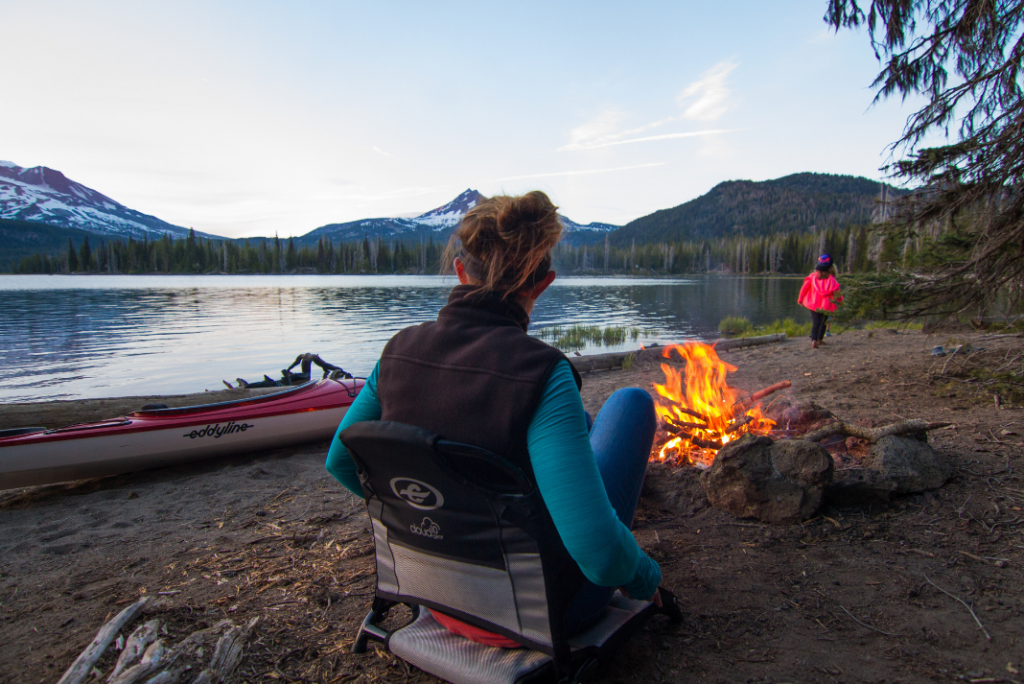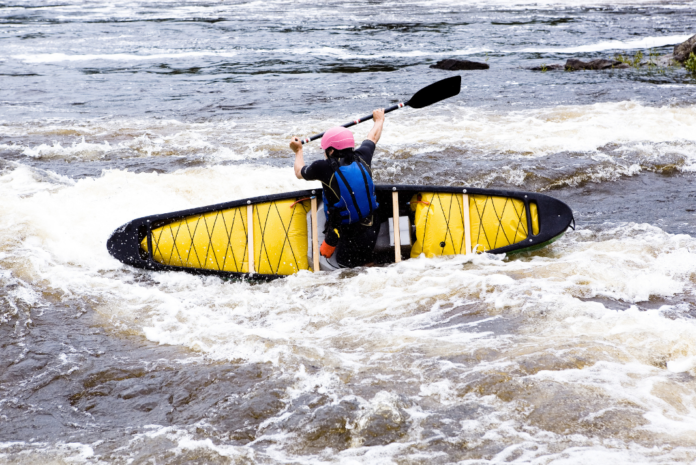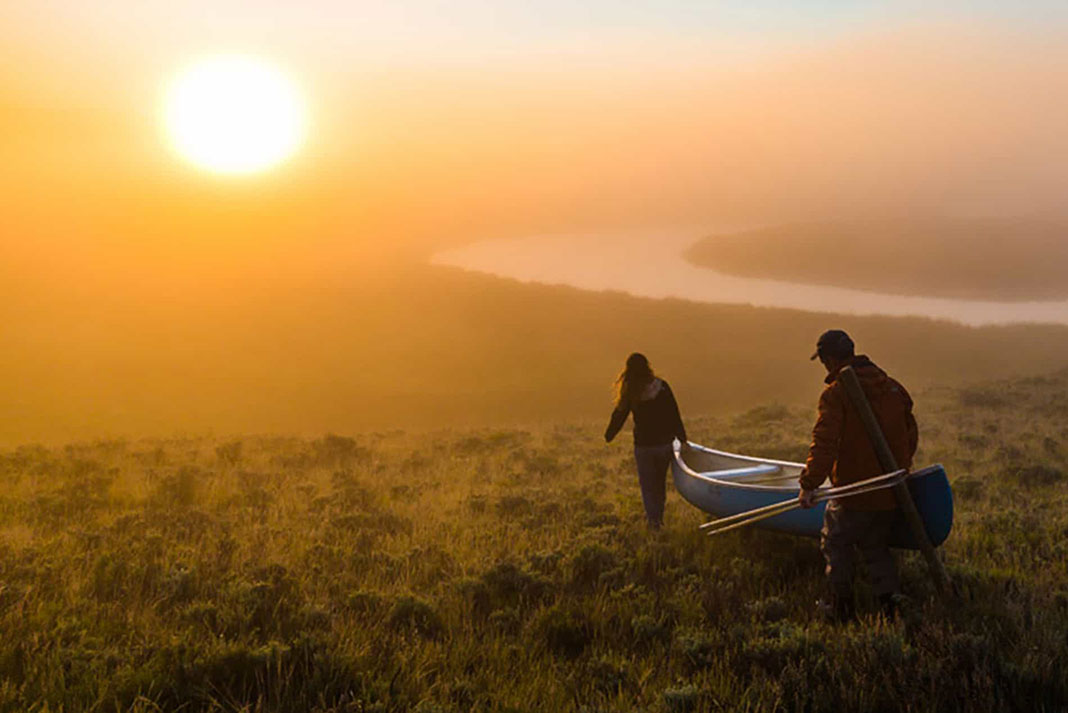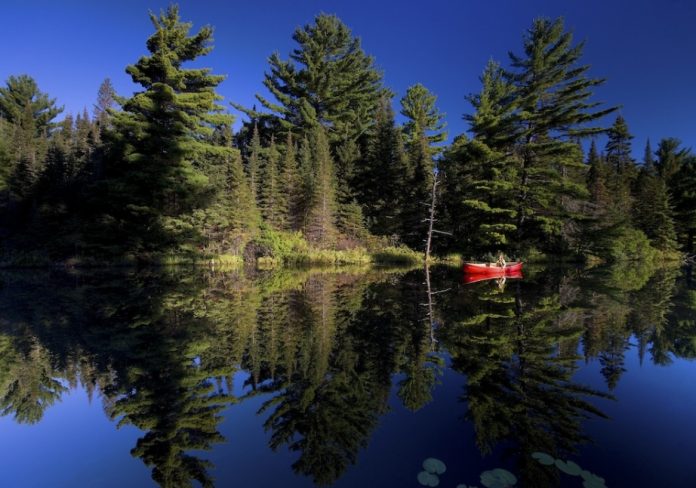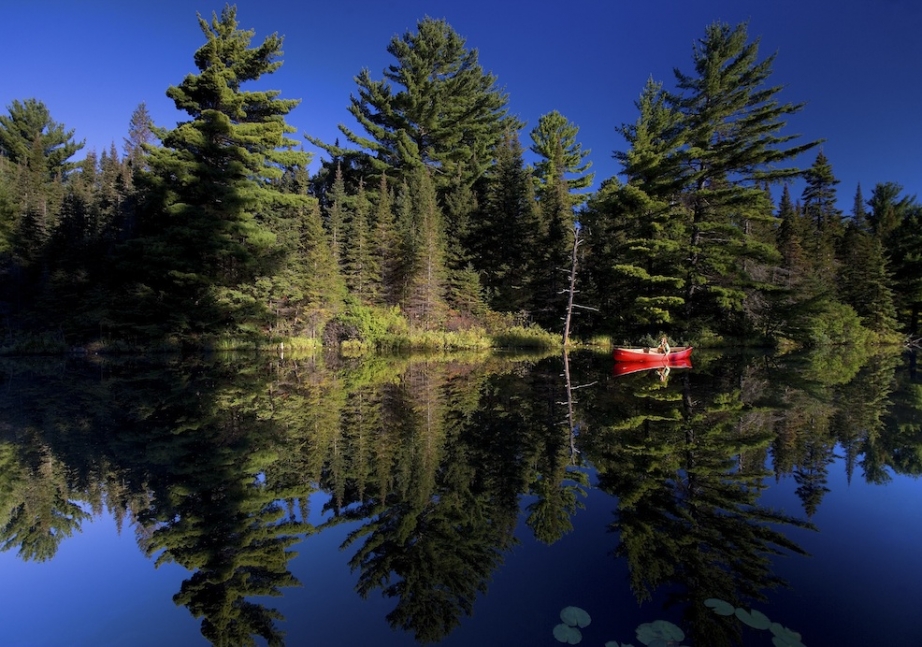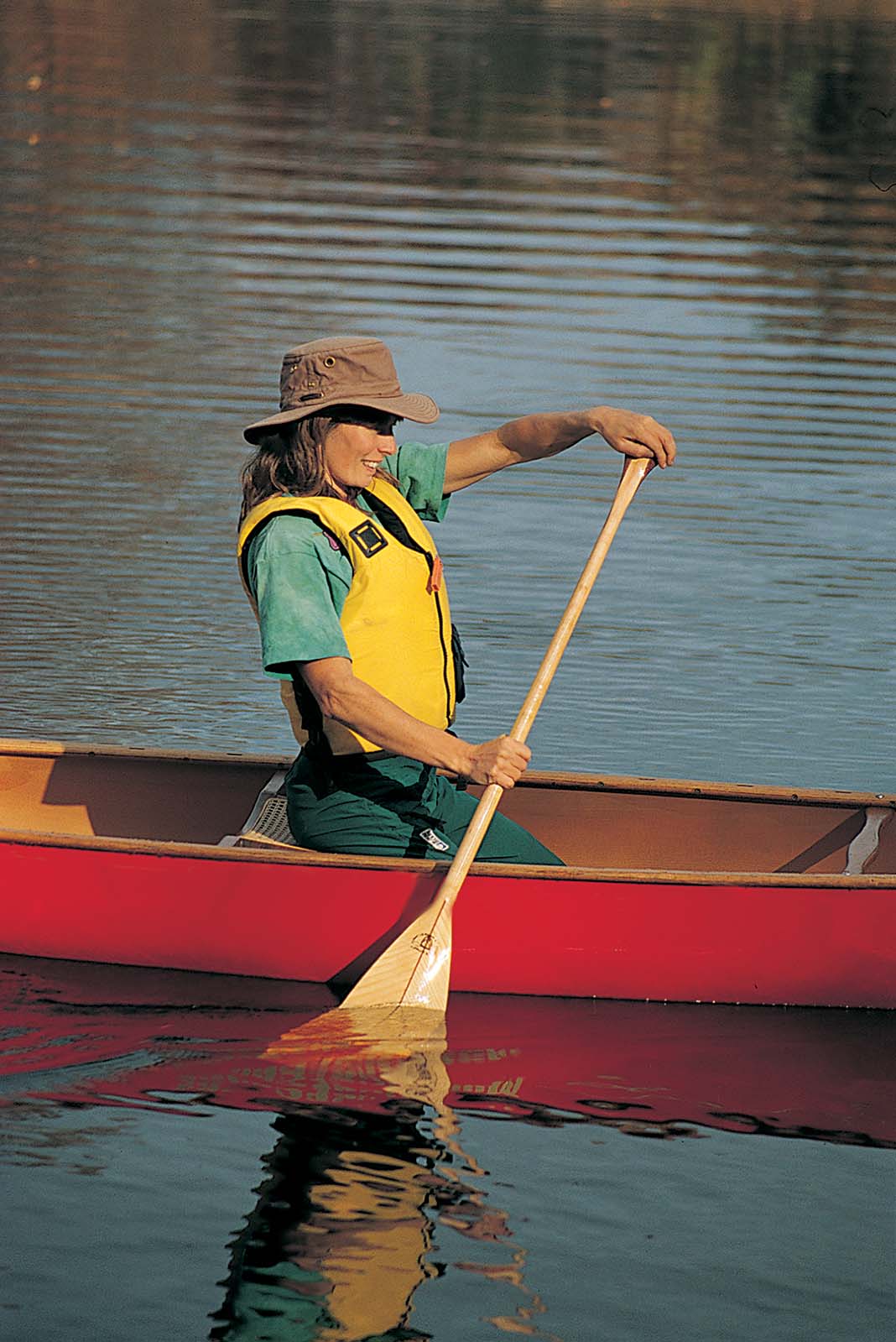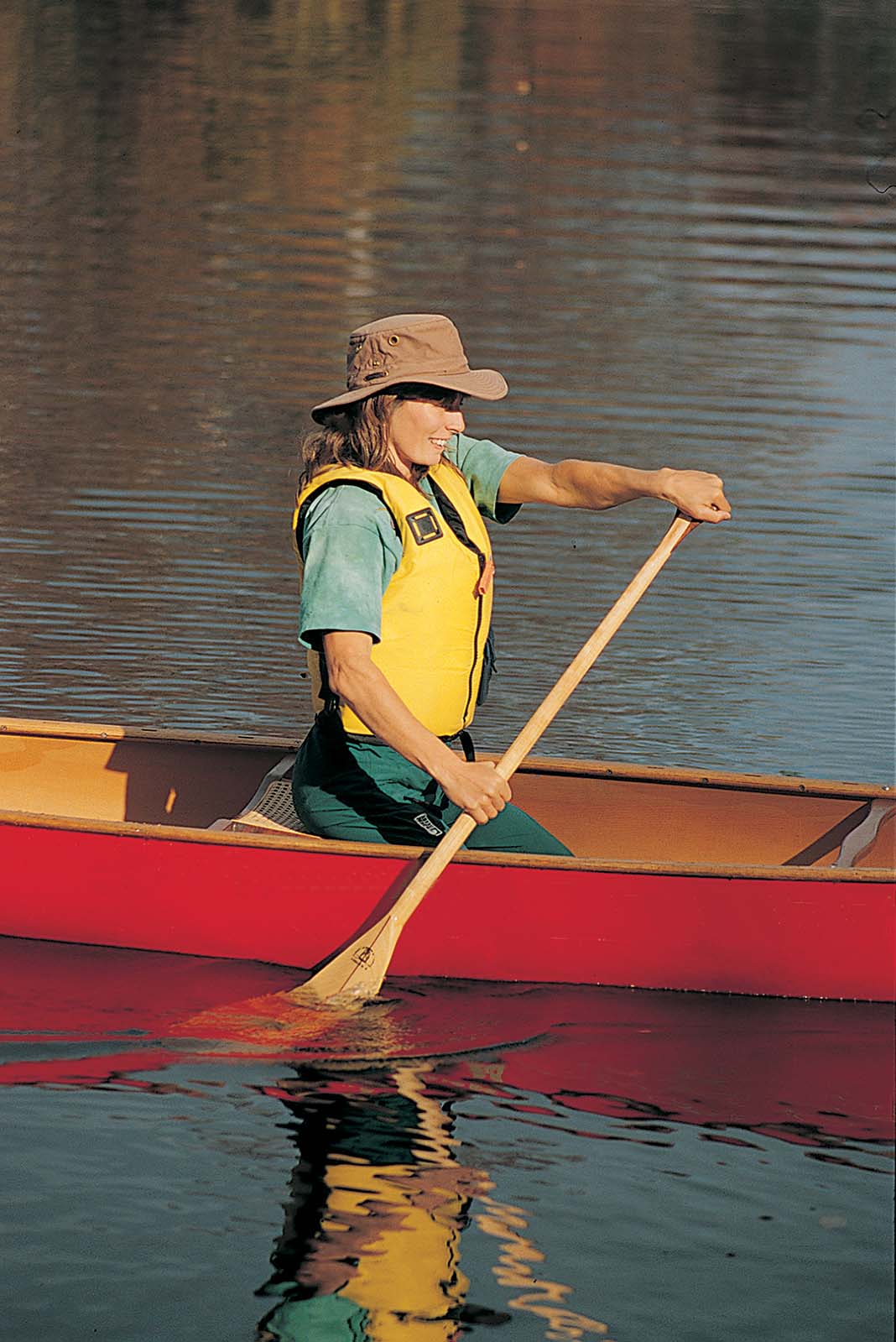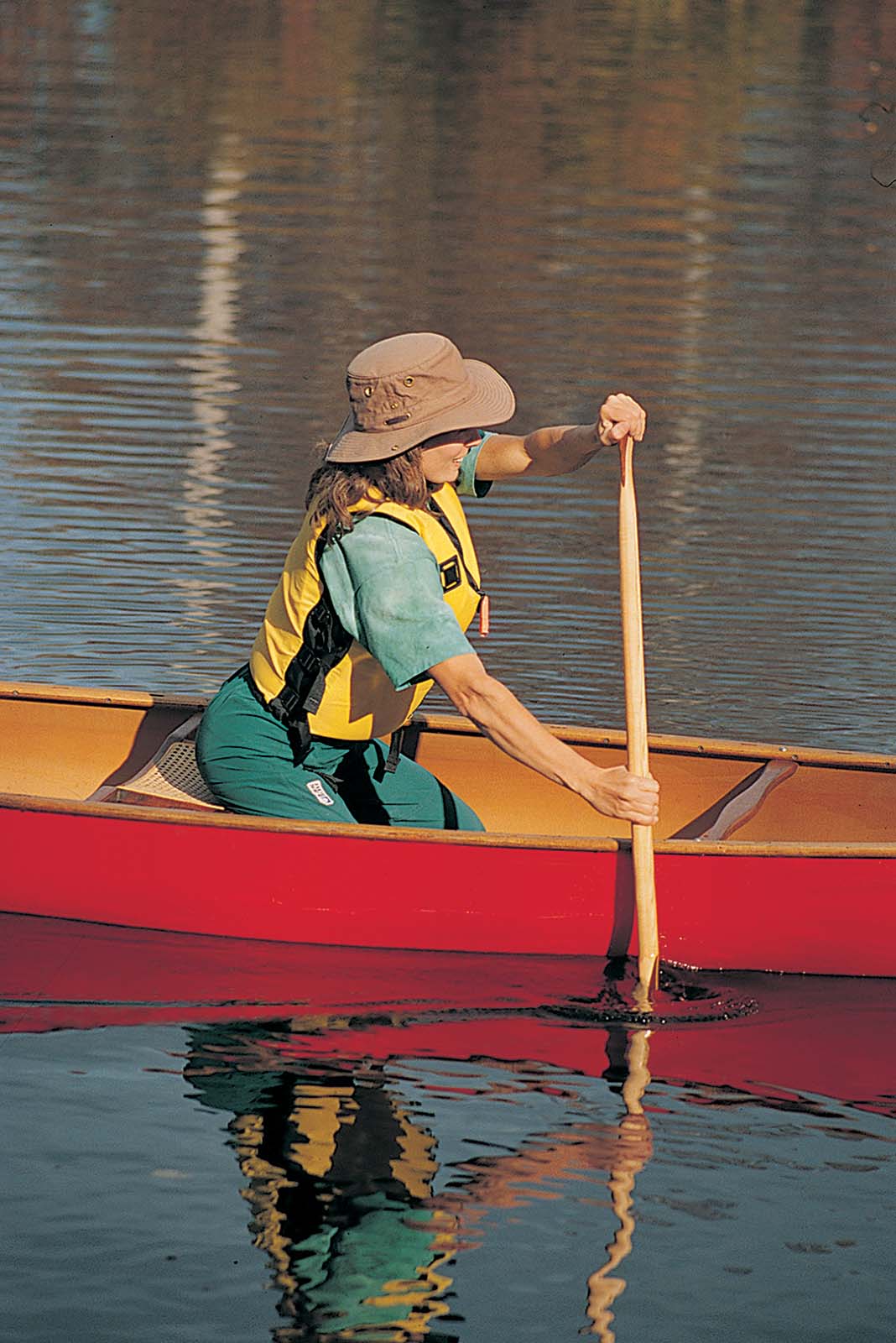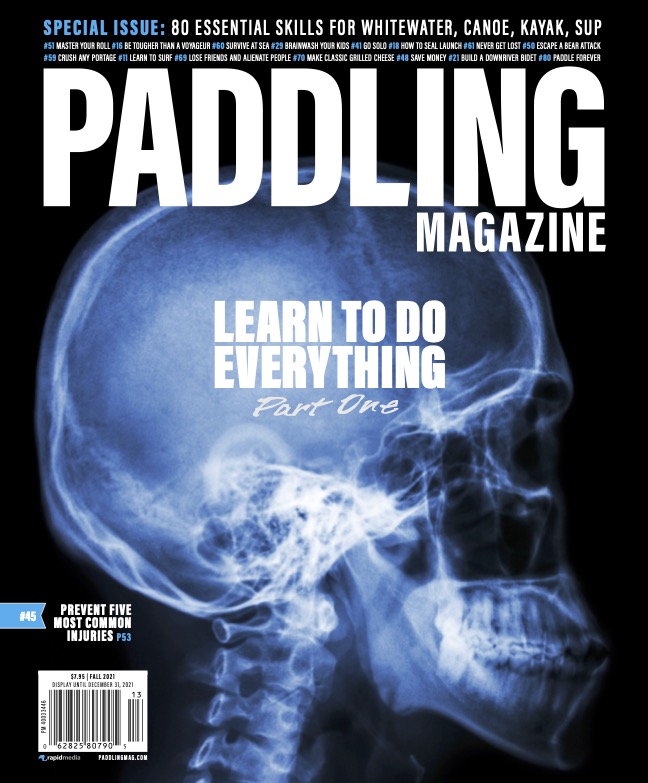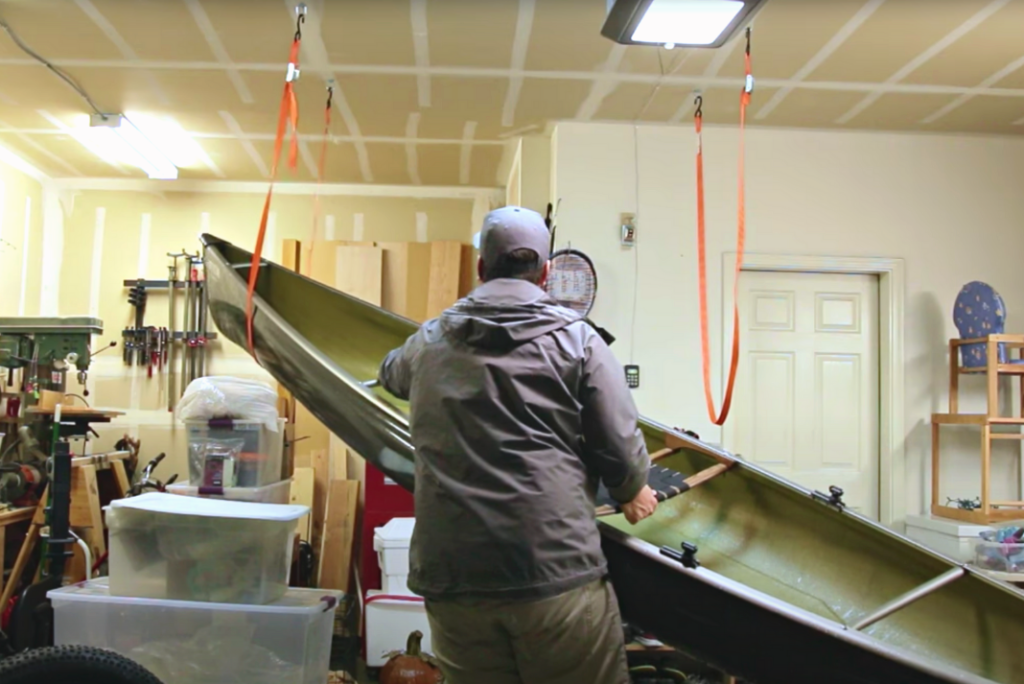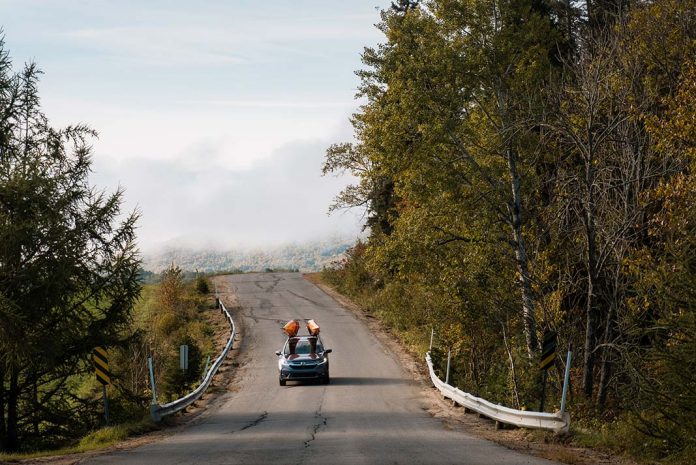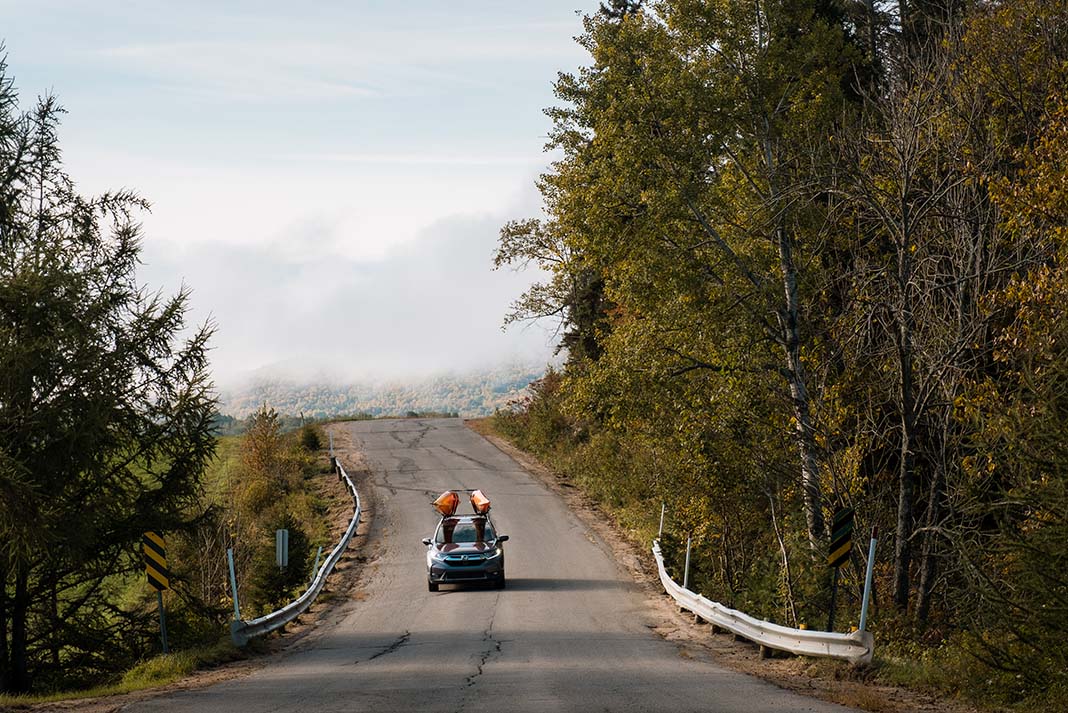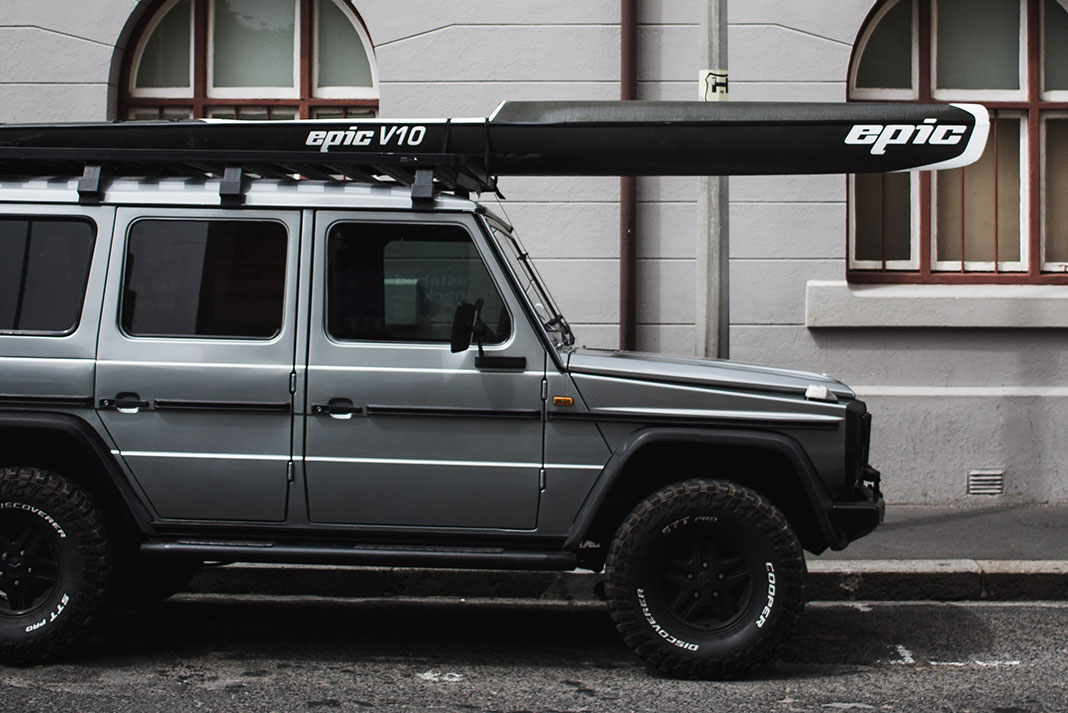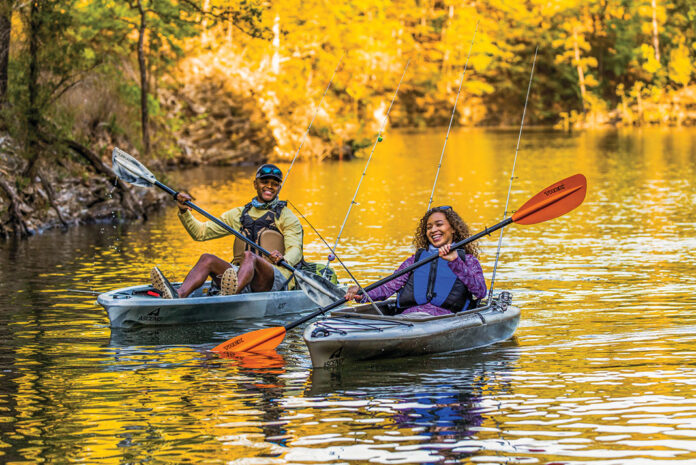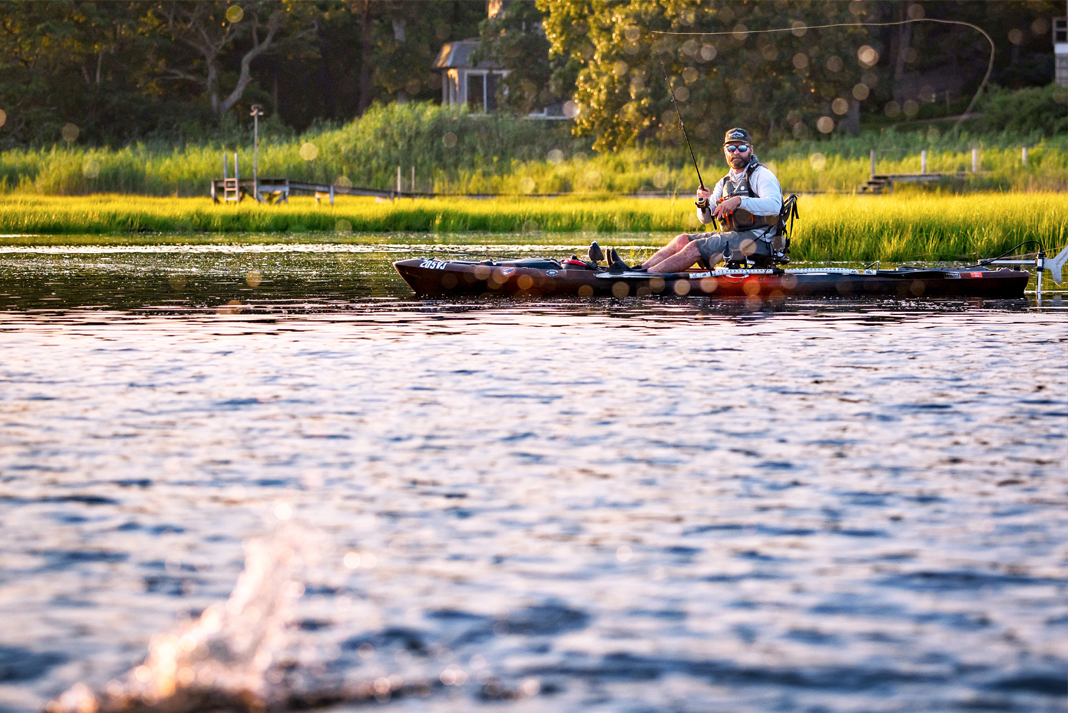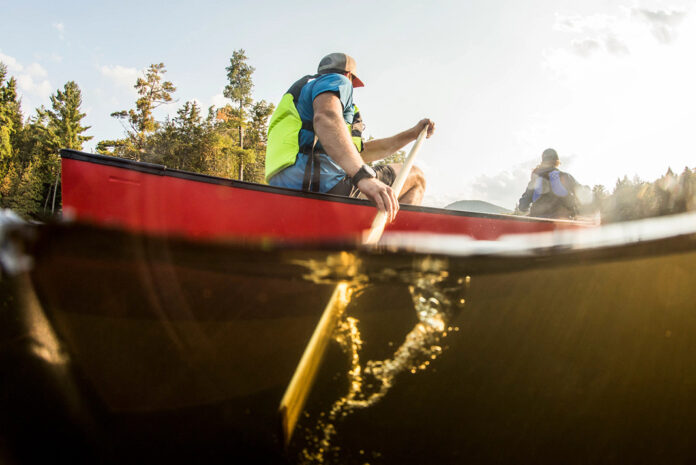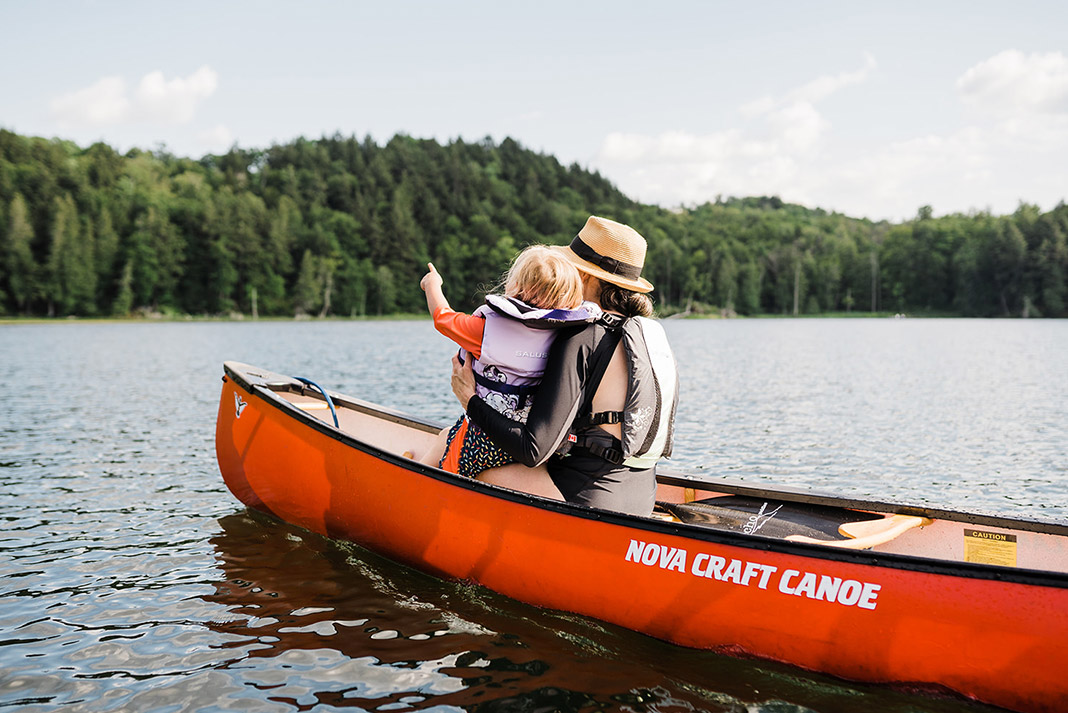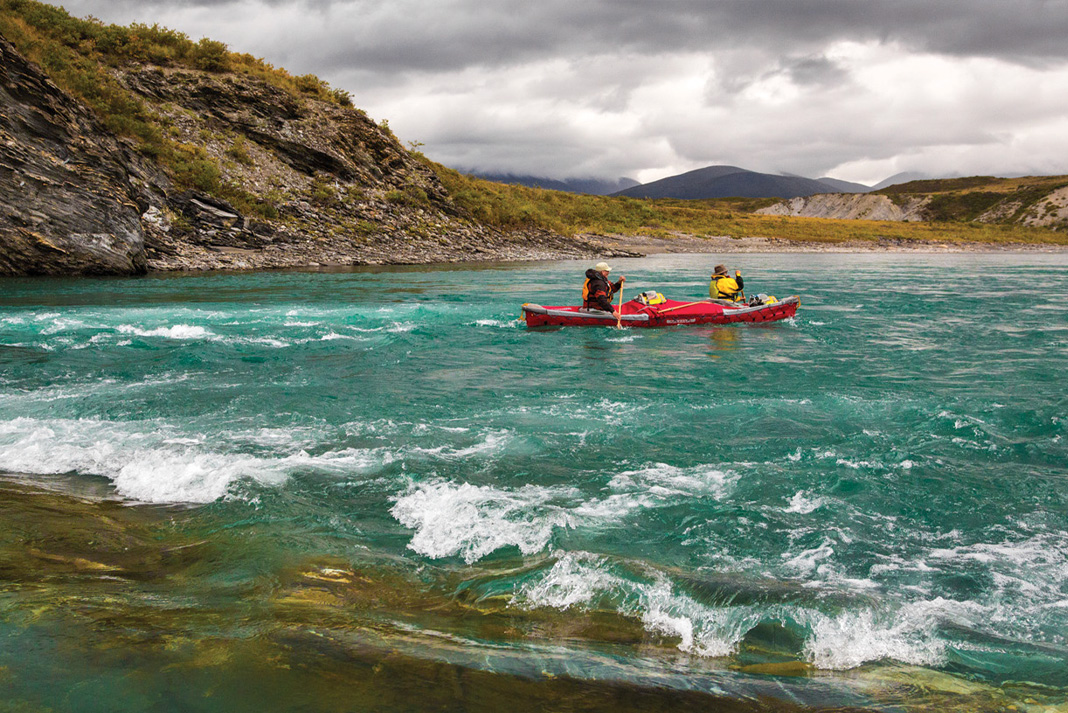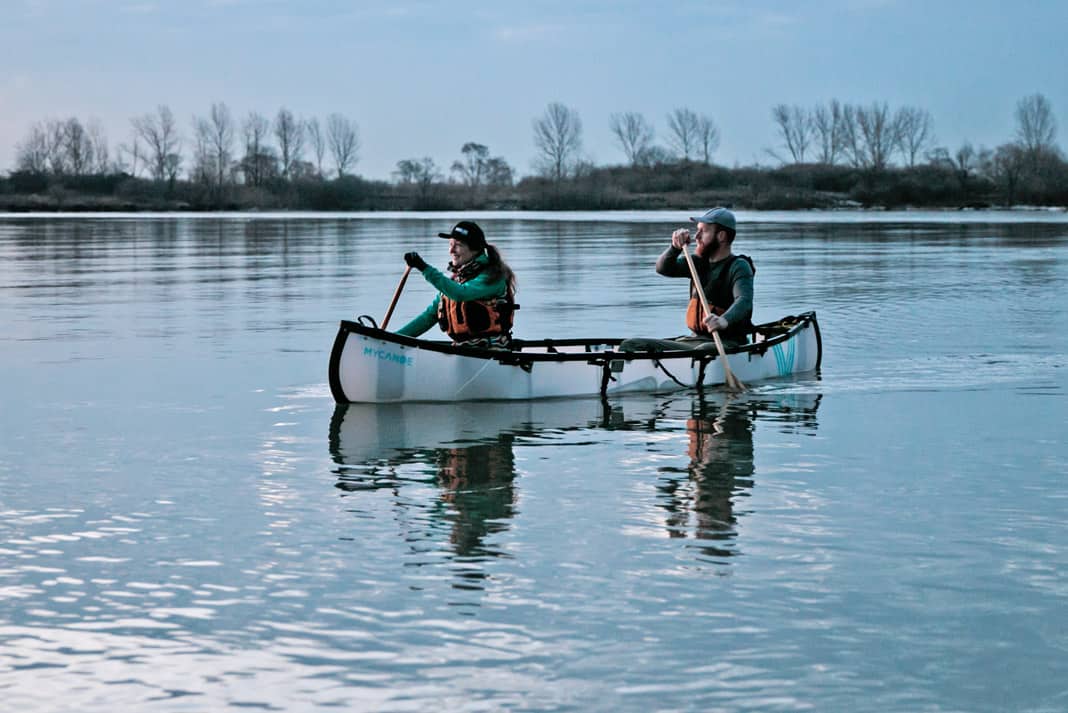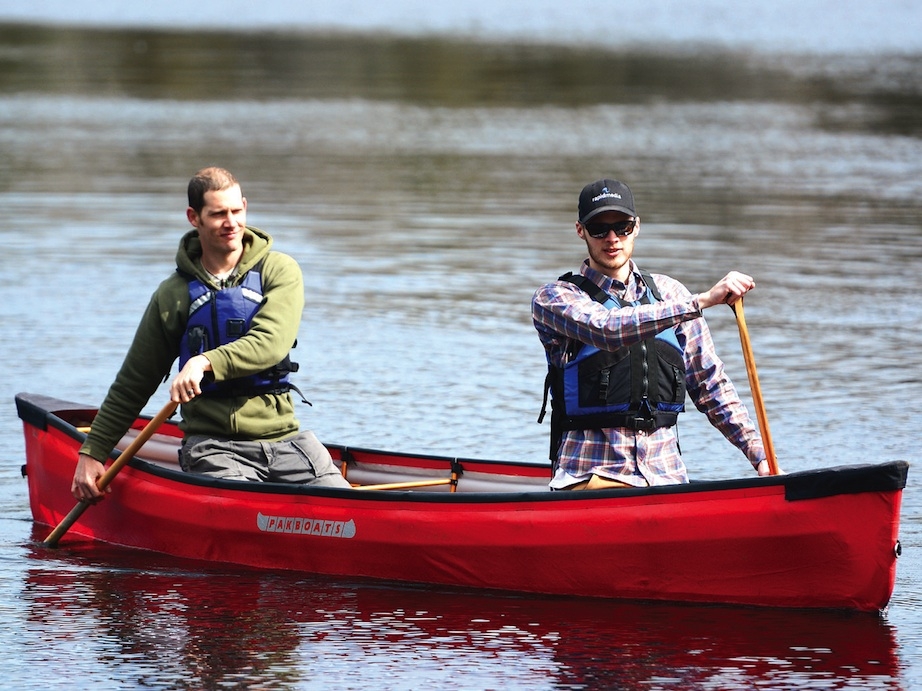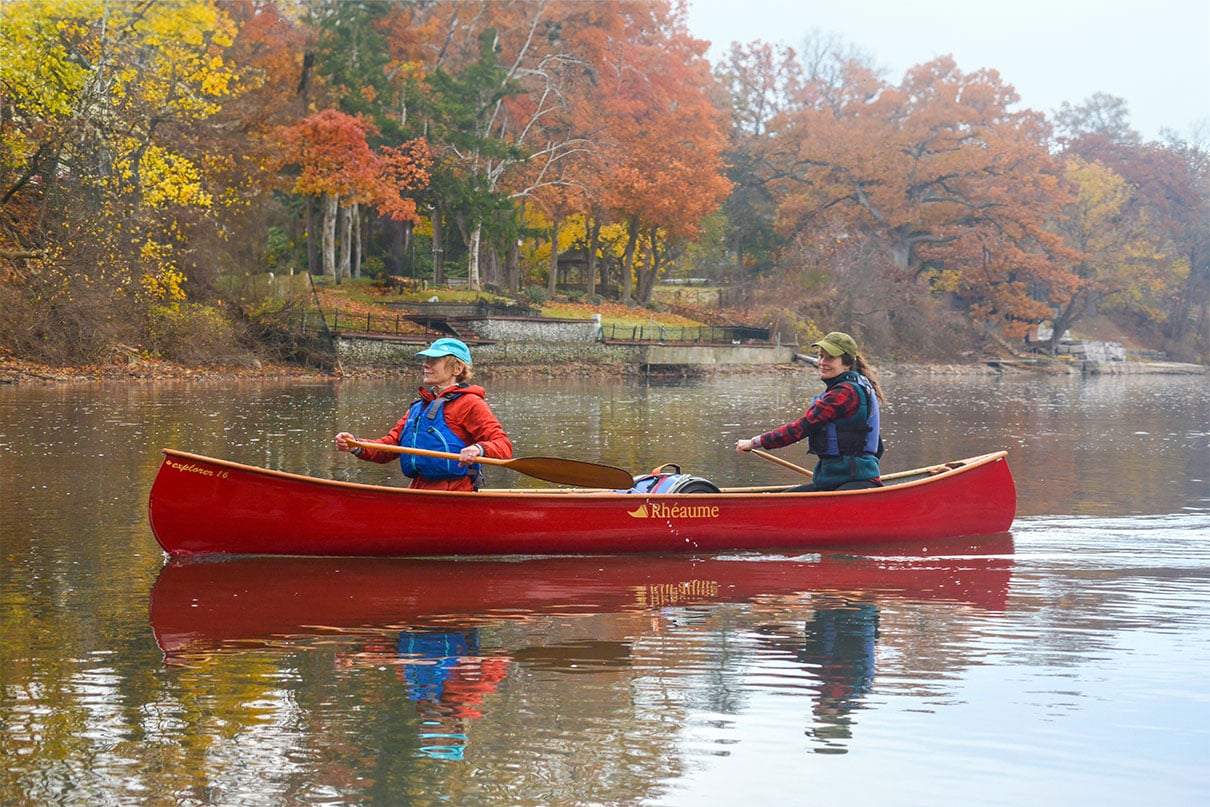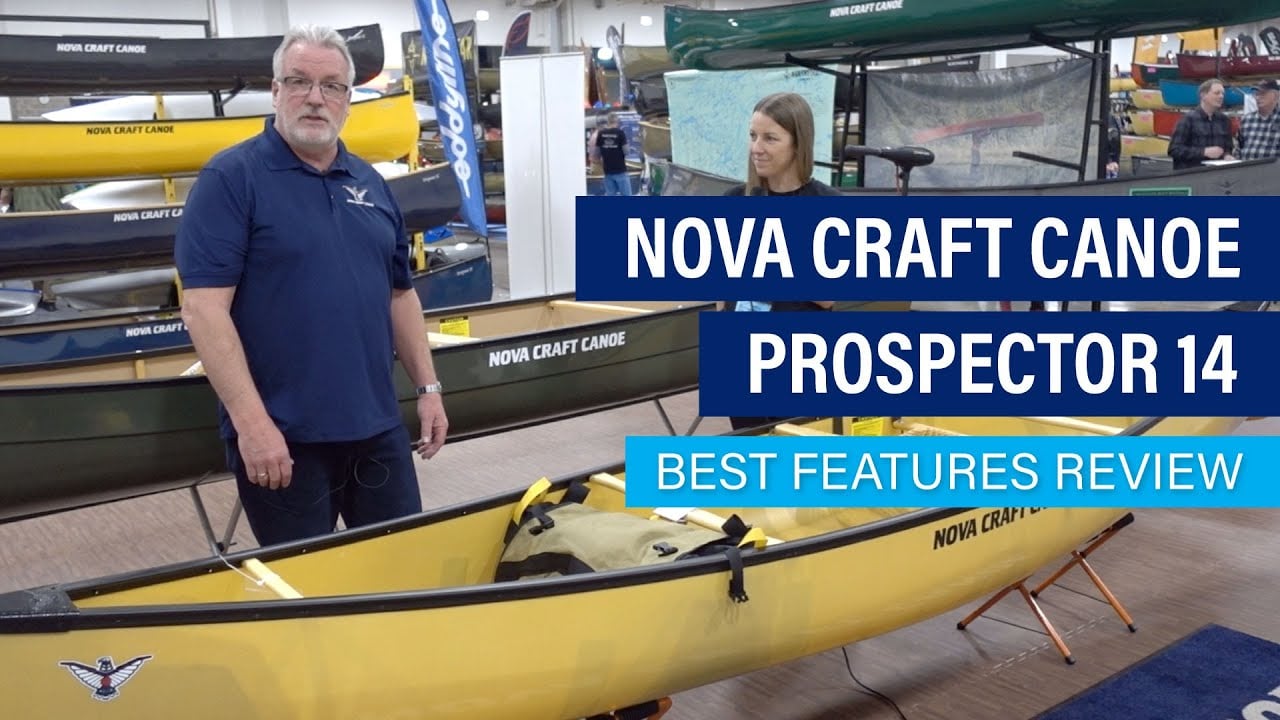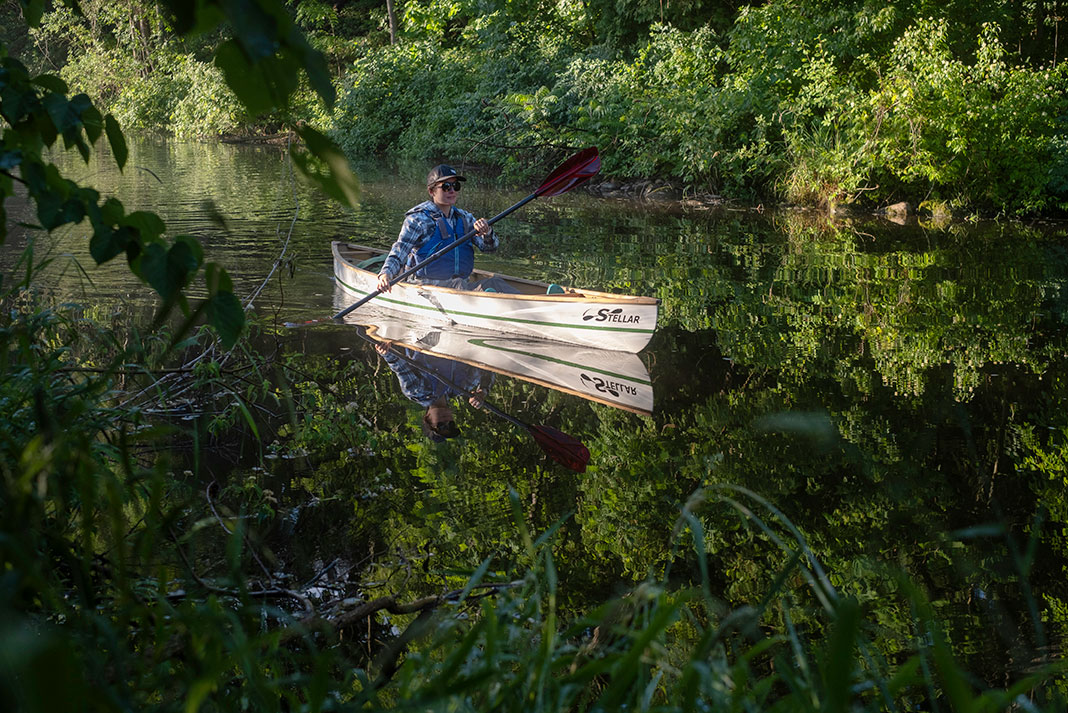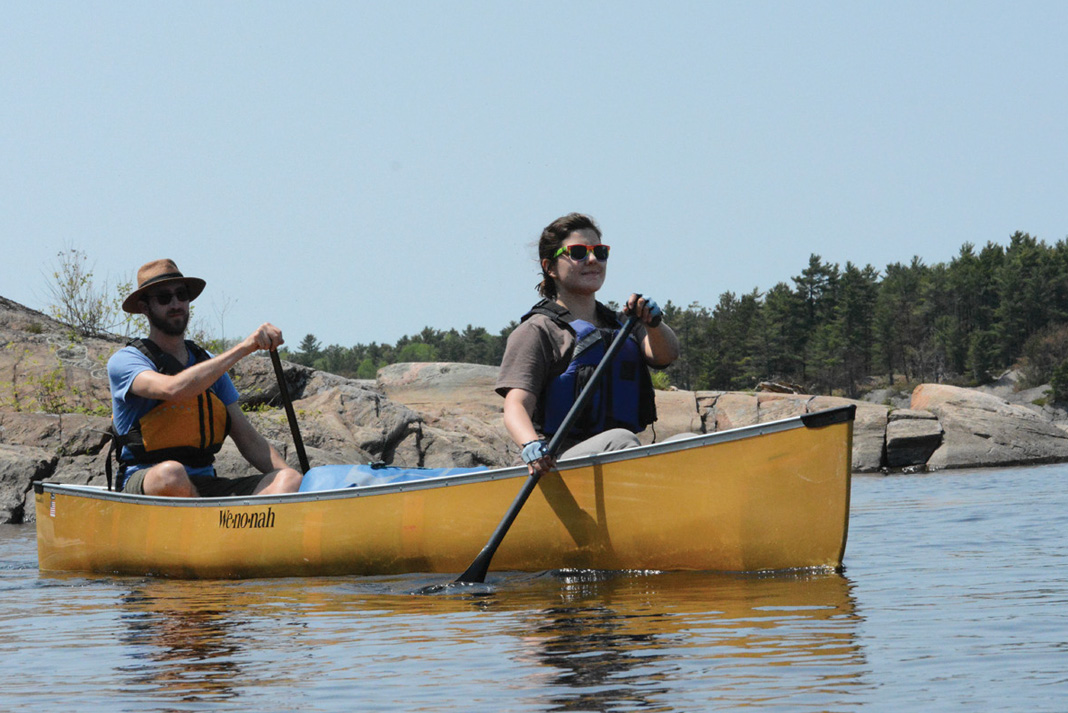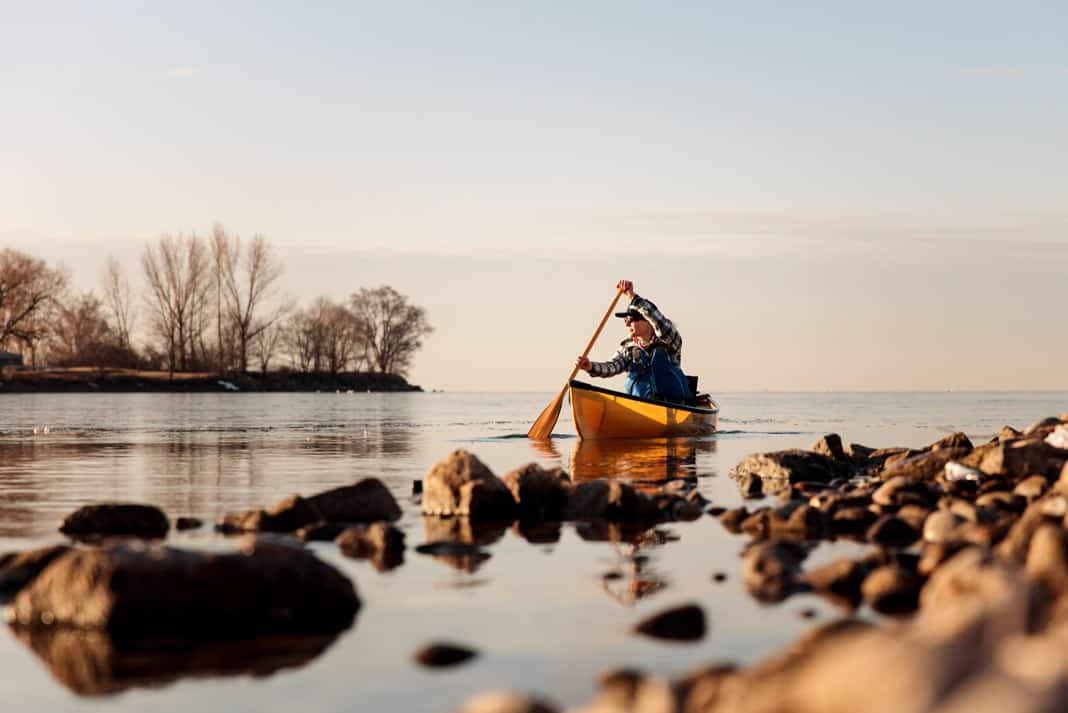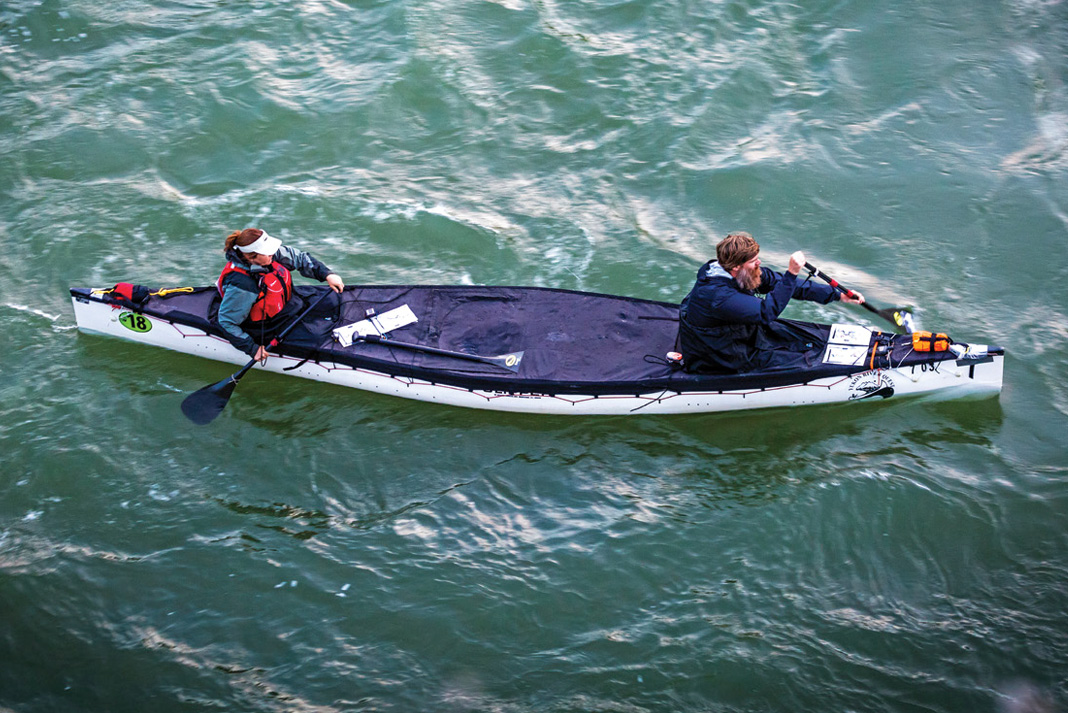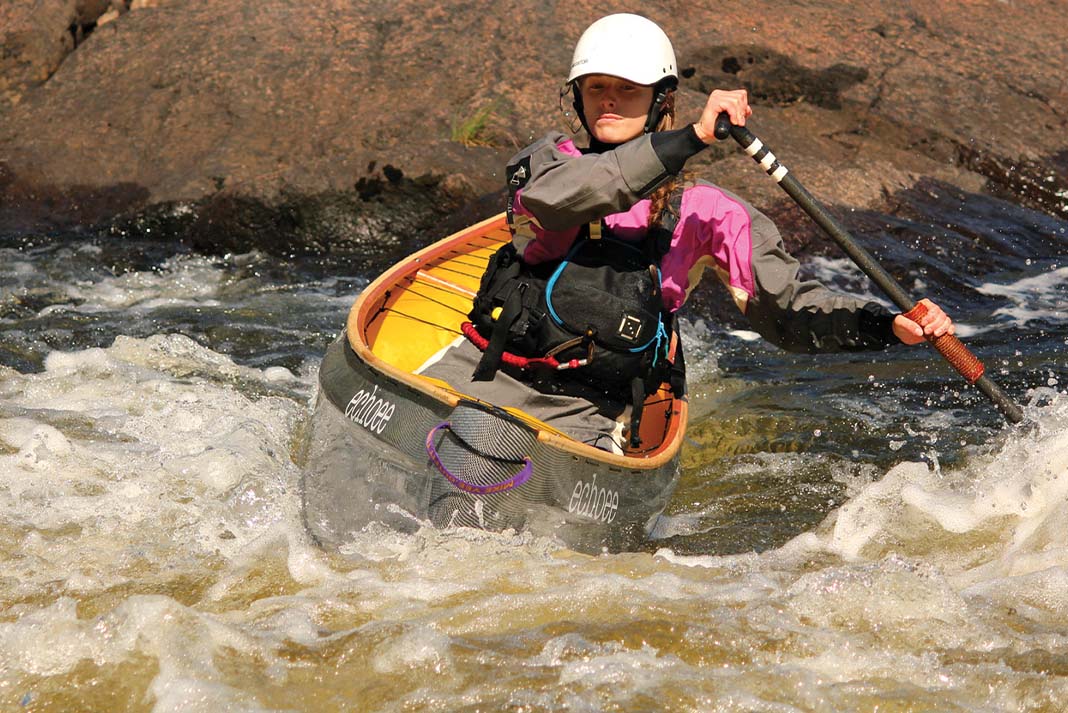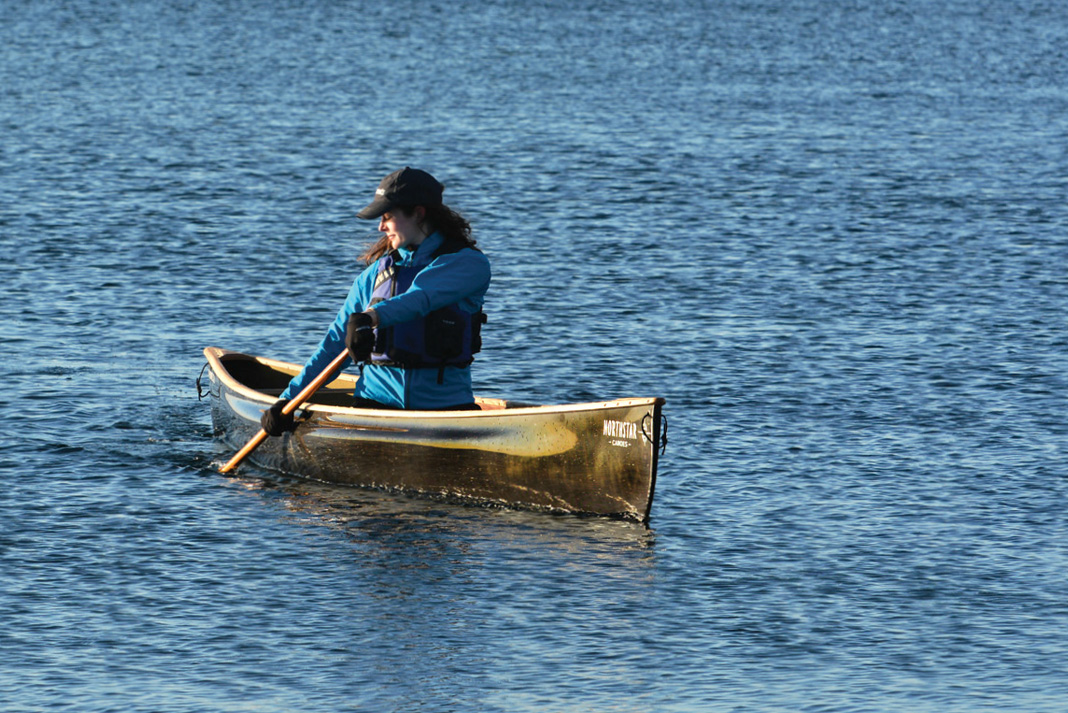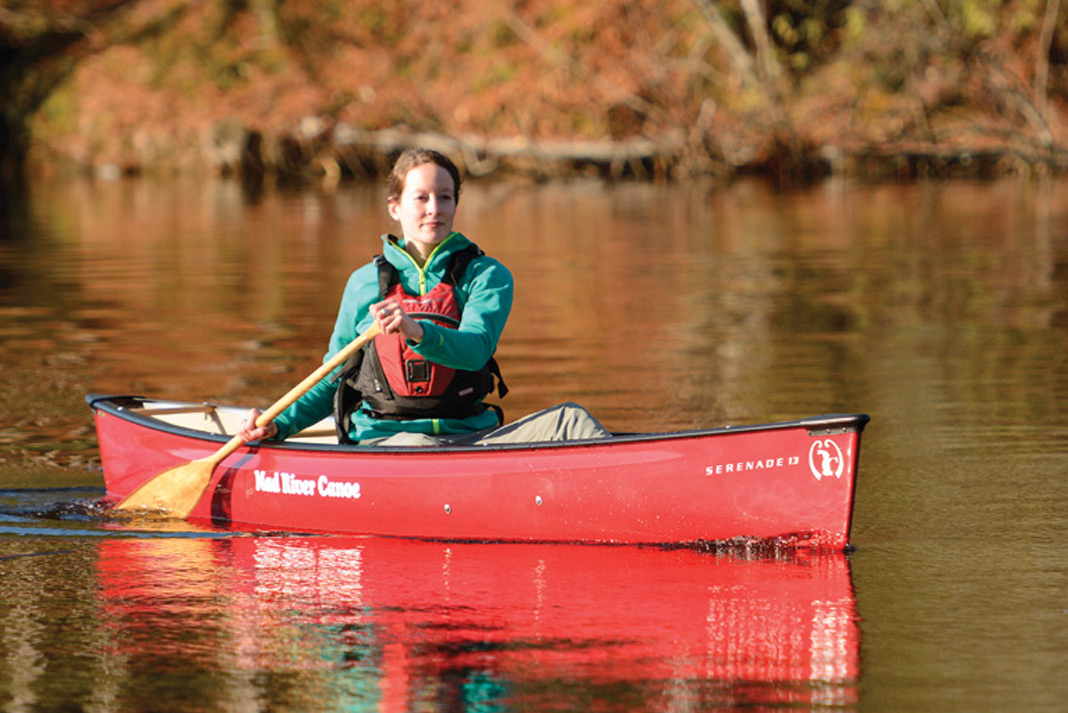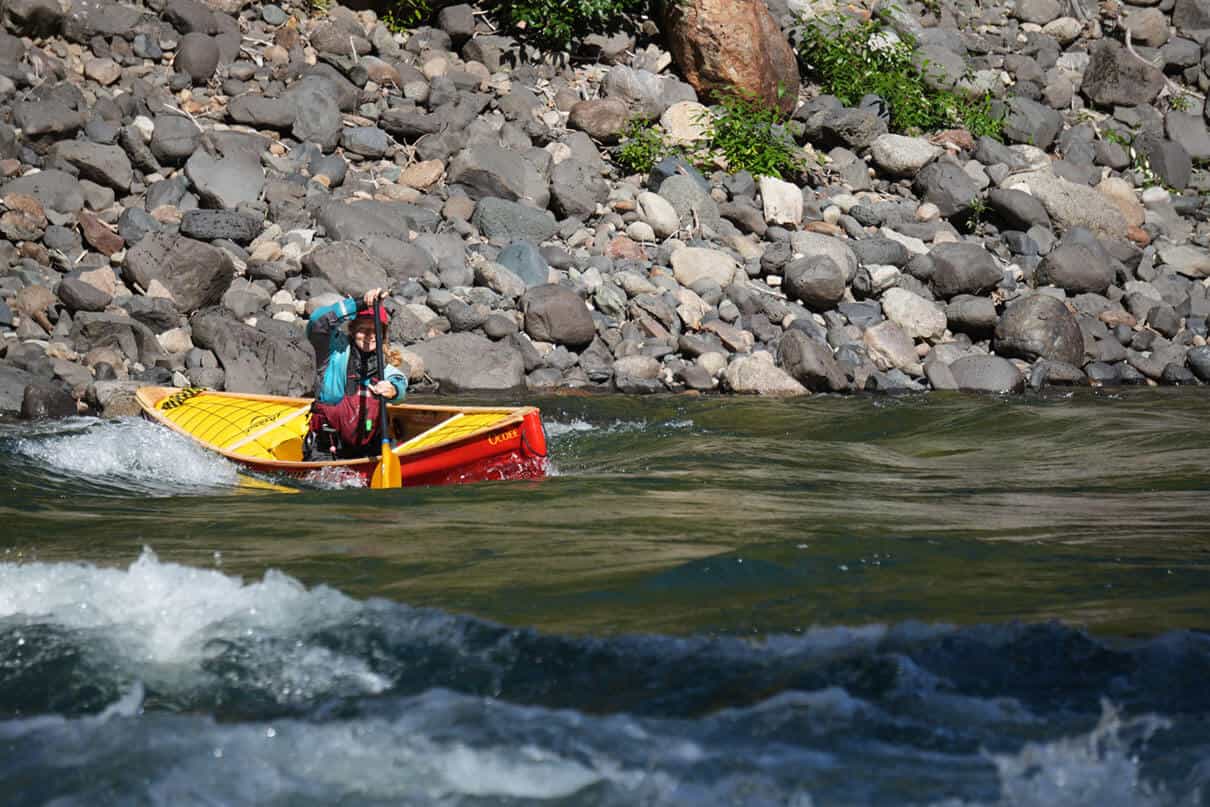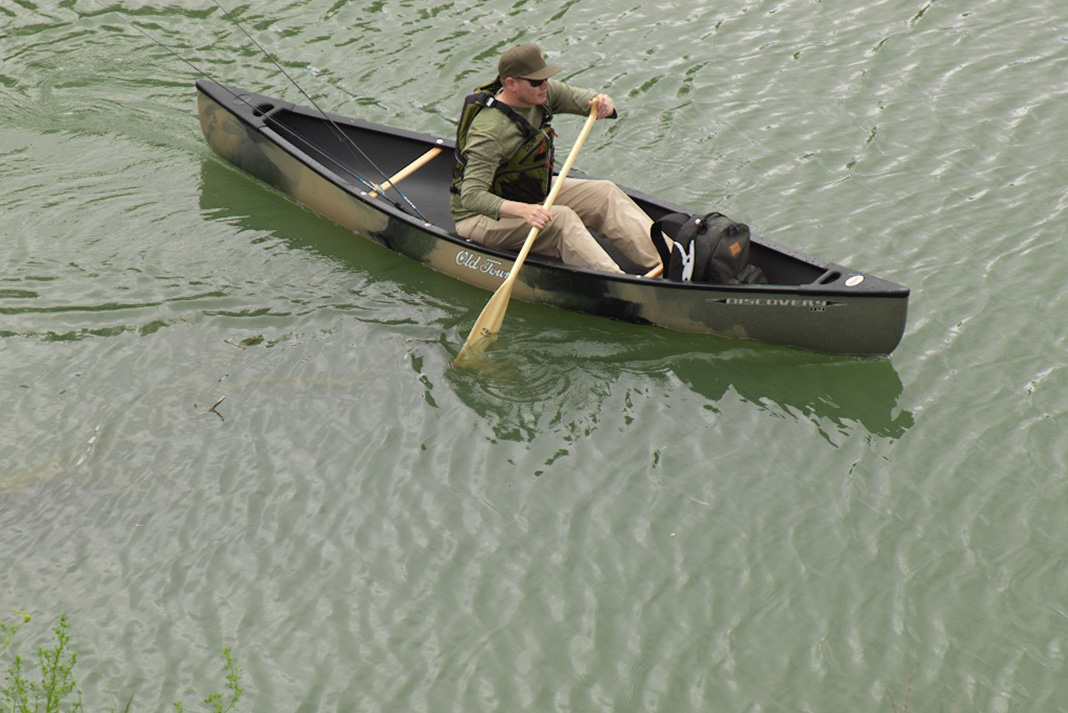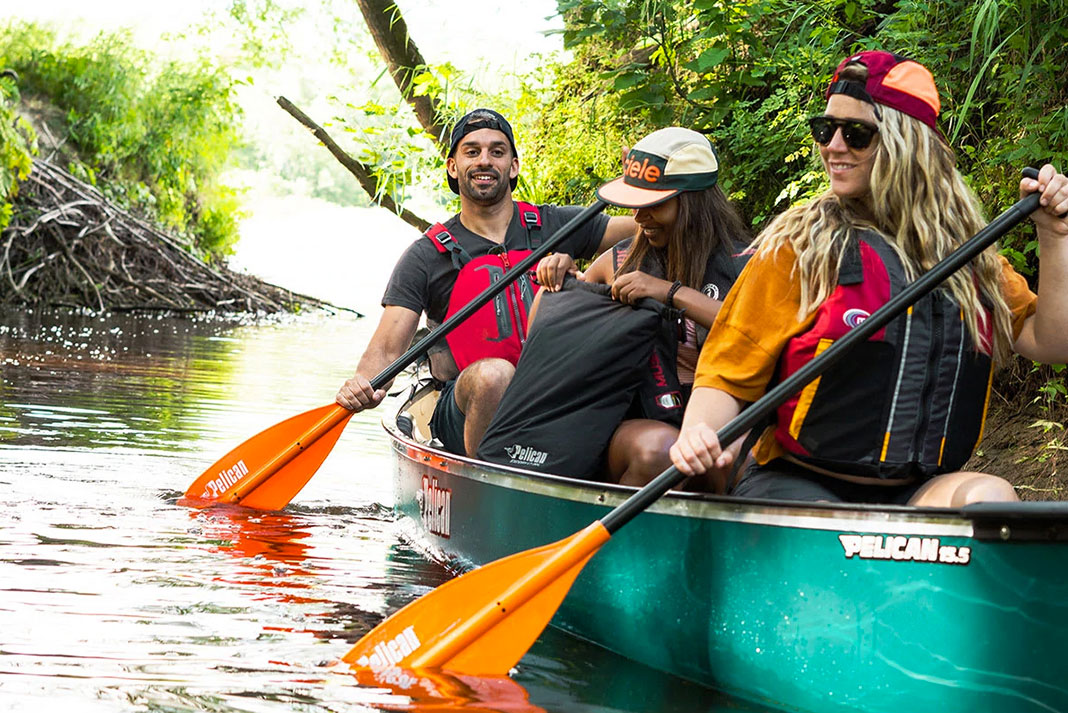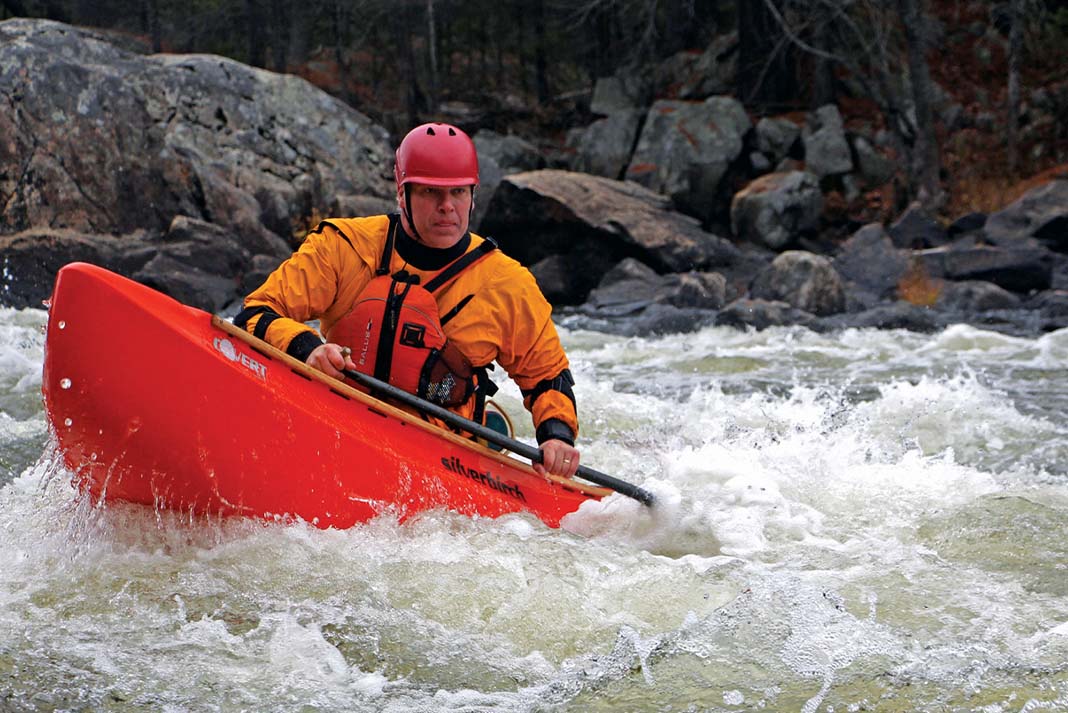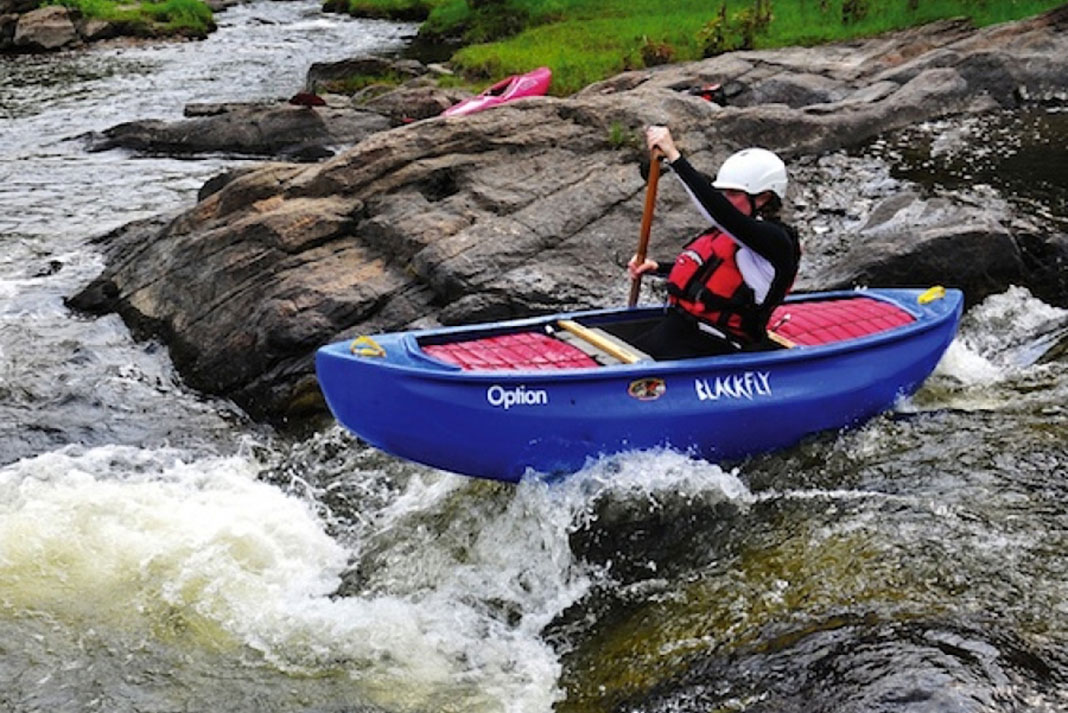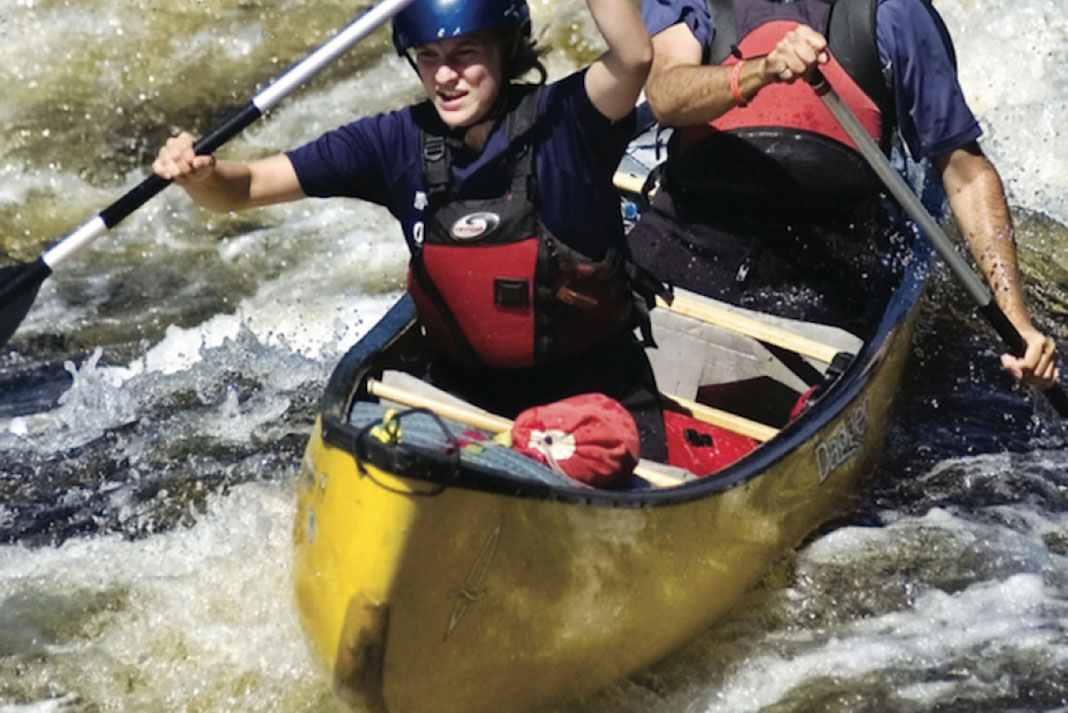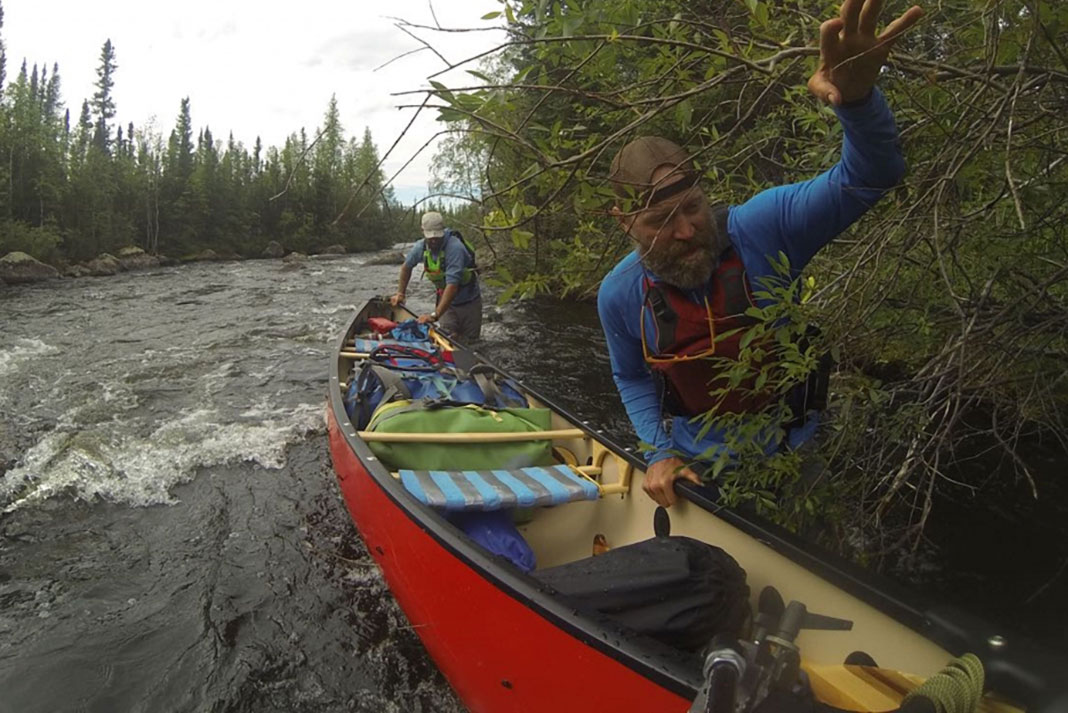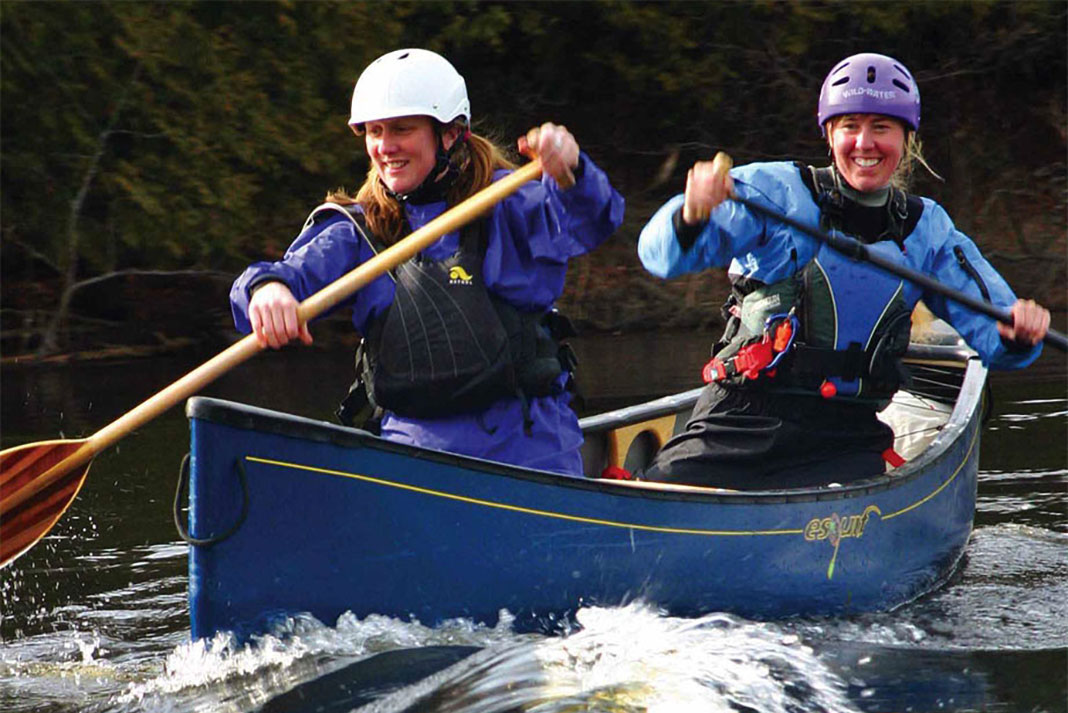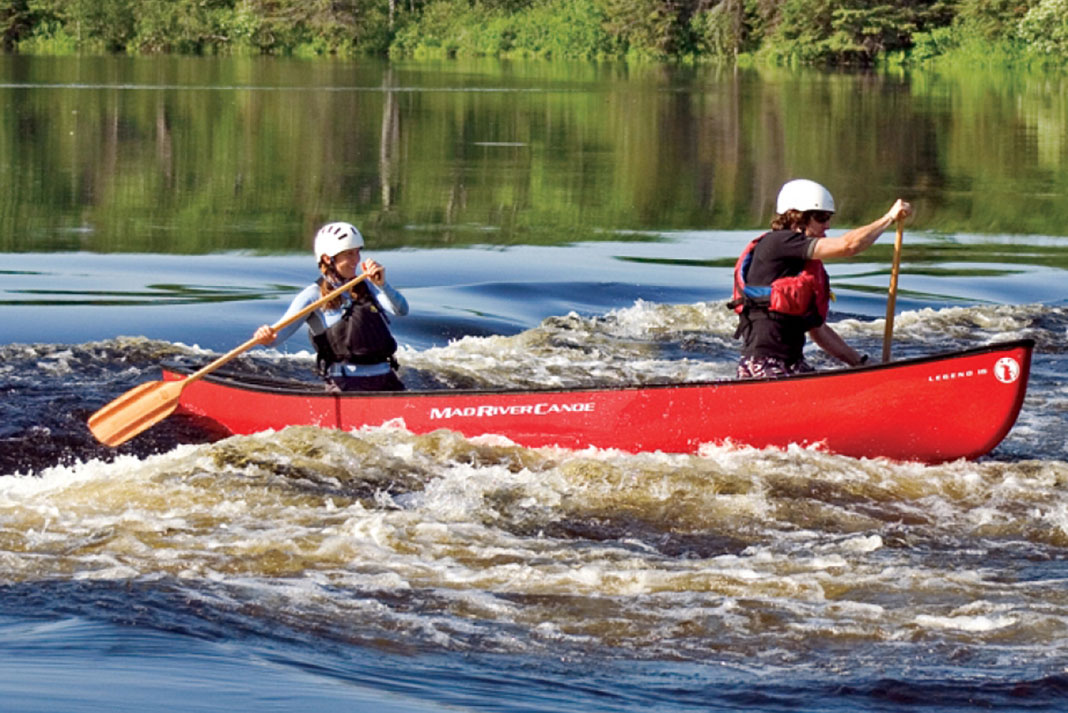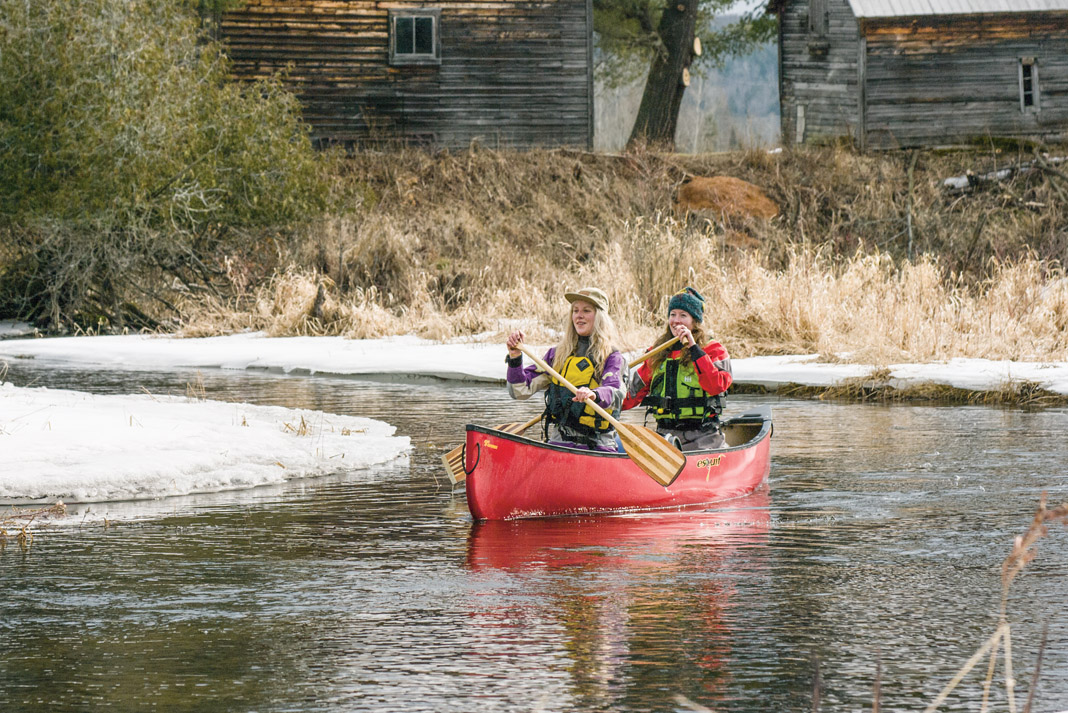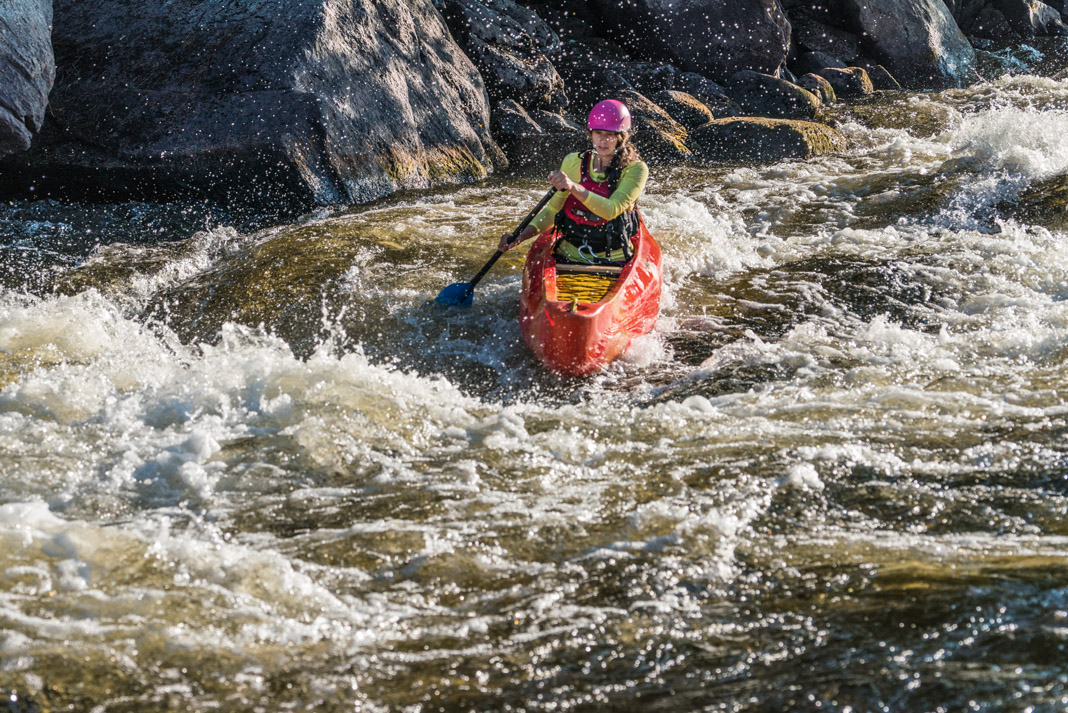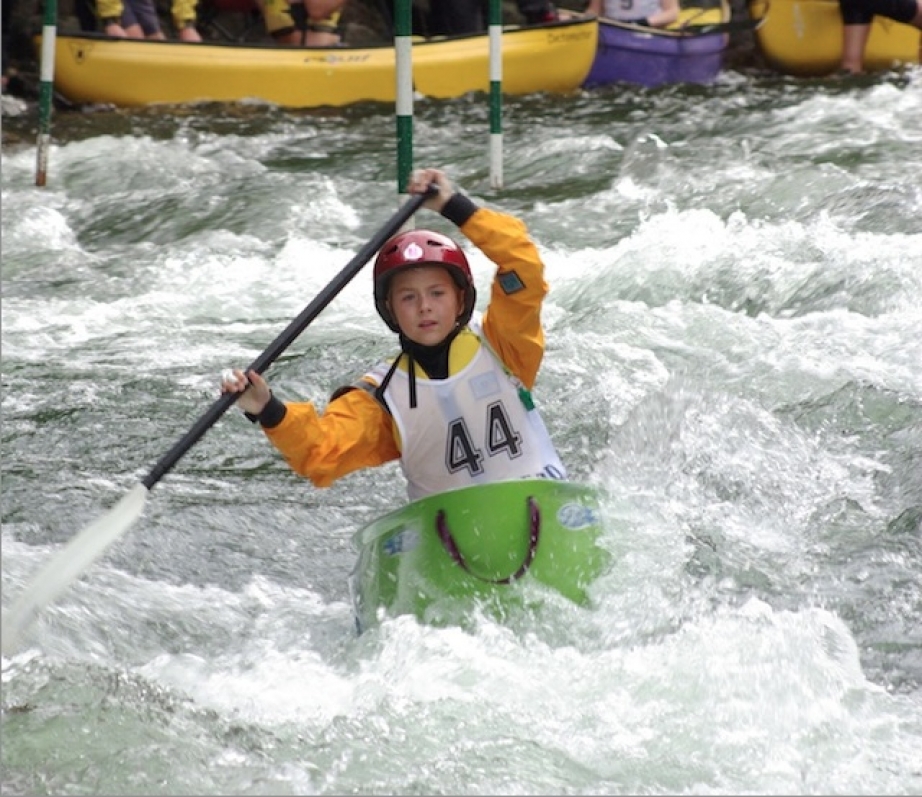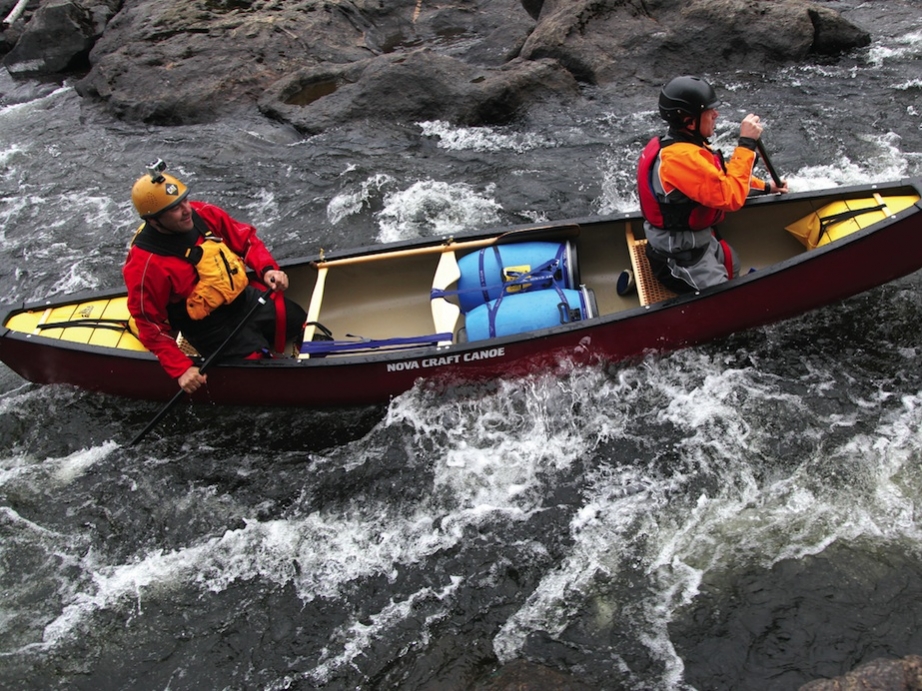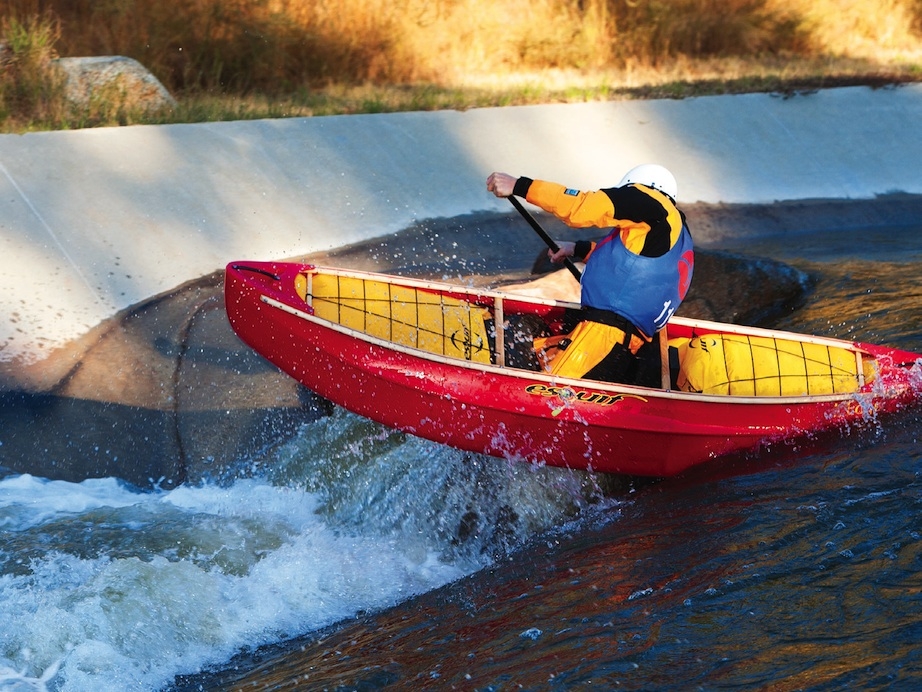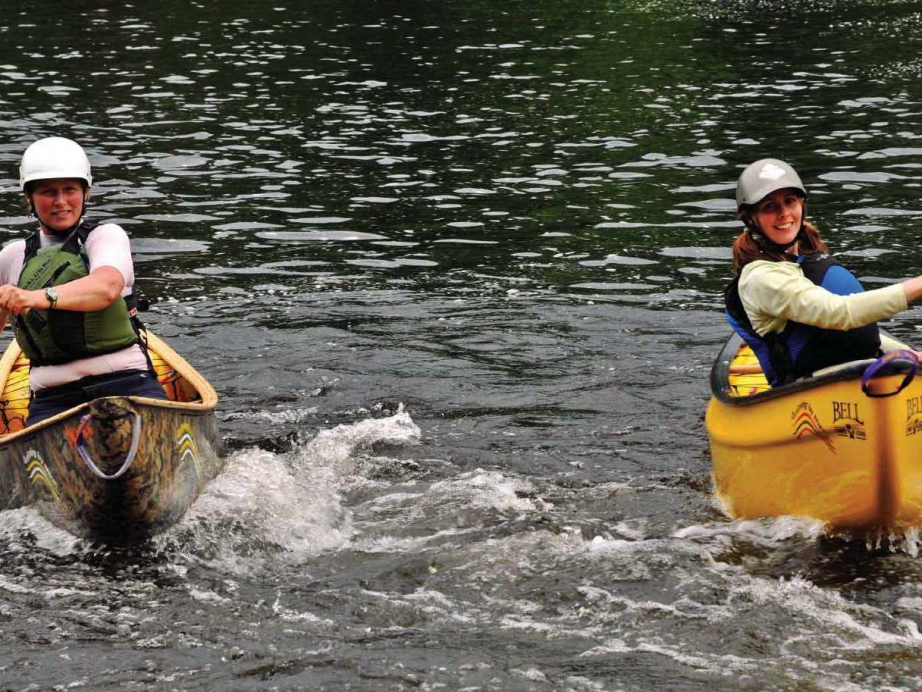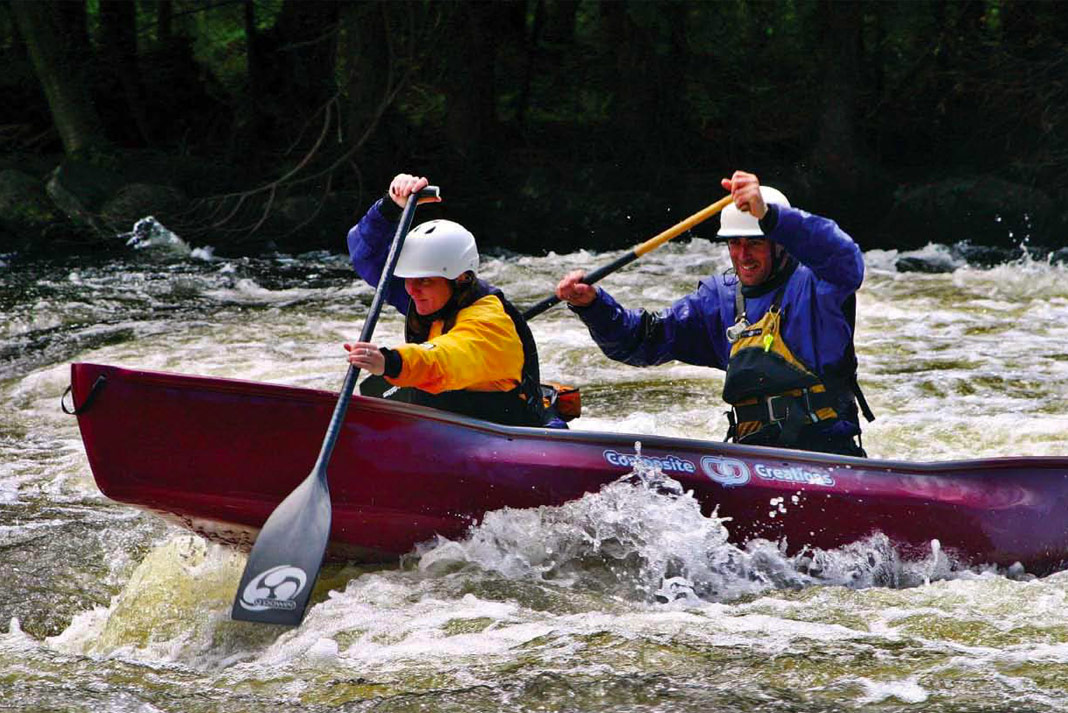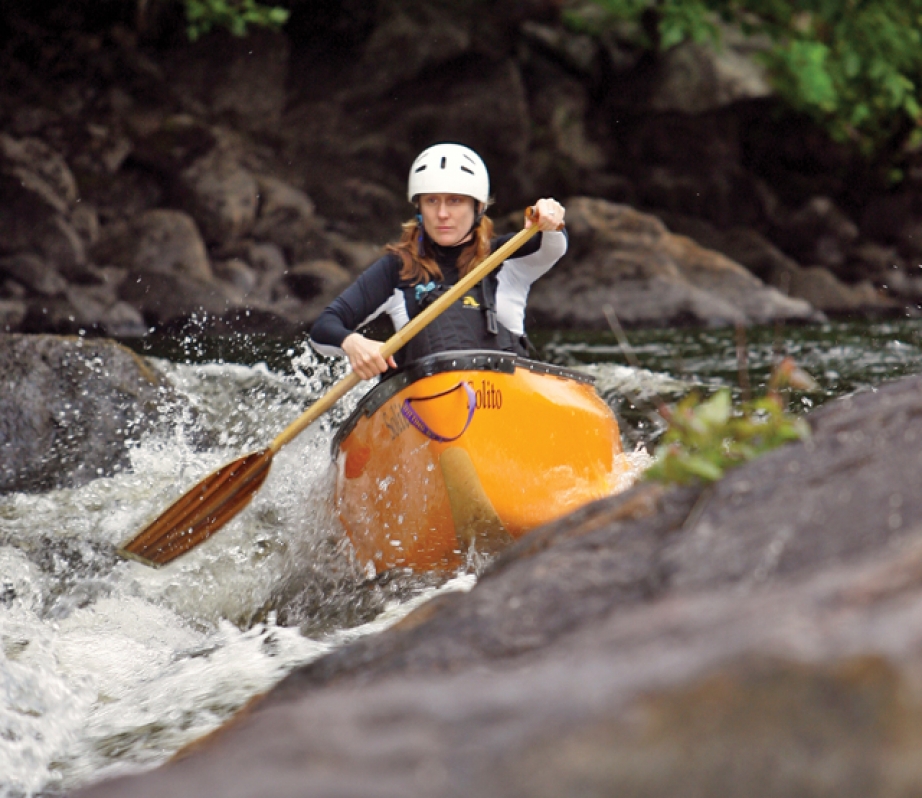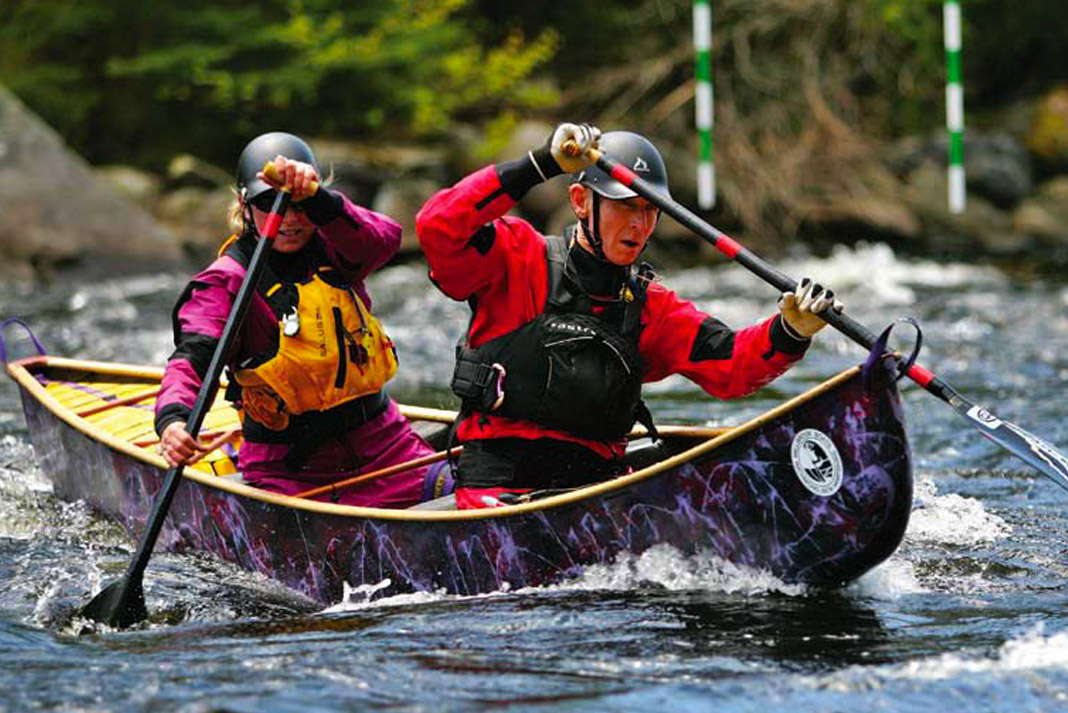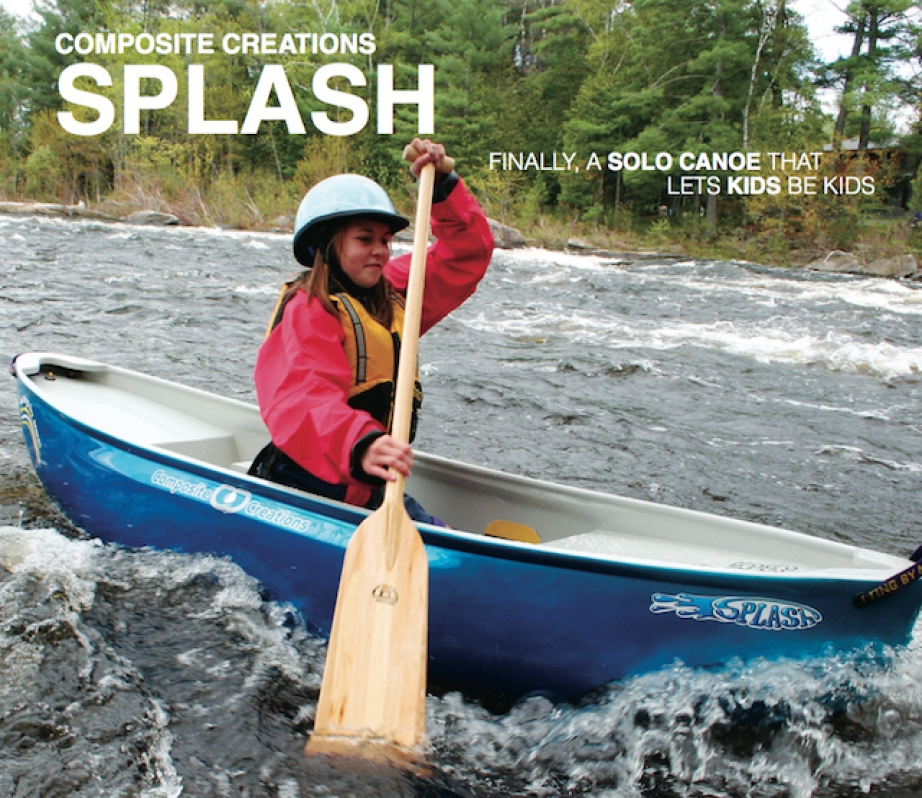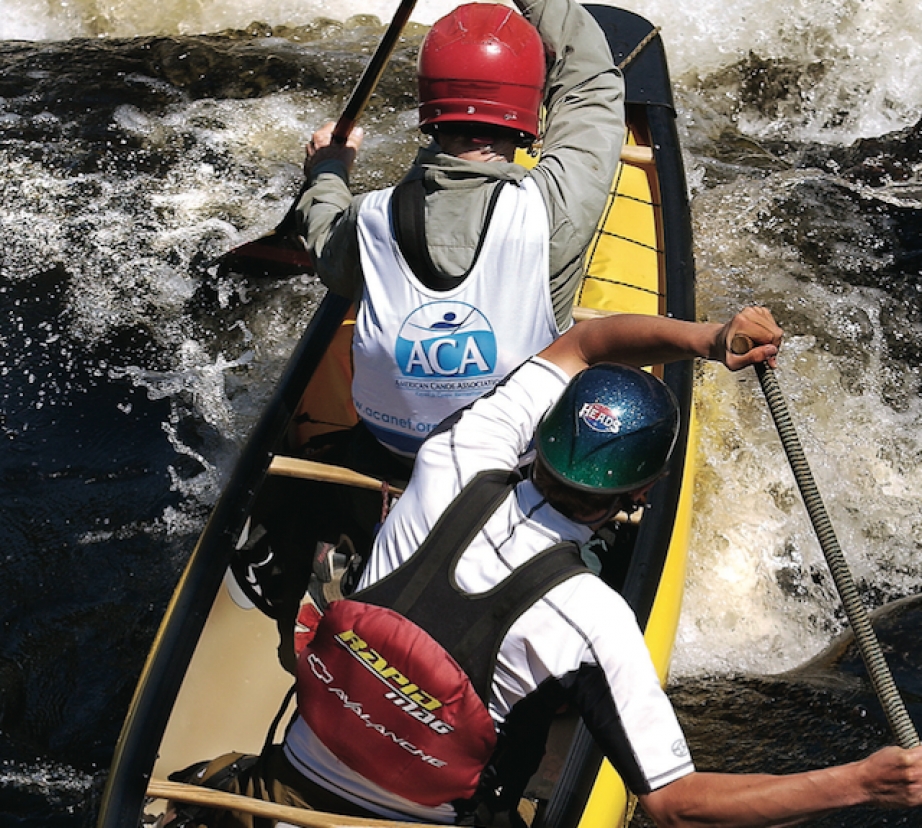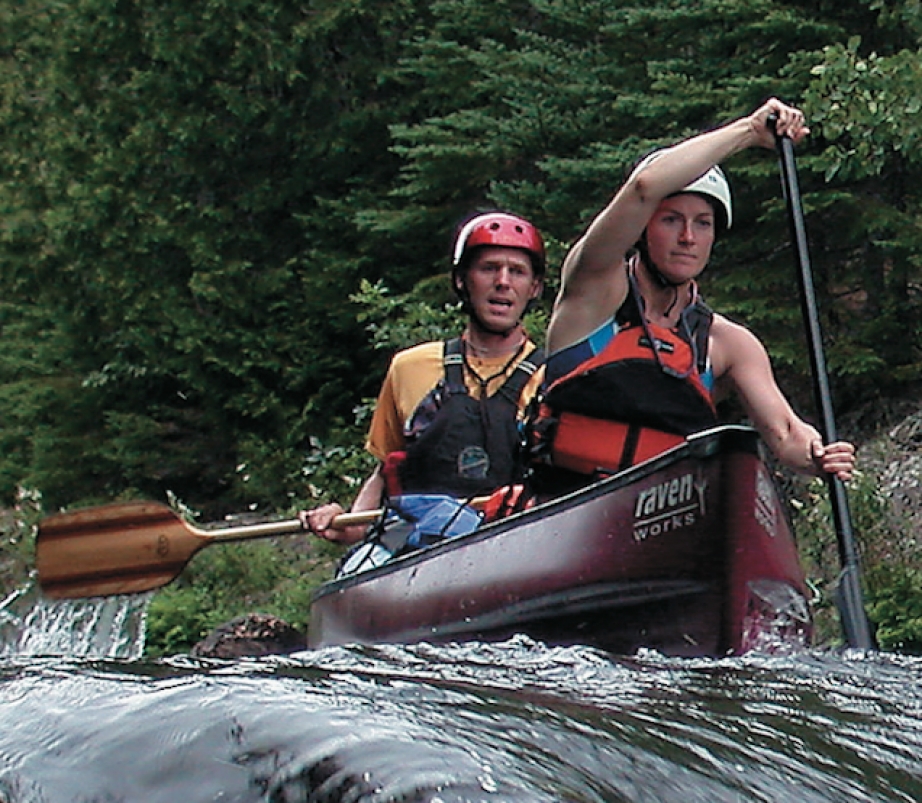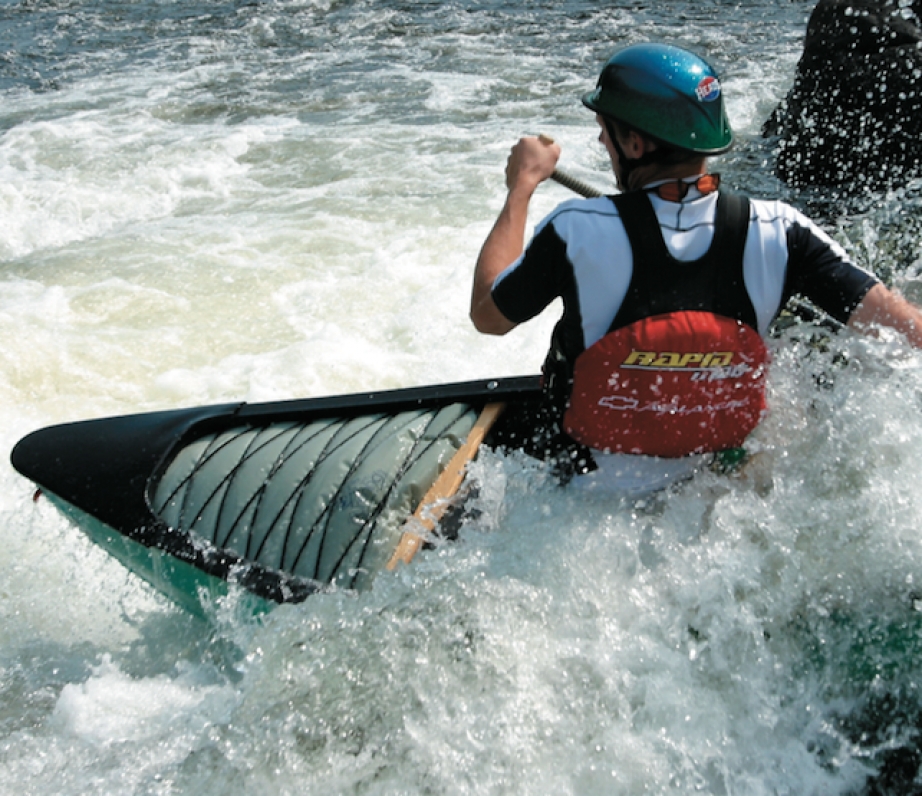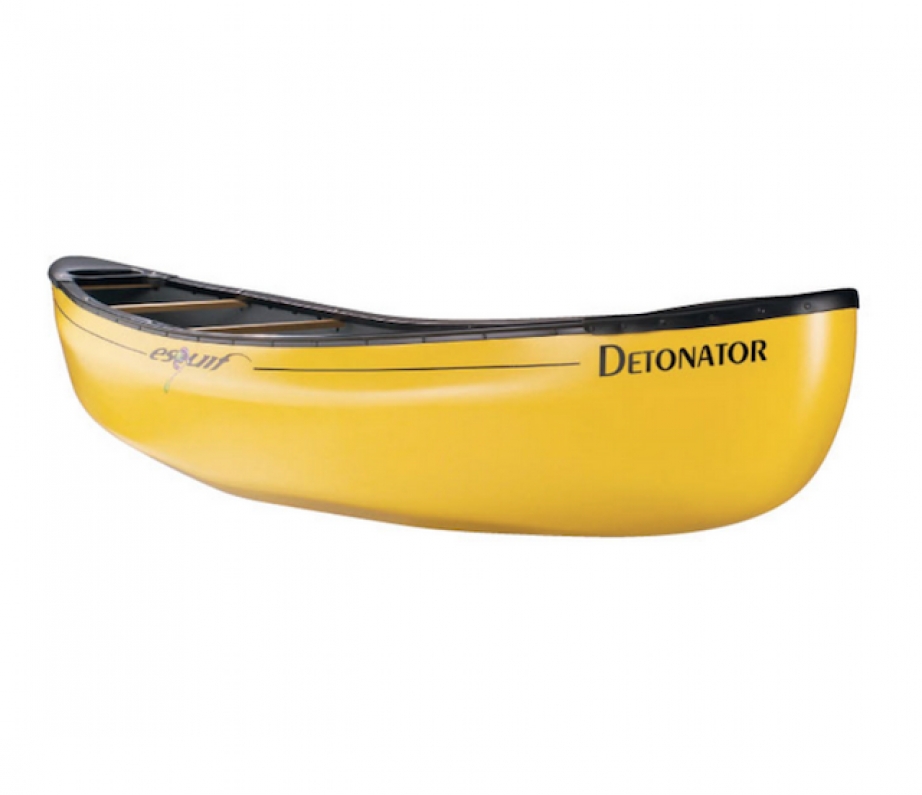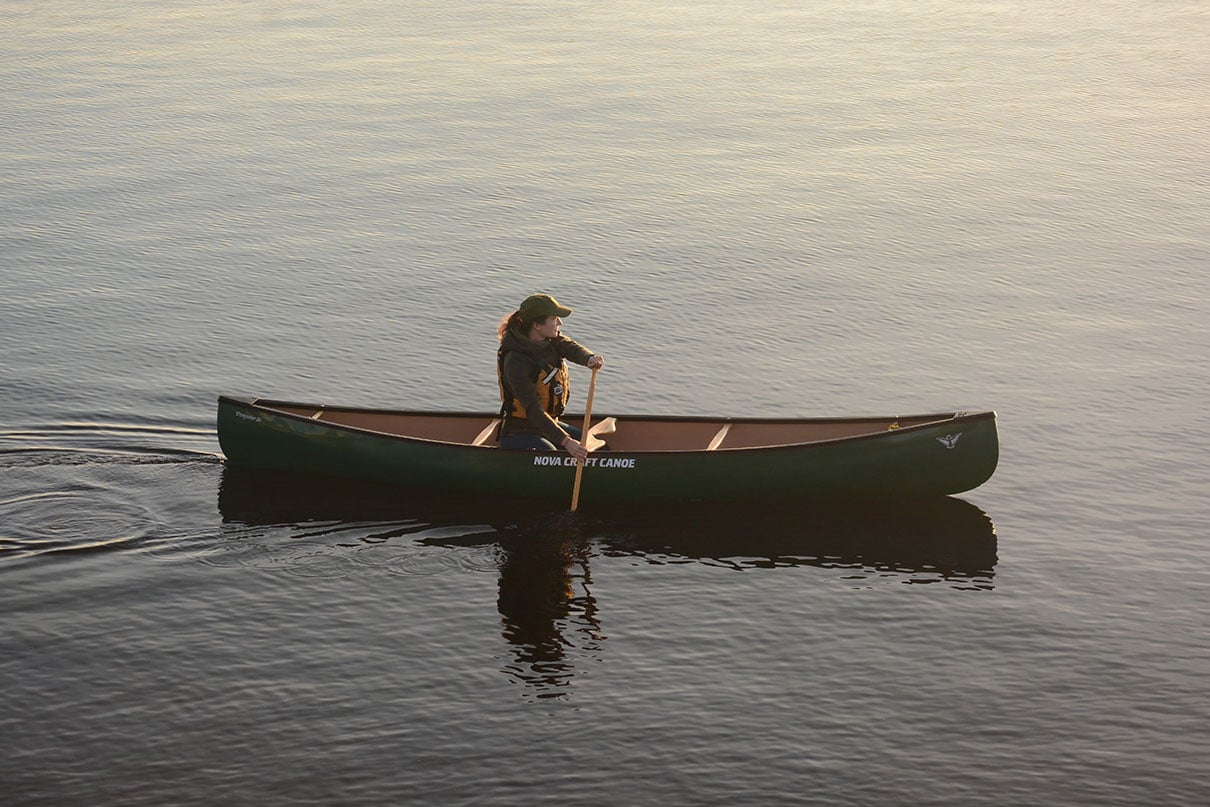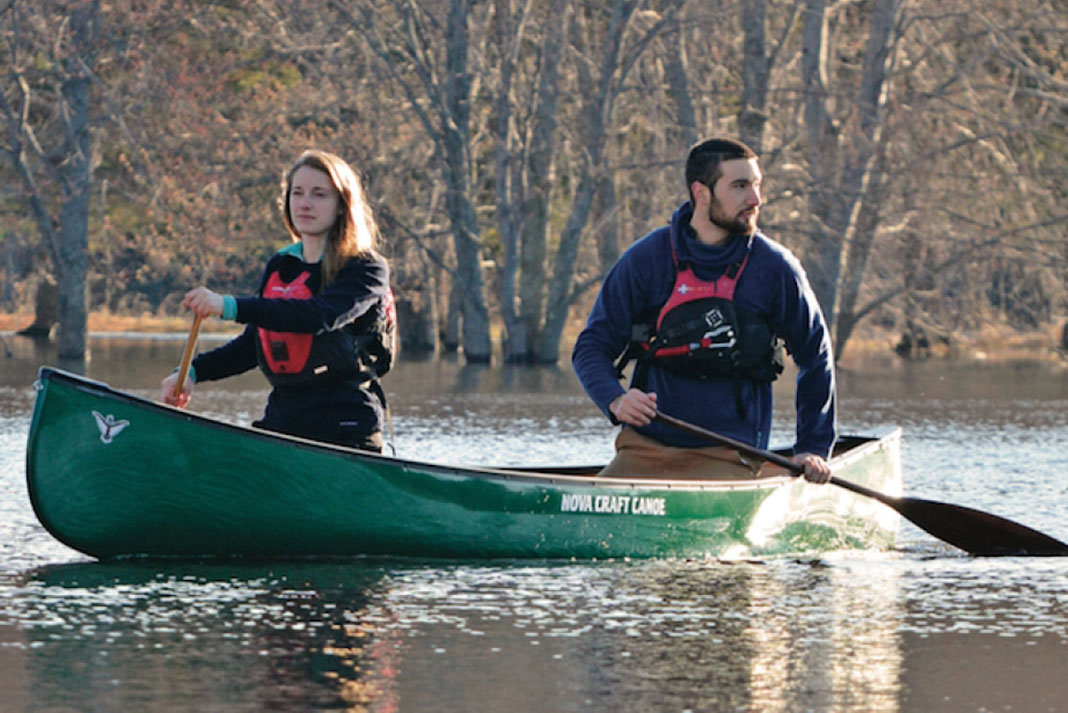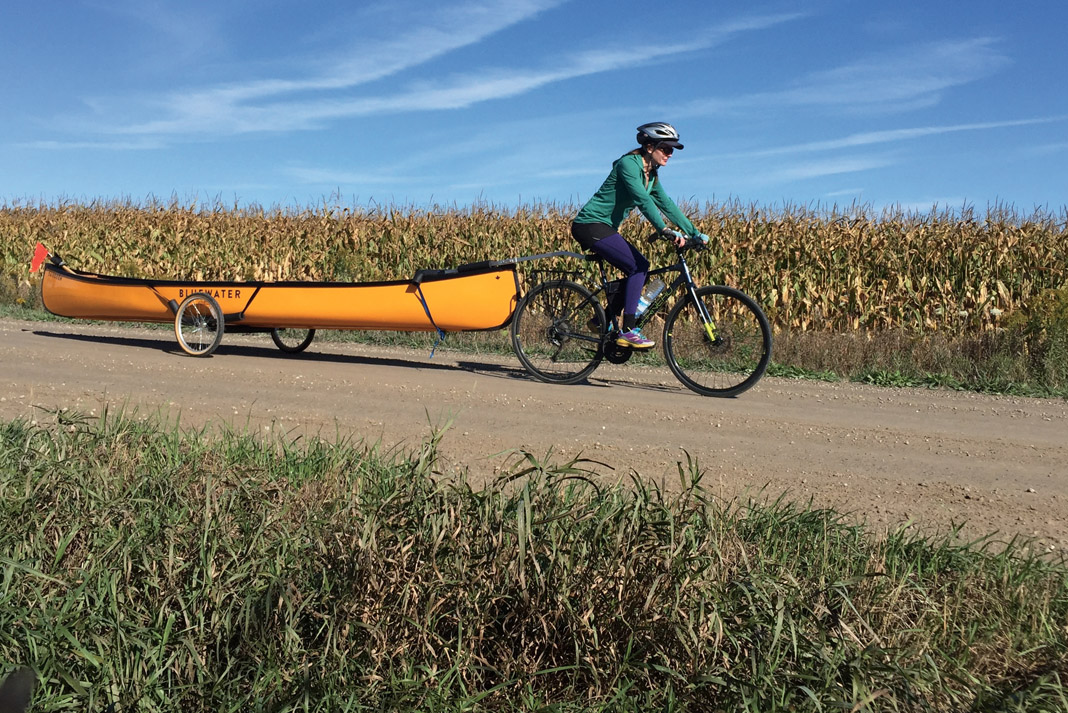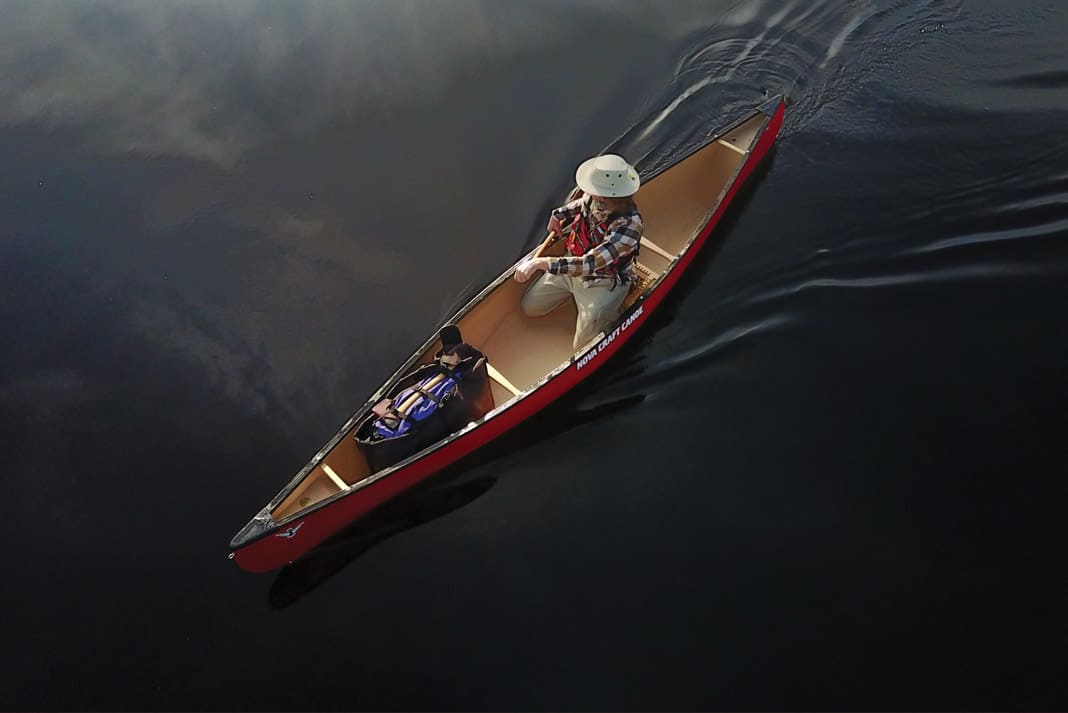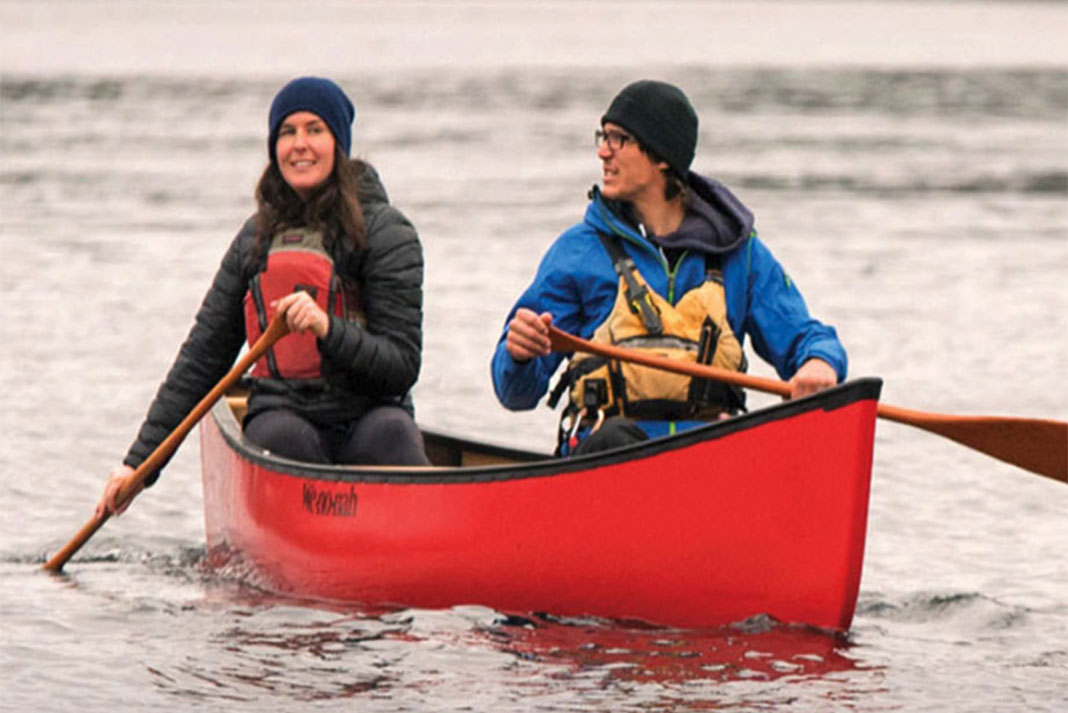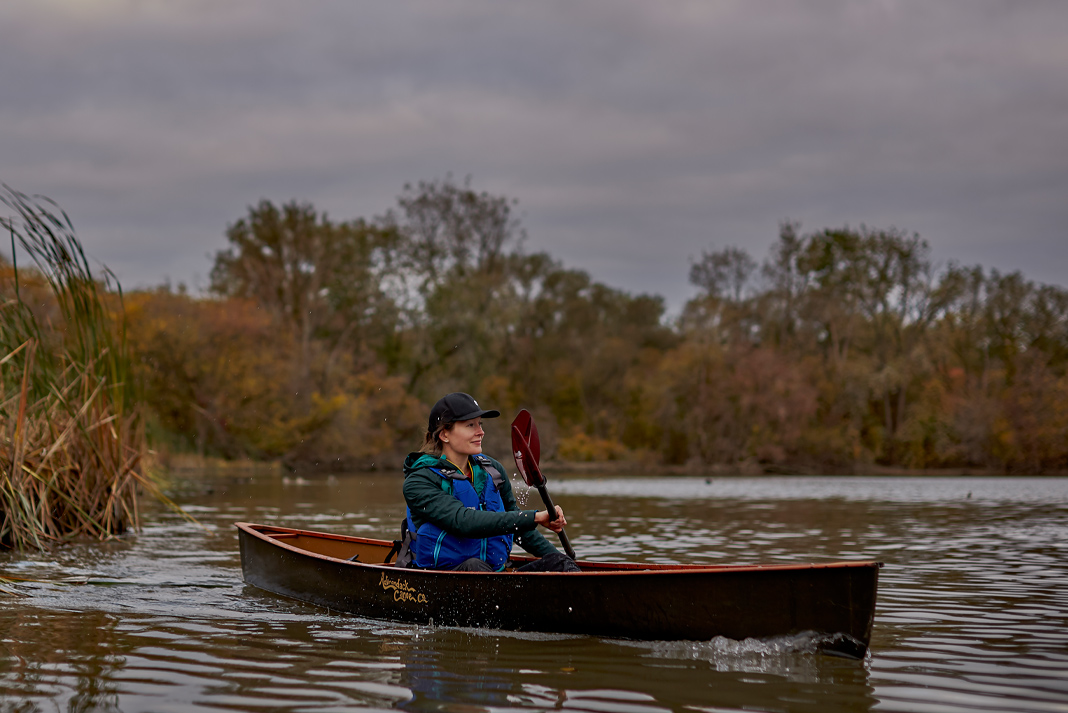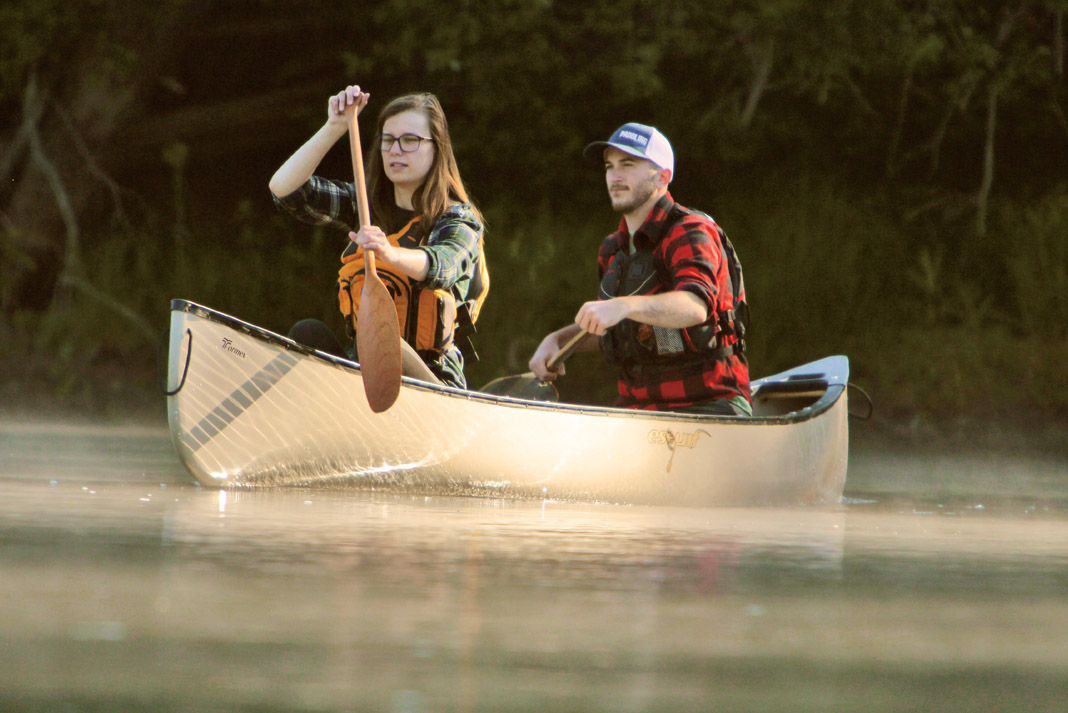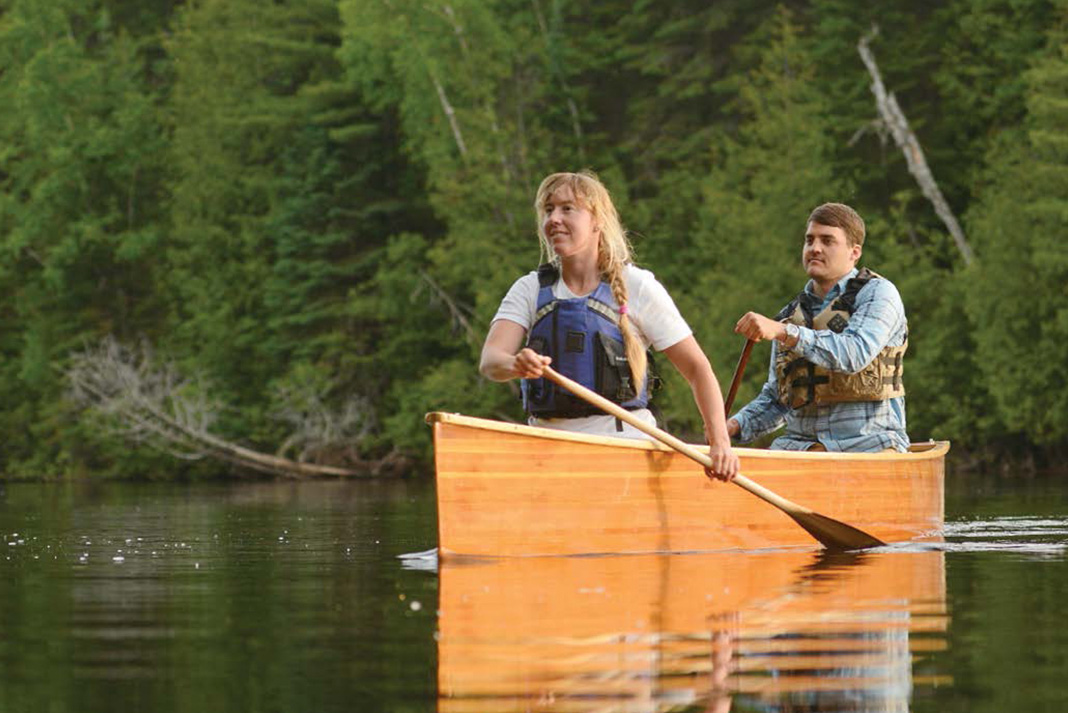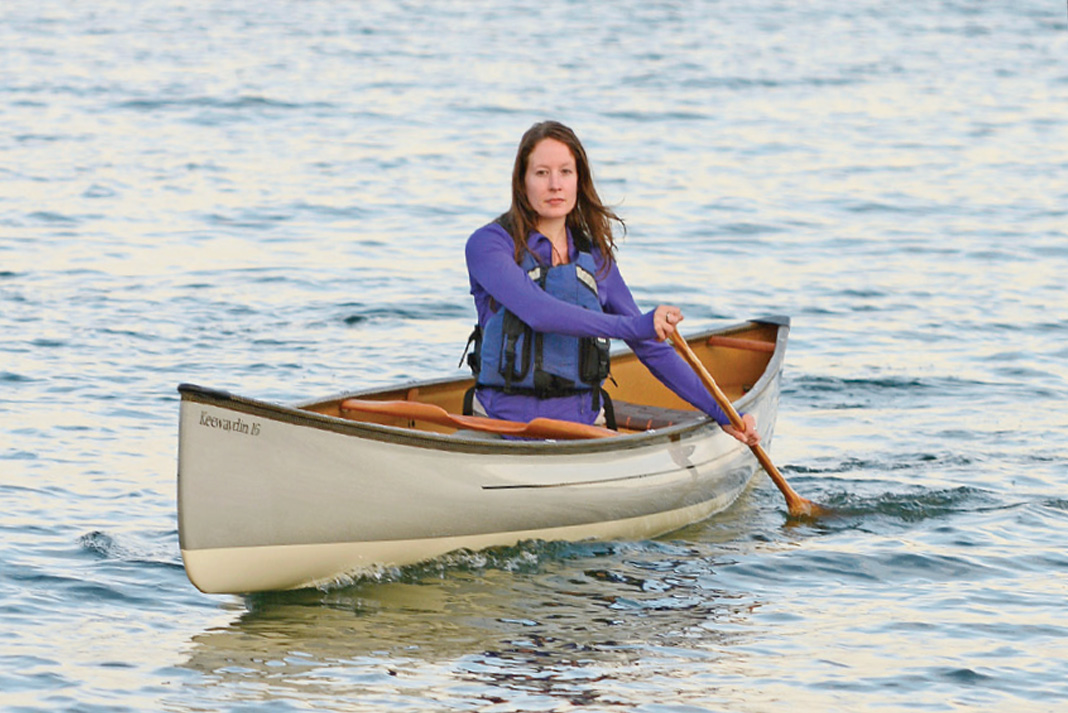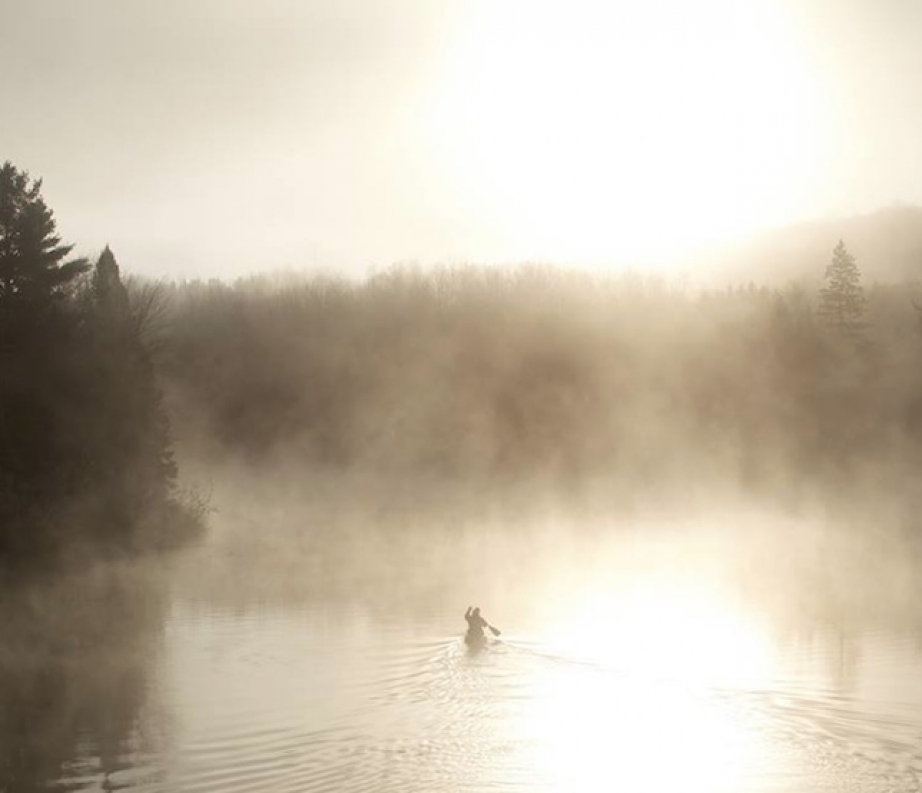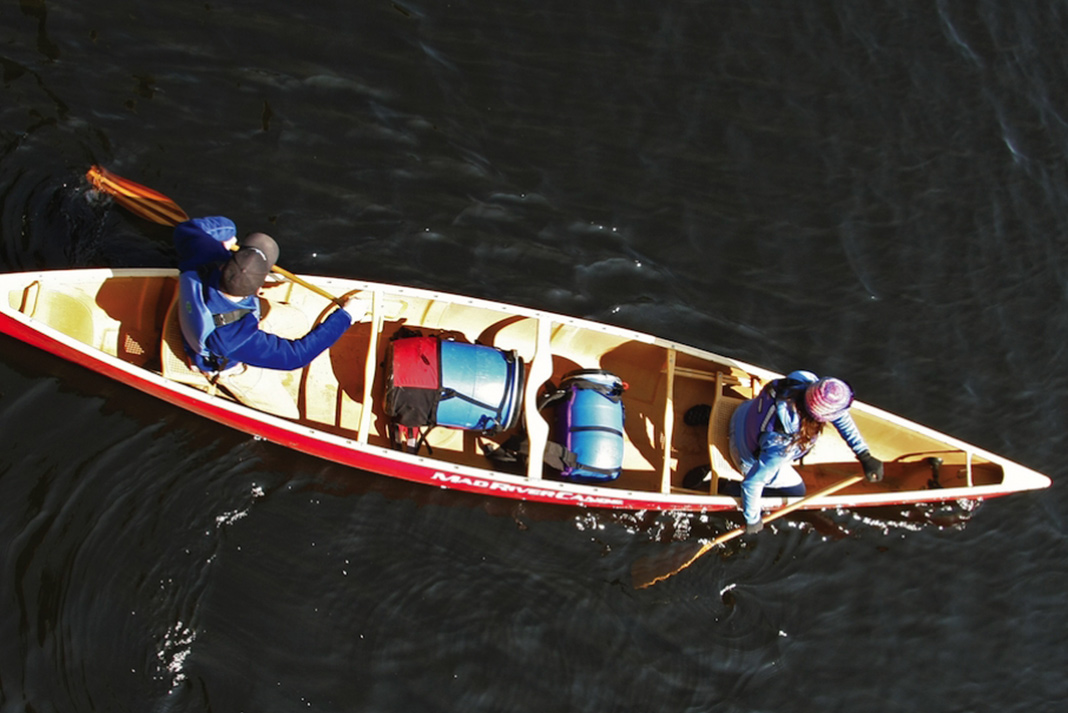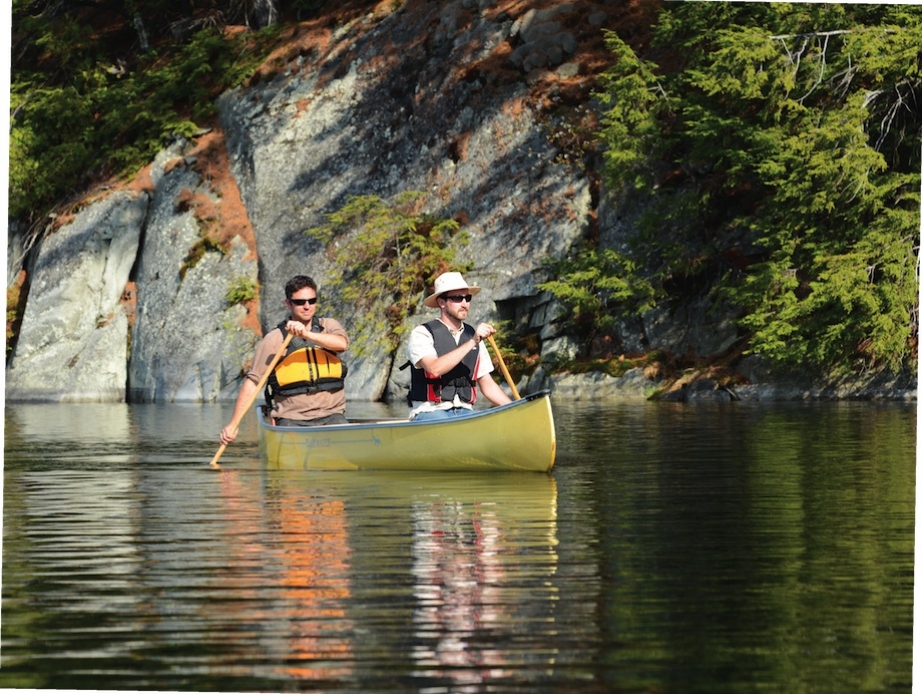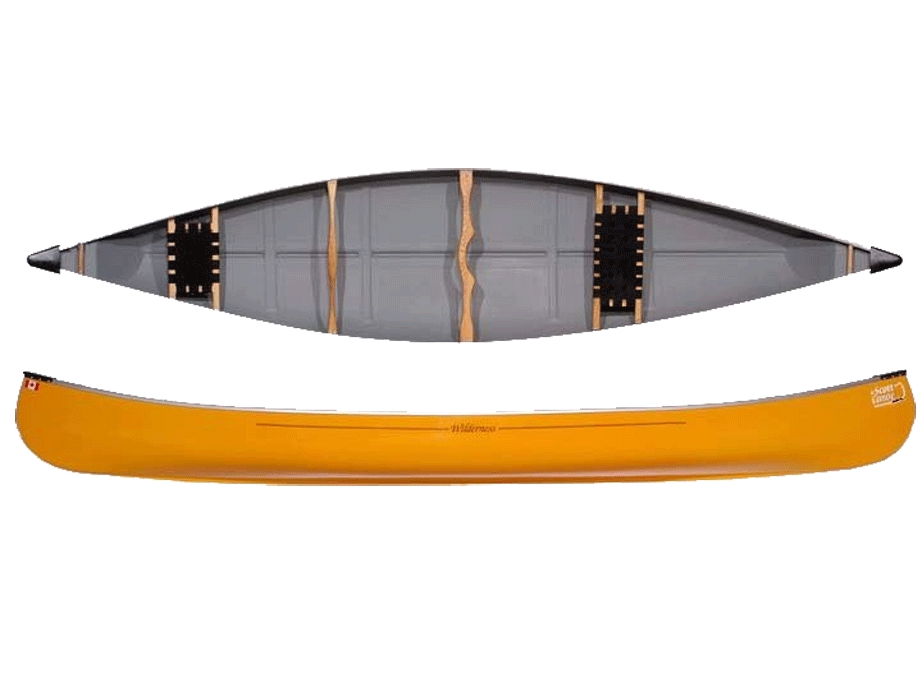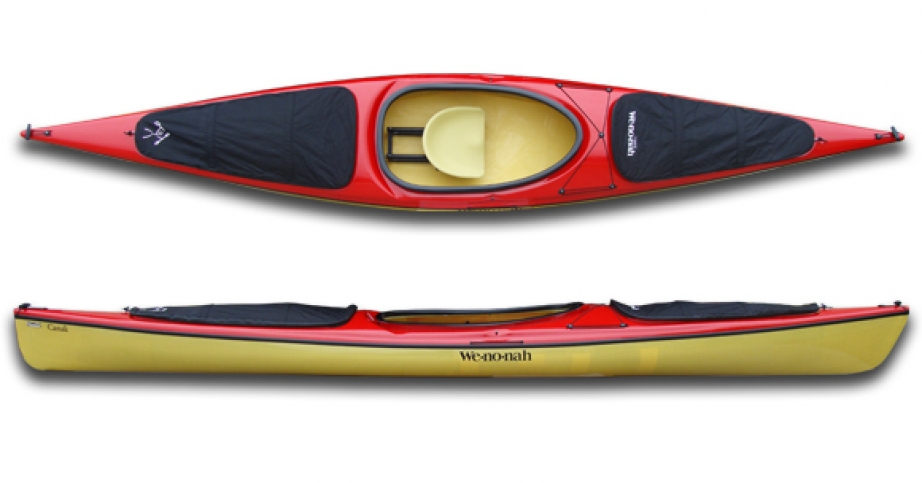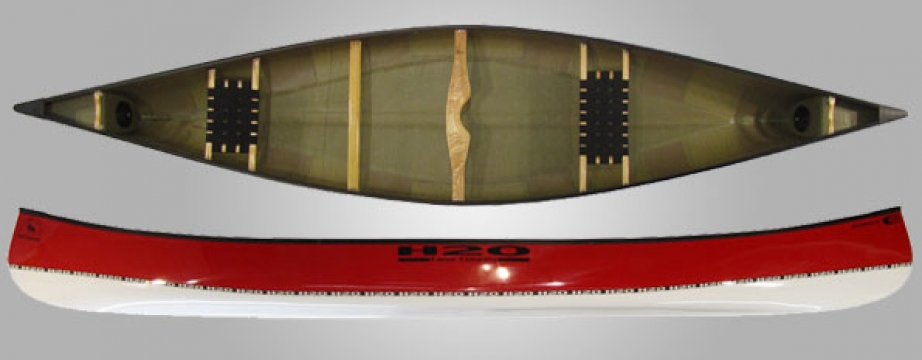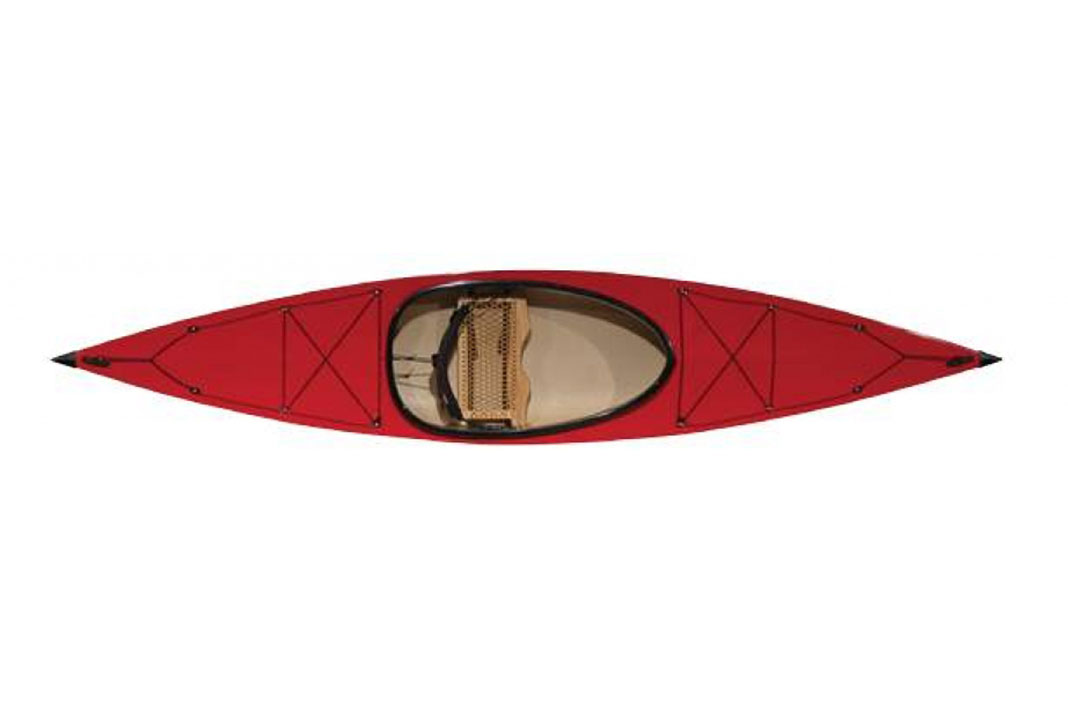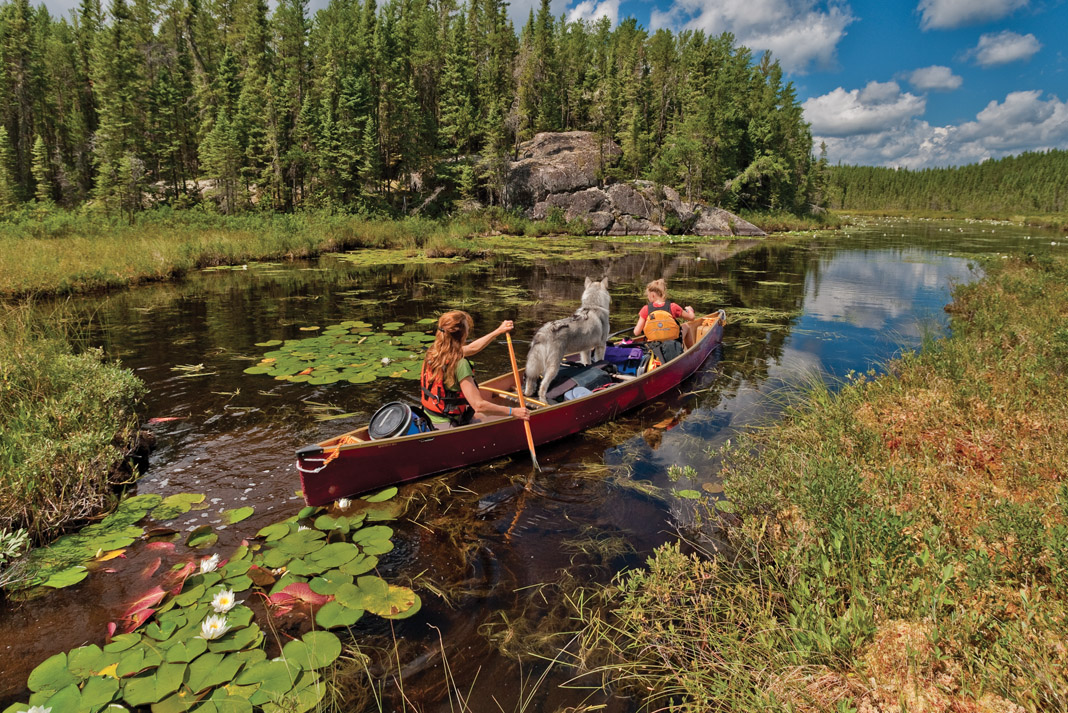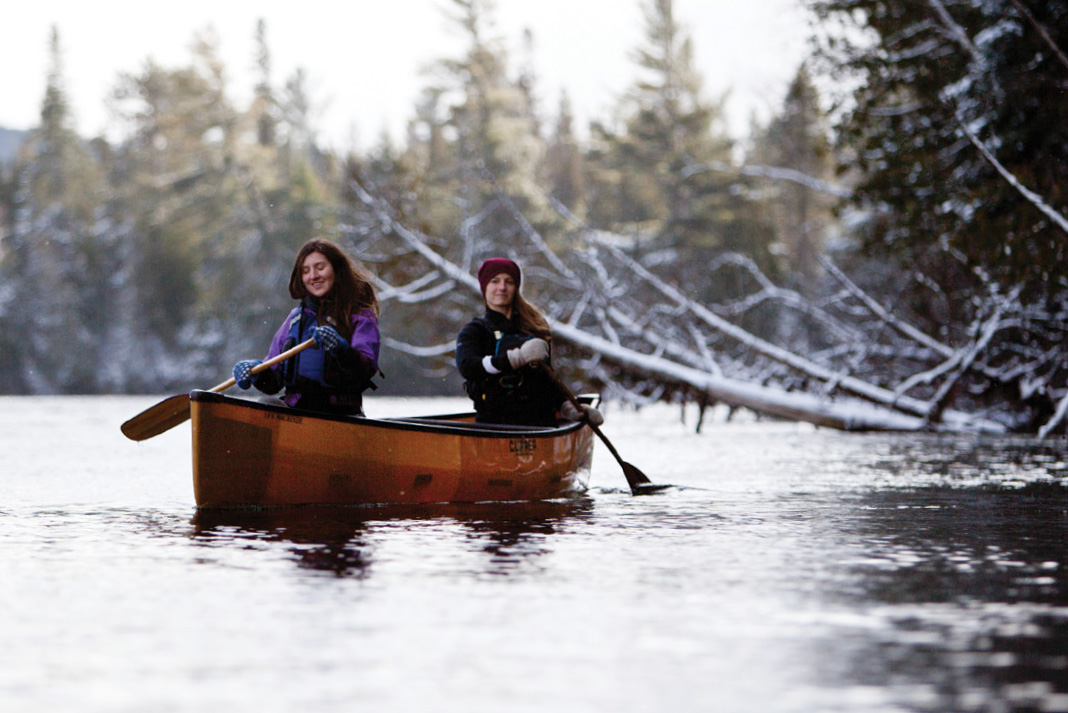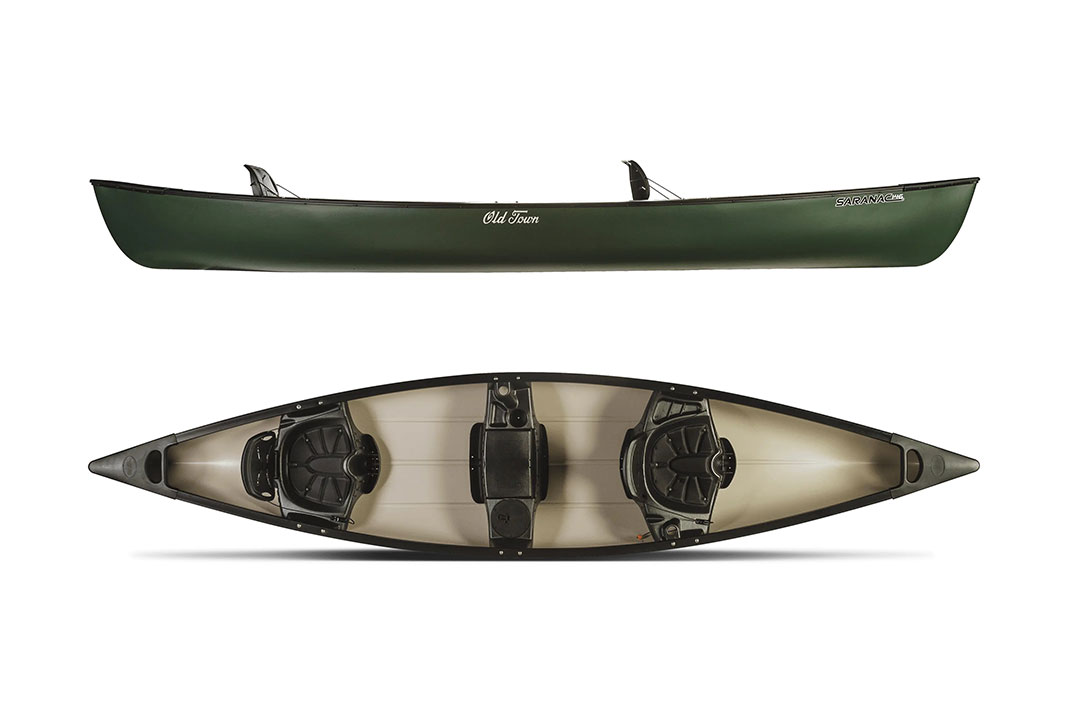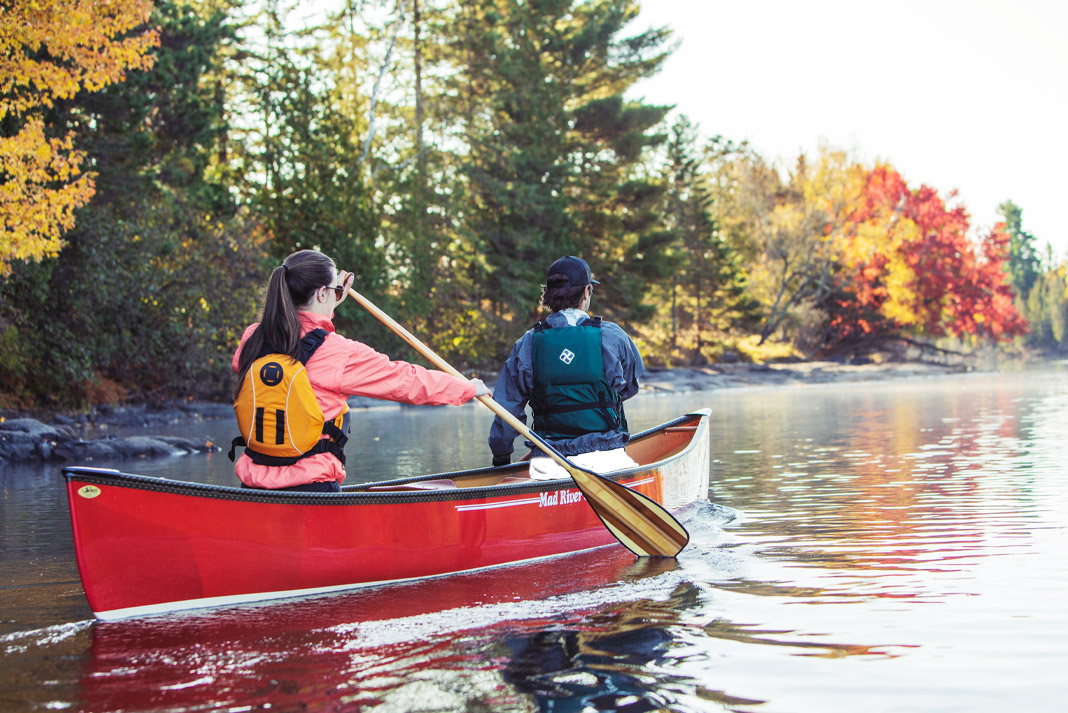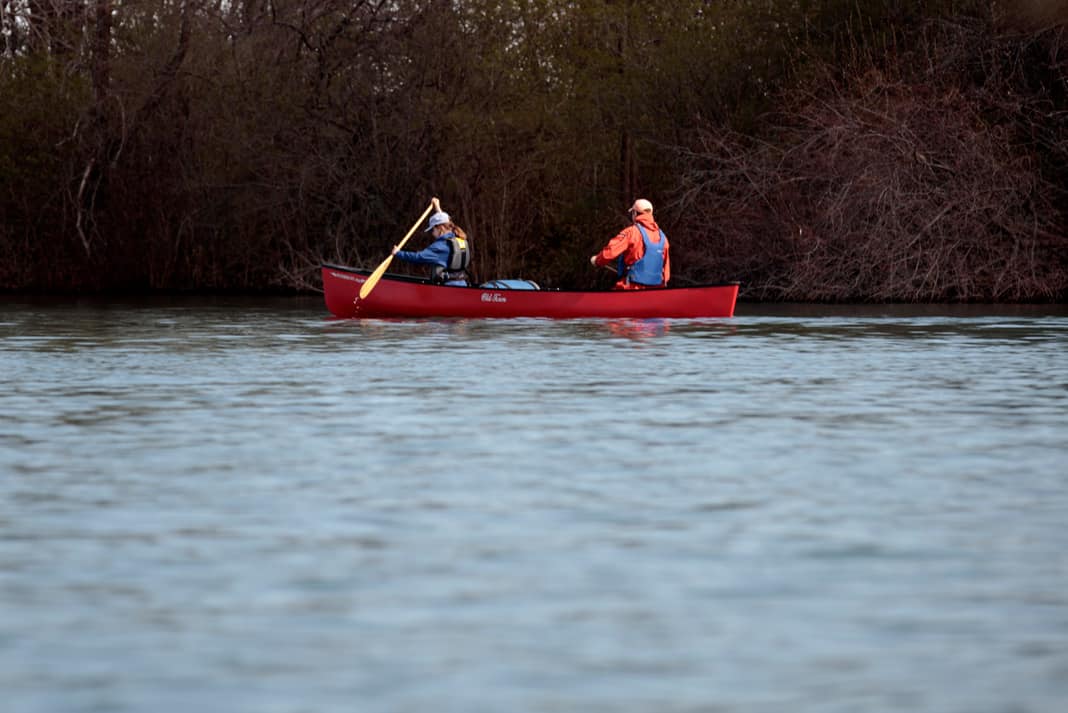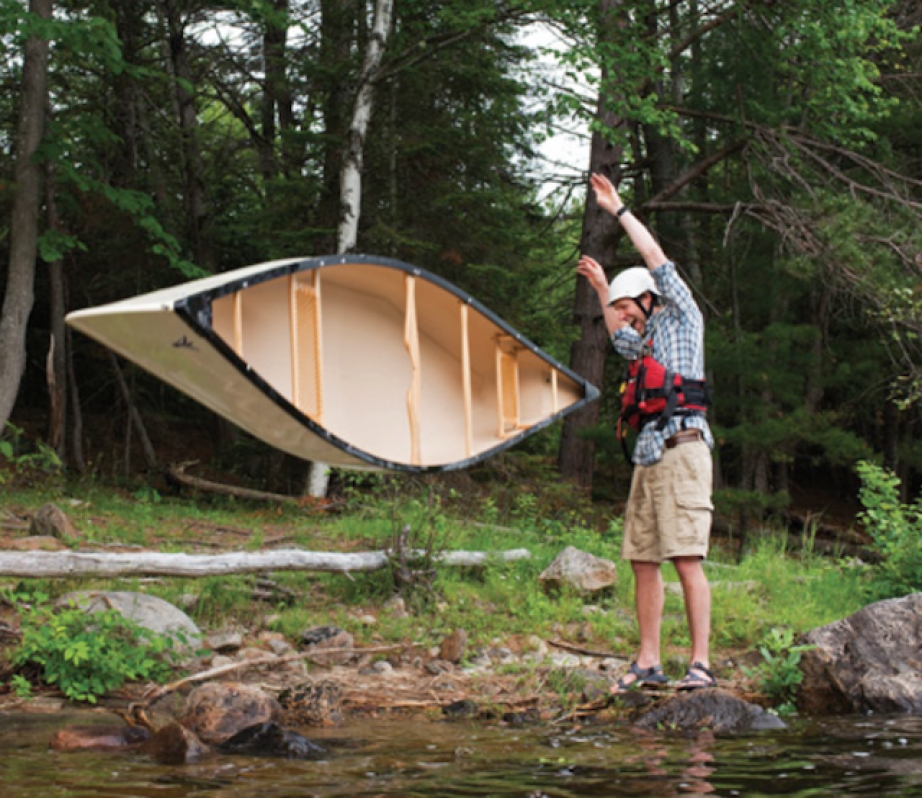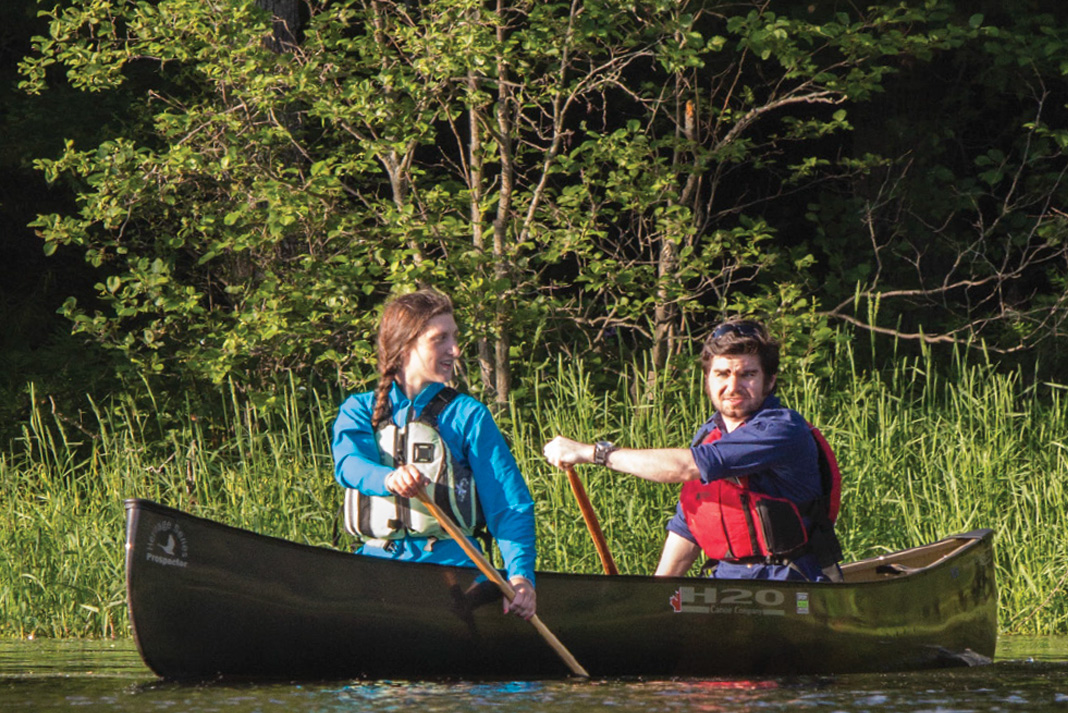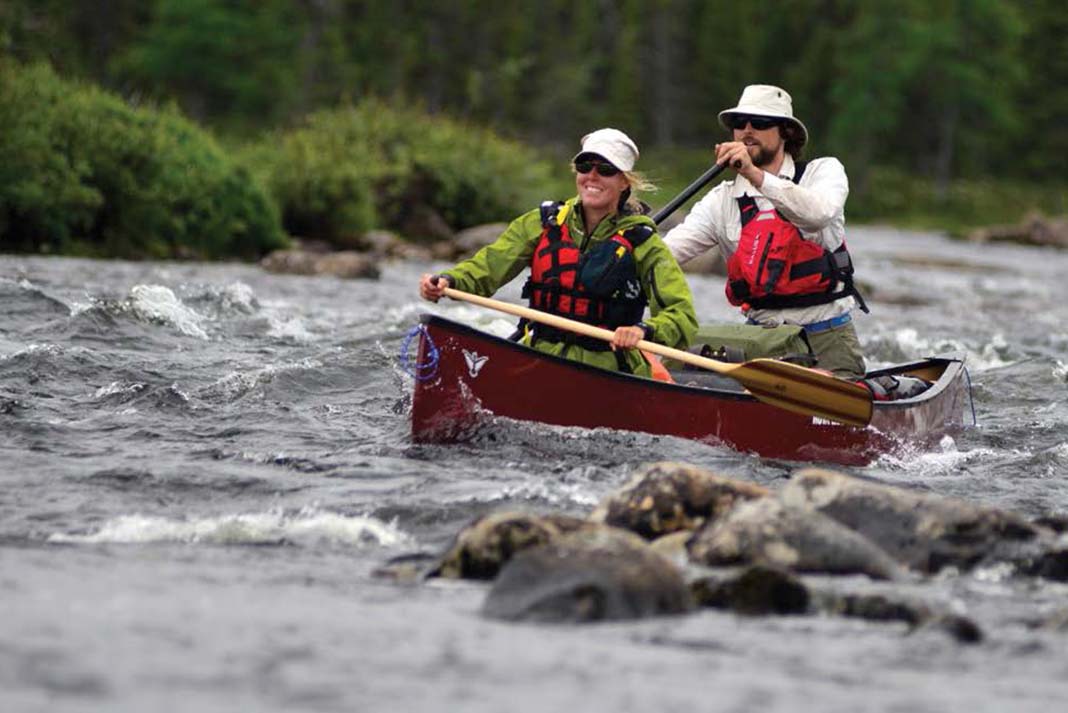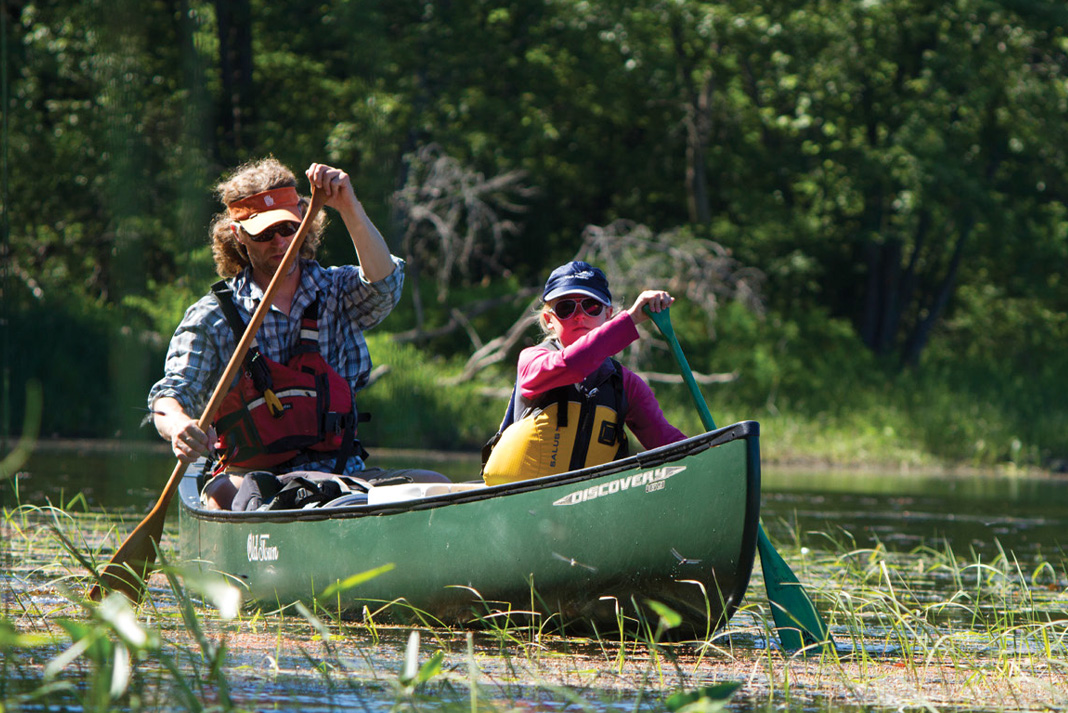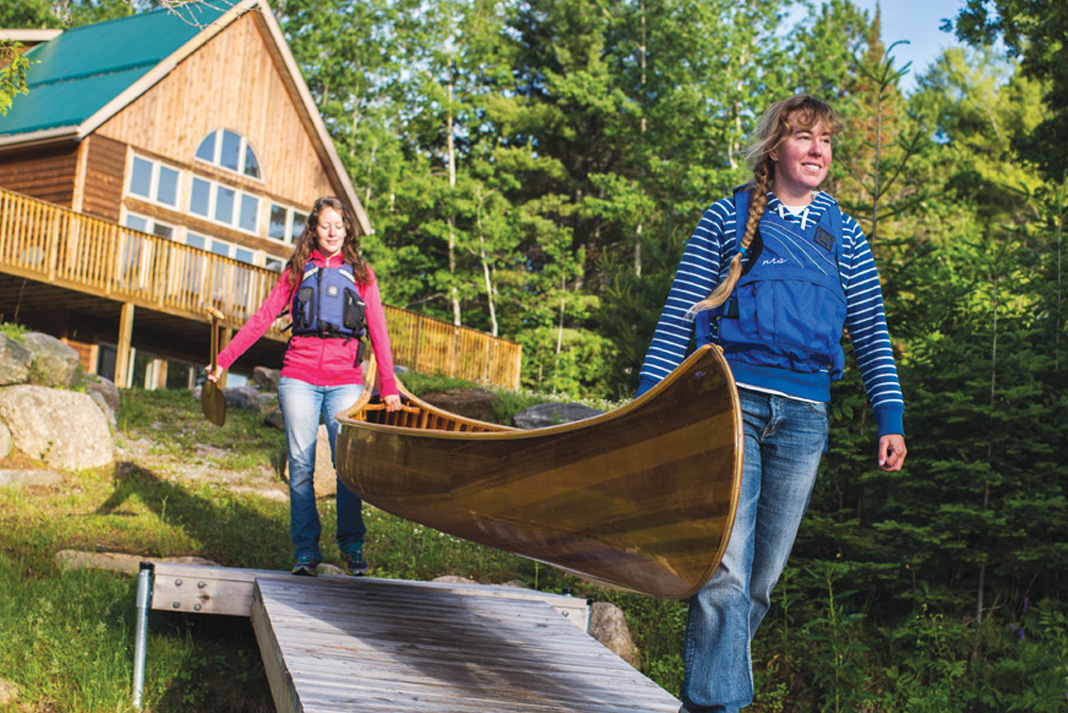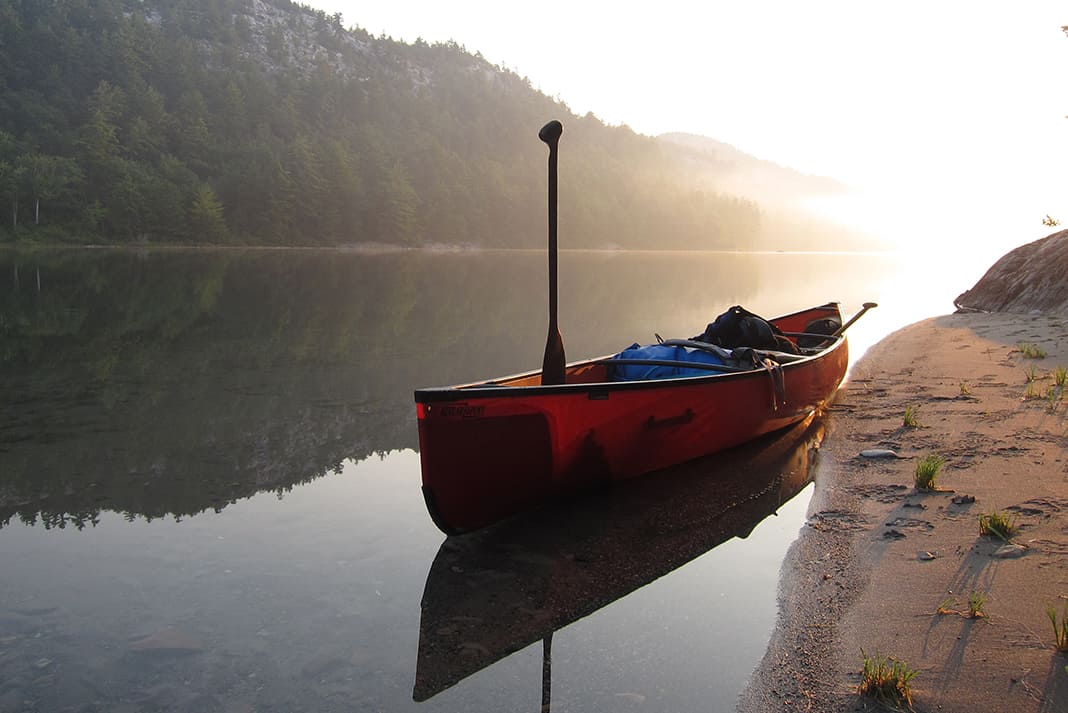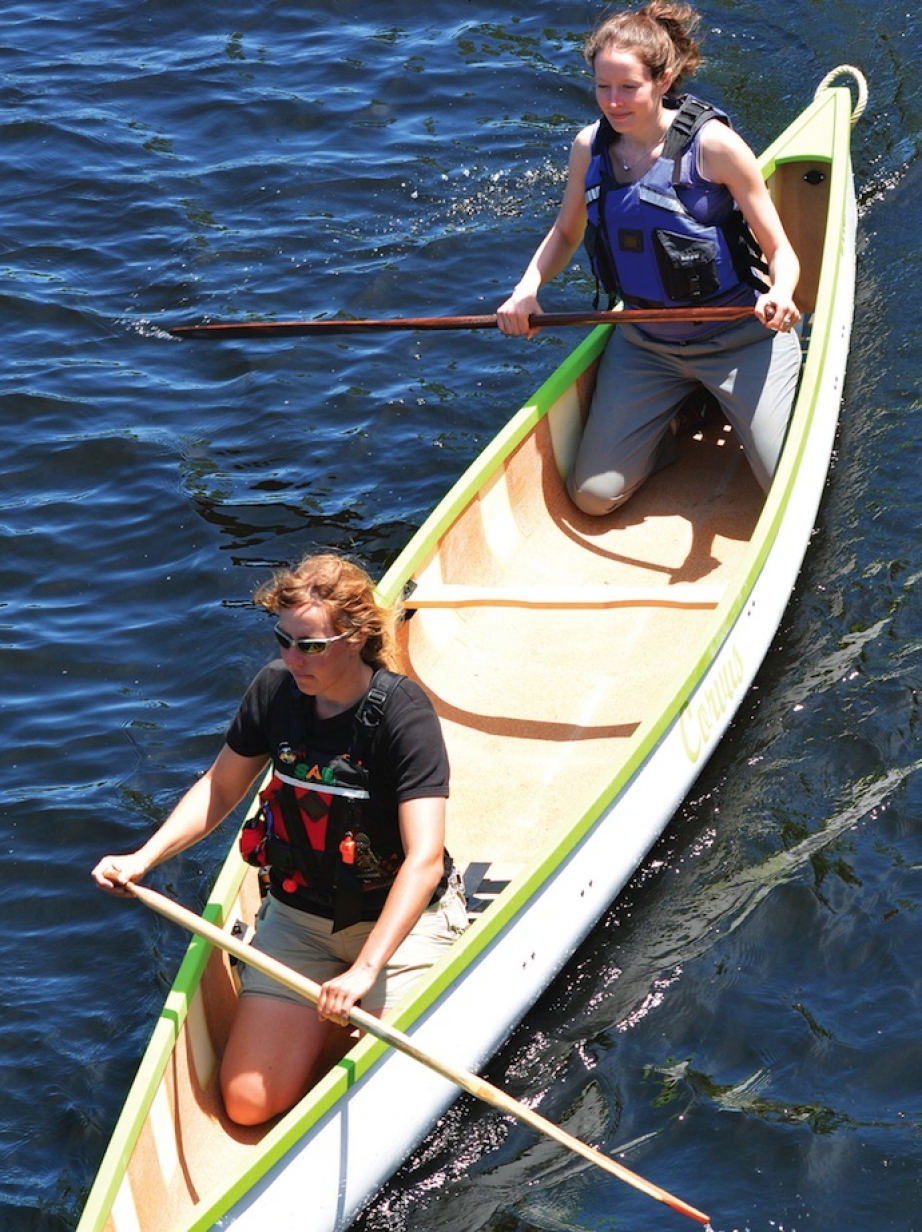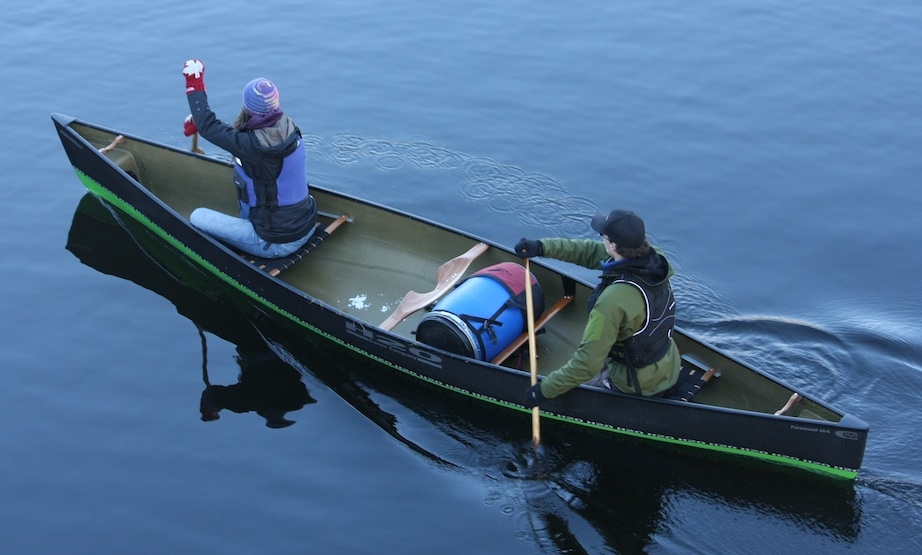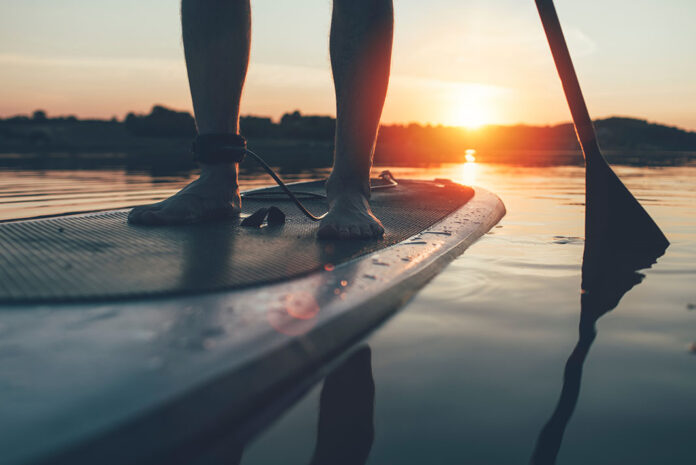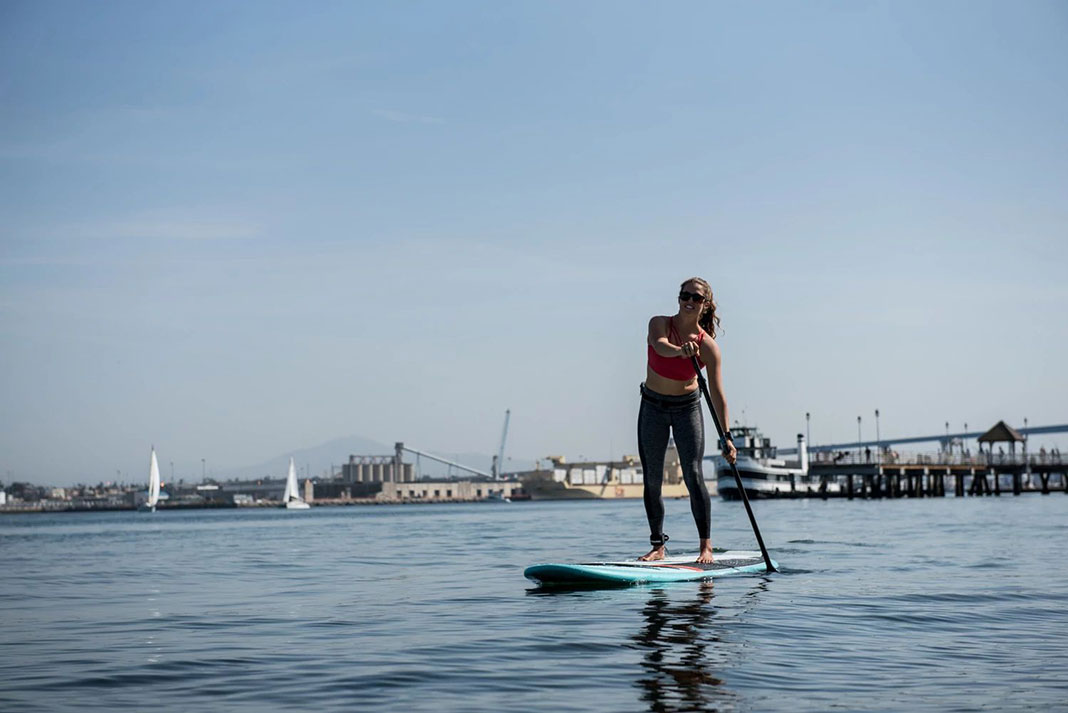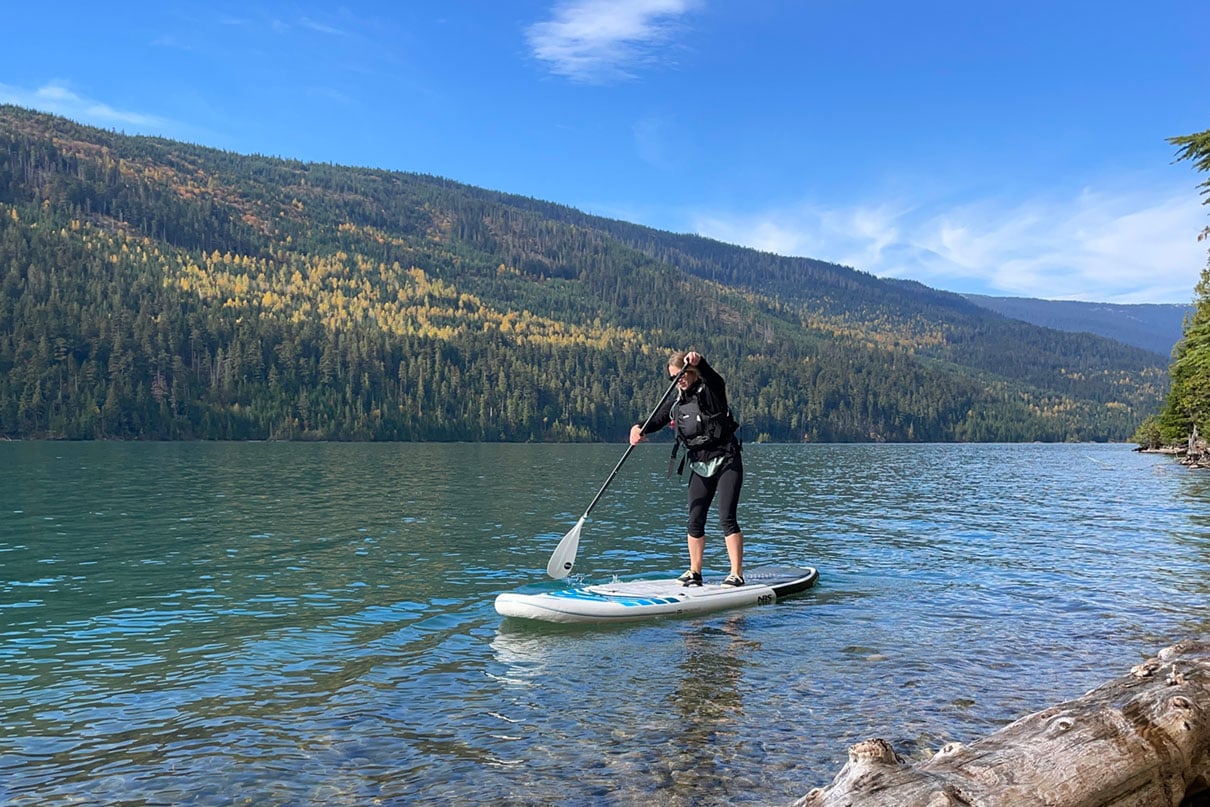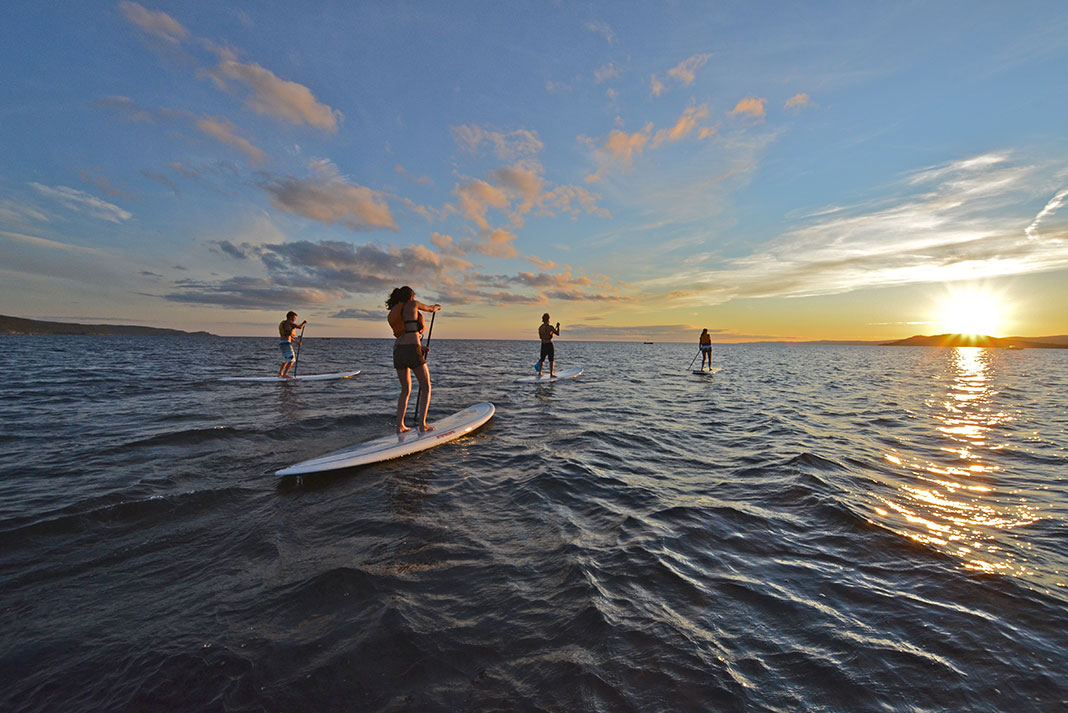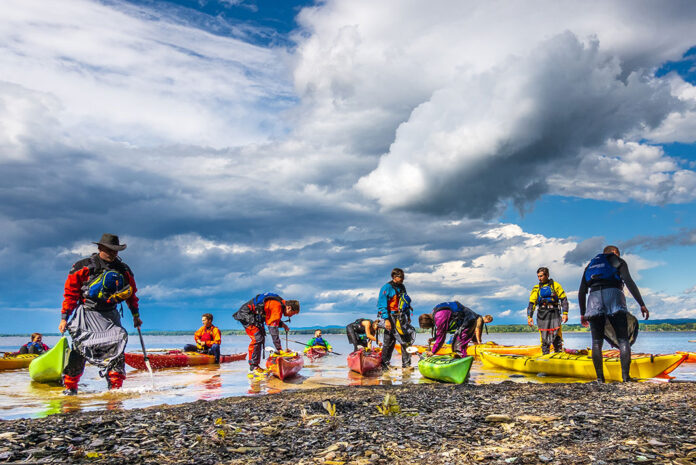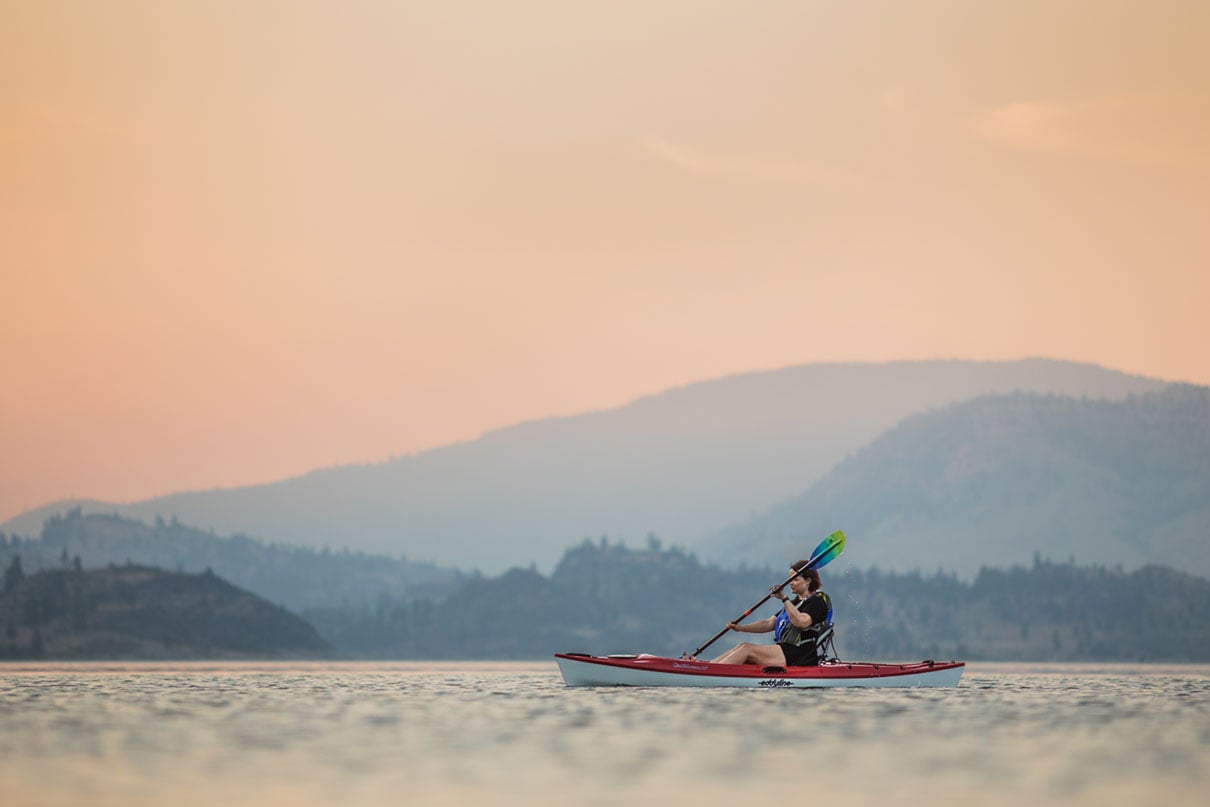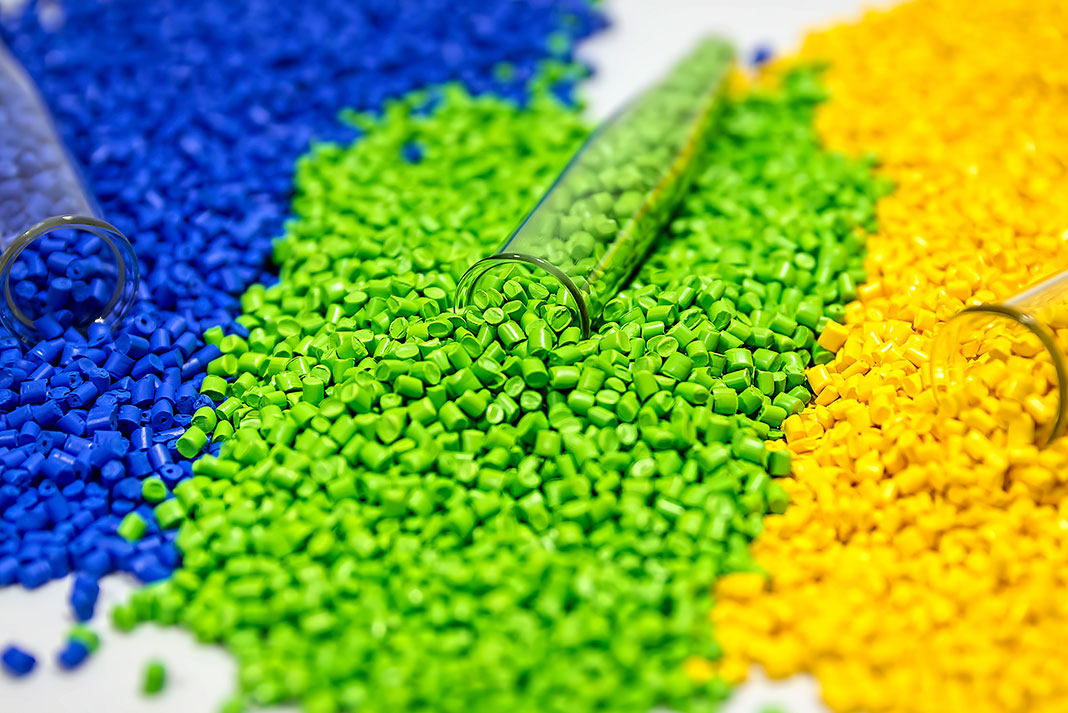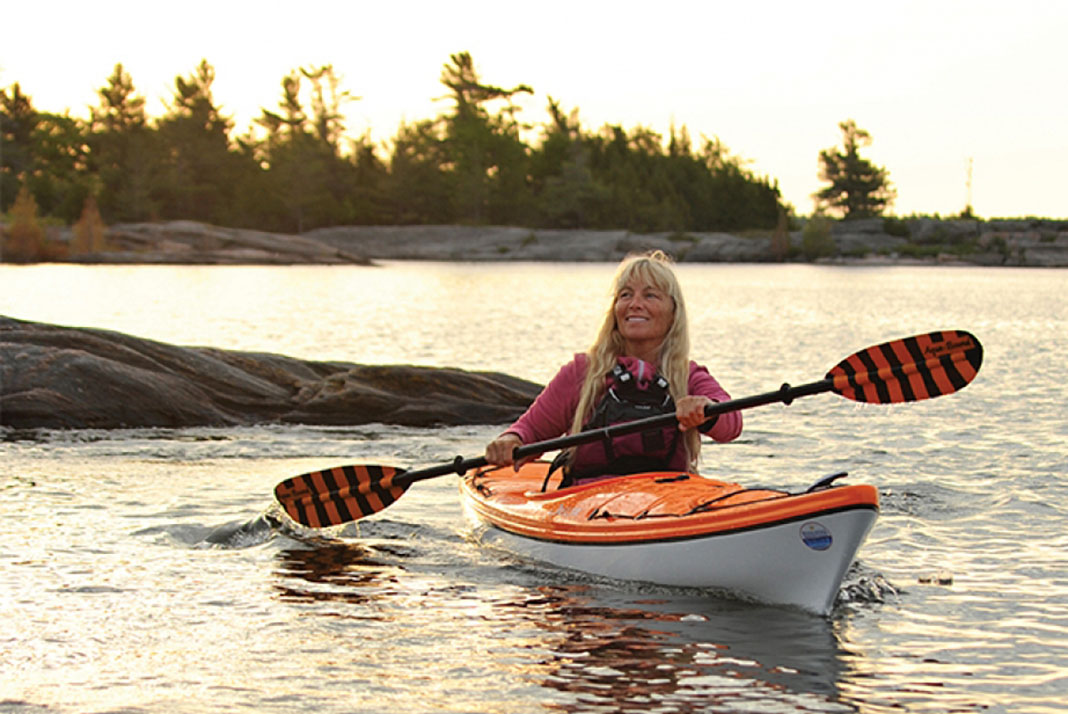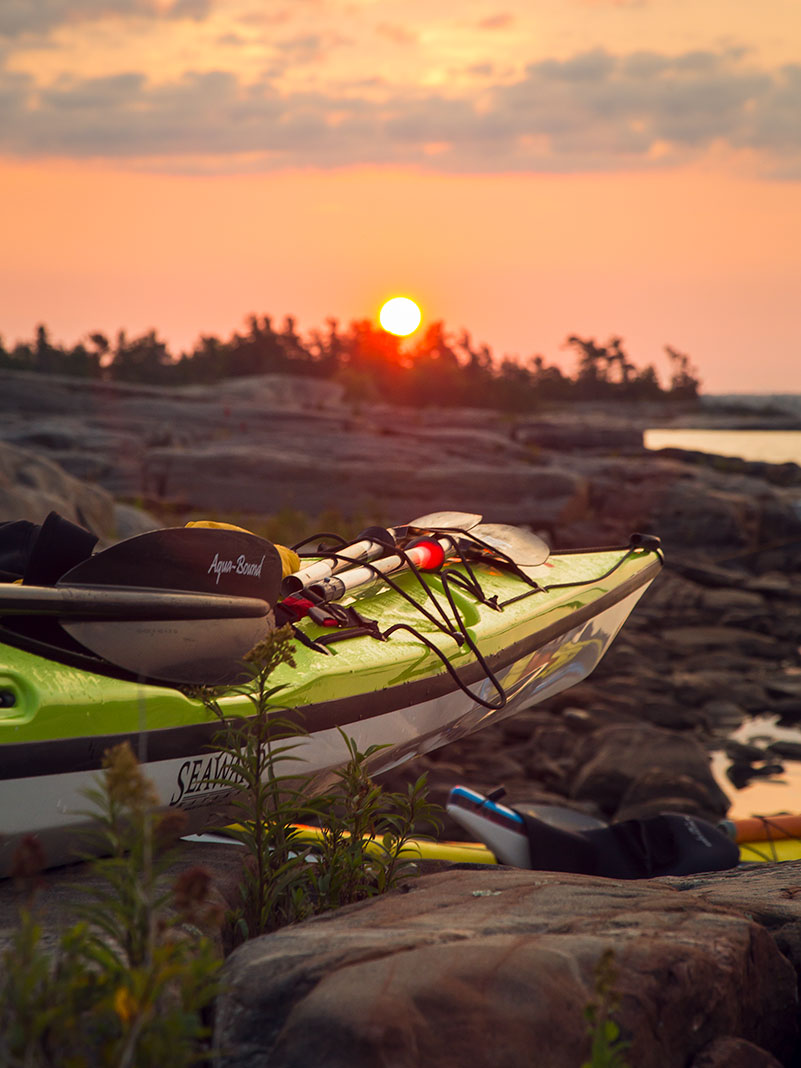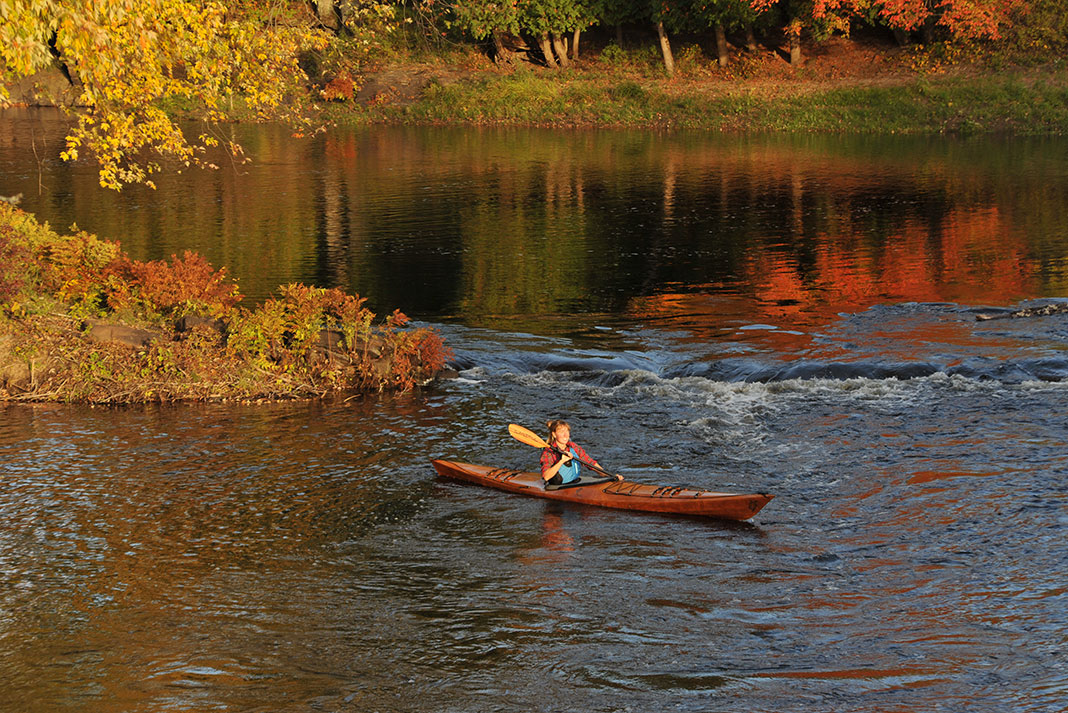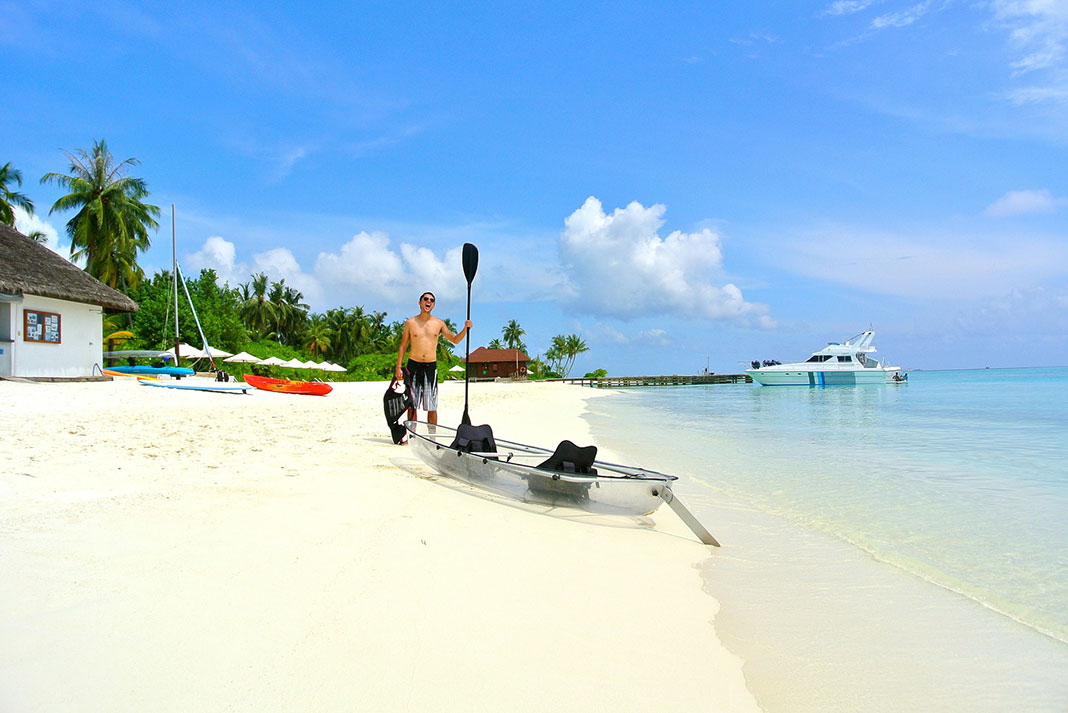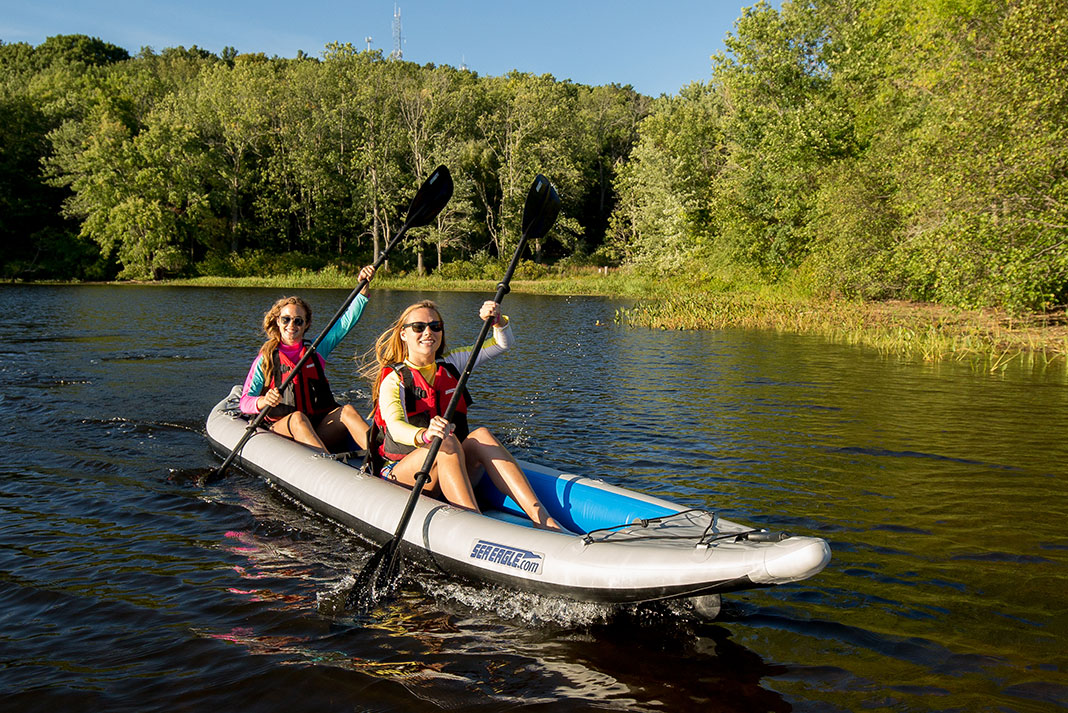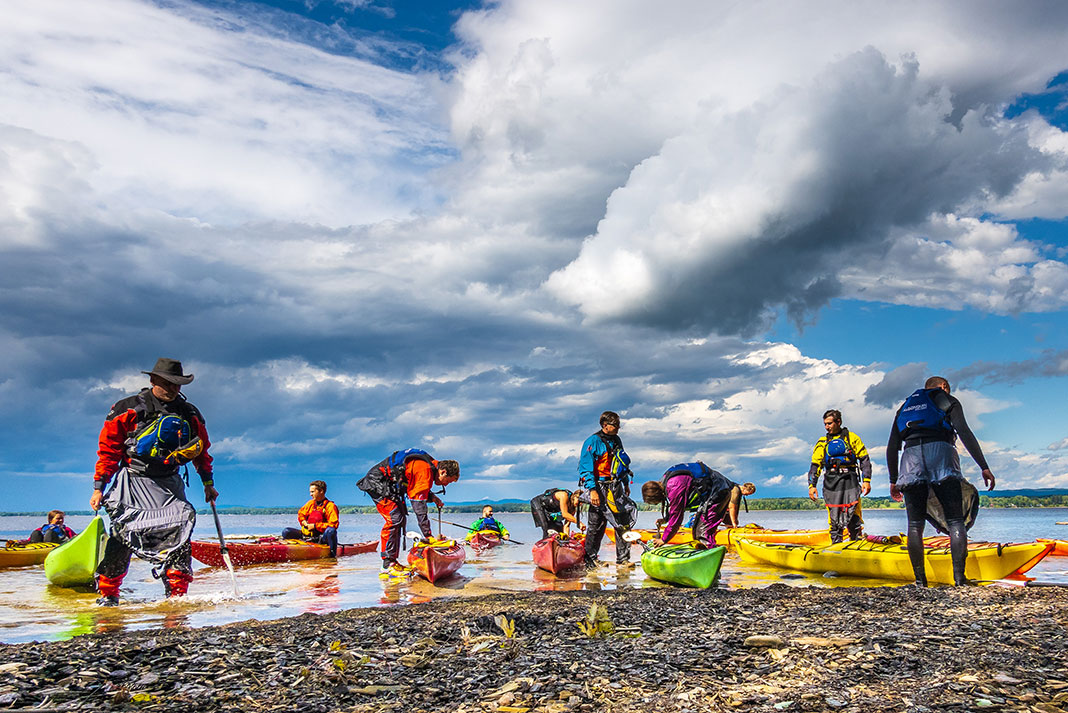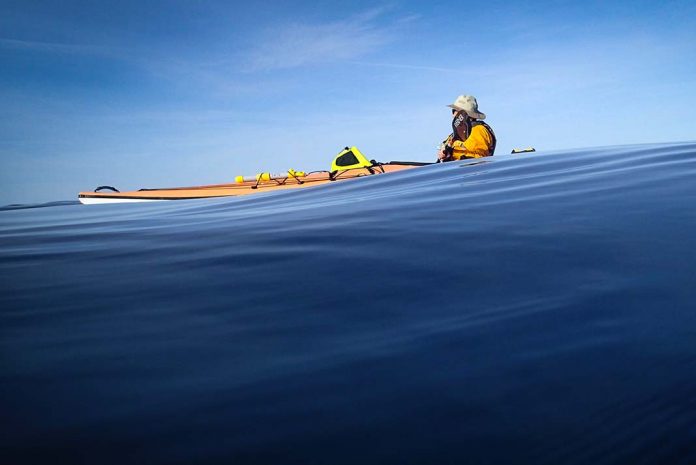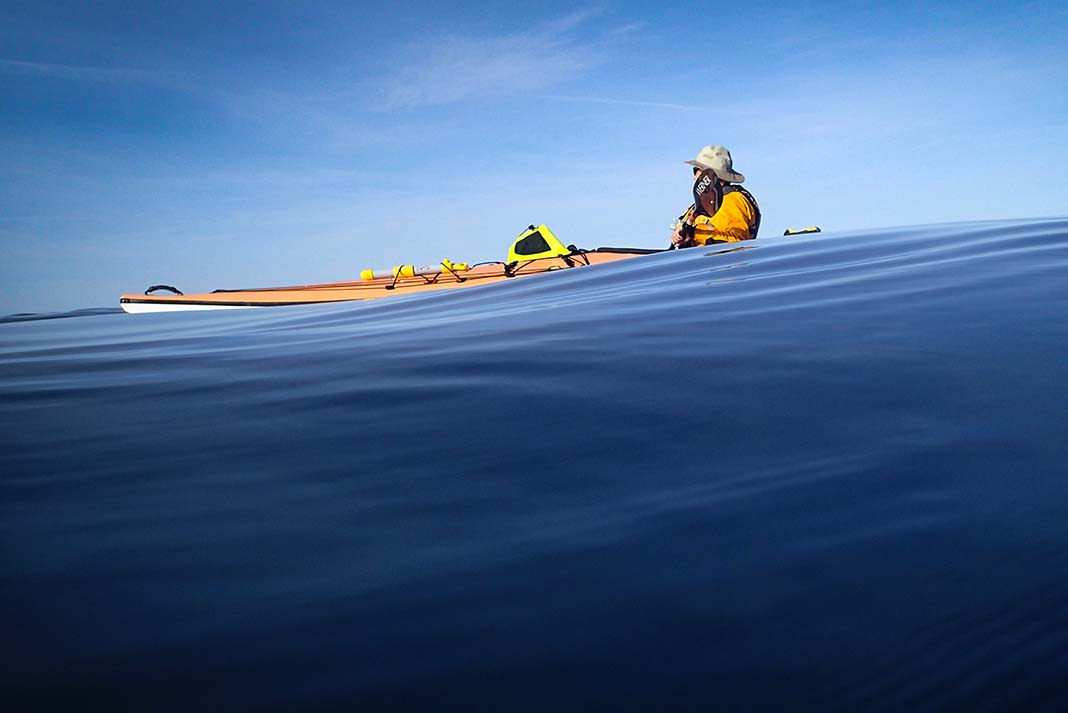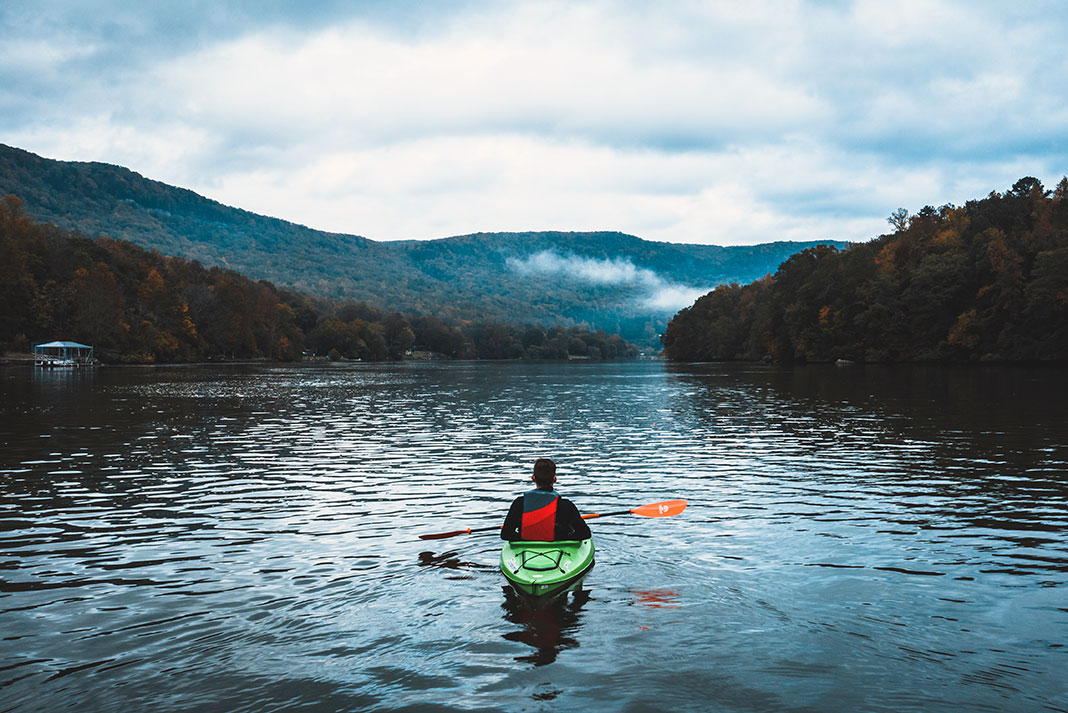With so many different types of paddleboards to choose from, the world of standup paddleboarding (SUP) has become accessible for all skill levels from beginner to advanced paddlers and truly offers something for everyone.
When I first began paddleboarding, I didn’t know there were so many different types of standup paddleboards. I only knew about one kind, the all-around paddleboard. I wish I had known about the range of standup paddleboard designs and what each one was for, so that I could have started dreaming of paddling adventures sooner and found the right type of paddleboard to best suit what I wanted to do on the water.
If you can dream it, there’s likely a paddleboard made for it. If you want a paddleboard that deflates to fit into a backpack and doubles as a floating yoga platform, there’s a board for that. If you want a paddleboard that’s stable enough to ride over waves and can be loaded with gear to take you on unforgettable camping adventures, there’s a board for that, too.
From fishing to surfing, the many different kinds of paddleboards allow you to explore the water however you like. Even if you want a paddleboard that defies description—such as one that you can propel with your feet or transform into a kayak—there’s a board for just about anything you can imagine.
Whether you are a new paddler entering into the SUP scene, or a more experienced paddler ready to find new ways to explore waterways and level up your skills, it is helpful to understand the different kinds of paddleboards out there. From materials to design, knowing the range of paddleboard options will help you make a smart investment and, most importantly, have more fun more often on the water.
So, what are the different types of paddleboards? To get a better grasp on the huge variety of boards out there, we’re going to look at a few key categories:
Read on to demystify the various kinds of paddleboards, and find the best board for your paddling aspirations.
Types of paddleboards by structure
Structure refers to the construction type of the paddleboard and whether it is inflatable, constructed from a rigid material, or folds and can be taken apart. Look to inflatable and folding boards for easier portability and storage.
Inflatable
Inflatable paddleboards are ideal for space-strapped paddlers and those who use public transportation. When deflated, an inflatable SUP rolls up to fit into a large backpack for compact storage and easy transportation. When you get to the water, the board must be inflated either manually with a hand or foot pump, or automatically with an electric pump. This setup takes about 10 minutes—similar to the amount of time it takes most people to tie a rigid board onto their roof rack. Inflatable boards can also be transported on your vehicle when blown up.
Inflatable paddleboards, also known as iSUPs, have an outer plastic layer over their inflatable core and are remarkably durable and firm when inflated to the proper pressure. To avoid inflatables that feel bouncy or are more susceptible to leaks or punctures, stay away from lower cost iSUPs listed as having “single drop-stitch” construction. You get what you pay for, and pricier inflatable boards will use higher quality materials, valves and manufacturing techniques to ensure longevity and efficient paddling performance.
Inflatable paddleboards are a great choice if you want to travel with your paddleboard or lack storage space. They are also lighter than most rigid boards, with higher weight capacity than a similarly sized rigid board. Their higher volume means inflatable paddleboards are stable and forgiving to paddle, making them ideal for beginners, larger paddlers or those who will paddle with a pet or child on board. Inflatable paddleboards also often have a lower price point, which is great for entry-level paddlers or families and couples purchasing more than one board.
The types of inflatable paddleboards can be further broken down based on activity. For example, there are inflatable paddleboards that are specifically designed for touring, yoga, whitewater or fishing. The same applies for rigid paddleboards, as you will generally decide which paddleboard structure you would like paired with the activity you will use it for most often.
Rigid
Rigid paddleboards are always ready to use at a moment’s notice and don’t require any pre-paddle preparation. Rigid standup paddleboards are sometimes referred to as solid boards or epoxy boards by SUP retailers. Compared to inflatable paddleboards, rigid boards offer superior performance and control, especially in wind and waves. Rigid boards are faster with better glide, turn more quickly and are better suited to fitness paddling, racing and surfing. High performance paddlers tend to pay the higher price for a rigid board if they don’t have a particular requirement for an inflatable.
Paddling a rigid board might feel like a bit of an upgrade from paddling an inflatable paddleboard, but they both have their advantages and disadvantages. Rigid paddleboards often have higher price points, require more storage space and roof racks for transportation, and are more susceptible to dents and scratches. This makes them less suitable for whitewater use, or activities like SUP yoga and fishing where greater stability and capacity are paramount.
Rigid SUPs are generally made with an EPS foam core with outer layers of composite material such as carbon fiber or fiberglass and epoxy resin. Rigid paddleboards can also have a plastic outer layer, be made entirely of plastic, or be manufactured with layers of wood or bamboo. Soft-top rigid boards are made completely out of foam for a more forgiving, beginner-friendly board, but lack the durability of other rigid boards.
Folding
Folding isn’t just for making paper airplanes, it’s for packing away paddleboards, too. A folding paddleboard is a relatively new, low cost SUP option that—like an inflatable board—doesn’t require much storage space and fits in the trunk of a vehicle. Rather than spending time and energy inflating a paddleboard, you can simply unfold the folding board’s three attached sections and lock them into place in under a minute. To transport and store the board, the sections are folded onto one another and straps are used for securing and carrying the folded paddleboard.
The only folding standup paddleboards currently available are made from plastic and are rather heavy at 45 pounds. At just nine feet long, folding paddleboards are designed for an hour or two of leisurely paddling and don’t offer the speed, control and versatility of rigid and inflatable boards dedicated to surfing, touring, yoga, fishing or racing. The advantage of a folding SUP is that it is easy to store and transport, can also be paddled like a kayak, and is an inexpensive option for recreational paddling.
Types of paddleboards by activity
Activity refers to the intended use for which the paddleboard was specifically designed, including fishing, touring, racing, all-around, yoga, surfing or whitewater paddling.
Fishing
Fishing standup paddleboards allow anglers to access hard-to-reach fishing holes aboard sturdy paddleboards kitted out with tackle storage, rod holders, anchor, fishing crate and cooler. Fishing paddleboards are extra stable for standup casting and fighting fish, have multiple accessory mounts, and boast tie-down points for bringing your catch back on ice.
A growing trend right now is hybrid fishing paddleboards with removable seats so they can be paddled like kayaks. When an angler needs a rest or more leverage for a big catch, a seated position offers more stability and provides more comfort for long days on the water.
Touring
Touring paddleboards are the SUP of choice if you want to make your paddleboard camping and expedition dreams a reality. A touring board will have a pointed nose and V-shaped hull (known as a displacement hull) that cuts through the water like a sailboat, rather than skimming over top of it like a surfboard. This hull shape gives touring boards better stability in waves and makes them more efficient to paddle in windy conditions. They also paddle straight (known as “tracking”) better than flat-hulled boards, with good glide for covering longer distances.
Designed for exploring and adventures, touring standup paddleboards are a great choice for multi-day paddling trips as well as for adventures closer to home. Even if you’re just out for a few hours, you’ll appreciate the mile-chewing efficiency of a touring board compared to an all-around board. If you plan on hammering out a couple of miles for a fitness paddle, a touring paddleboard works well for that, too.
Typical features found on touring boards include bungee tie-downs on the nose (front) of the board and potentially also on the tail (rear) for securing dry bags and other gear, as well as carry handles at the front and back. Touring paddleboards are generally at least 11 feet in length and are available in both inflatable and rigid construction.
Racing
As their name suggests, racing paddleboards are built to go fast. Performance is focused on speed rather than stability, with narrow boards that require excellent balance and control. For this reason, racing paddleboards are typically used by intermediate to advanced paddlers who want a board that does one thing very well: go fast.
Racing SUPs are similarly shaped to touring paddleboards but are skinnier, with a very slender and pointy nose, and are mostly found in lengths of 12.5 feet to 14 feet. Rigid paddleboards make up the majority of racing paddleboards, although inflatables can be used for racing, more at a recreational level. Just like race cars, some of the most expensive paddleboards on the market are carbon fiber racing paddleboards.
All-around
All-around paddleboards are the tried-and-true choice for novice to advanced paddlers as a one-size-fits-all option to enjoy many different paddleboarding activities, including recreational touring, yoga, fitness, surf or just messing around on the water. All-around paddleboards are most often 10 to 11.5 feet in length and typically come with a rounded surf-style nose or a hybrid surf/touring shape with a slightly pointed nose. Like surfboards and surf SUPs, all-around paddleboards have a flat bottom (called a “planing hull”) that skims across the top of the water, making them maneuverable enough for surfing waves but less efficient for long-distance touring.
Out of all of the different types of standup paddleboards, inflatable all-around SUPs are exceptionally popular as the paddleboard of choice for entry-level and casual paddlers. All-around paddleboards are great for family days at the beach or cottage, and for kids or dogs to hop a ride on, and can often suit paddlers of a variety of sizes.
Yoga
If you’re looking for an ultra stable and comfortable paddleboard that makes it easy to find calm and flow through sunset SUP yoga, get a yoga-specific paddleboard. Yoga paddleboards are around 32 to 35 inches wide and 10 to 11 feet in length, making them stable platforms for exploring yoga movements on the water.
The generously sized deckpad on a standup paddleboard used for yoga is extra grippy to act as a floating yoga mat and typically covers the entire top of the paddleboard. The best yoga paddleboards have a fully flat surface to lay on and no chance of ruining your zen as you dip your fingers in the water during savasana. Most yoga paddleboards also have a place to secure your paddle as well as attachment spots for an anchor or to link up with other SUP yoga boards to form a floating studio.
Surf
If your goal is to hang out in the surf zone catching waves, then a surf SUP may be the best kind of paddleboard to get. Paddleboards made for SUP surfing look much like regular surfboards, but are wider for better stability and tend to be longer than a traditional surfboard, typically around nine feet in length. Surf standup paddleboards have a rounded nose shape and planing hull for skimming gracefully across wave faces. Rigid paddleboards are the most common surf designs, but you can also find inflatables suited to playing in waves.
SUP surf boards closely resemble all-around paddleboards but are generally thinner, resulting in less volume so that they are more responsive and agile when turning and riding on waves. The trade-off is that surf-specific boards offer less stability, speed and versatility for calmer waters than all-around boards. Surfing paddleboards come with three fins, including a center fin and an additional two “thruster” fins on either side, which help with control on a wave.
Whitewater
For downriver fun and playing in rapids, the best type of paddleboard is a whitewater paddleboard. Whitewater SUPs most often use inflatable construction, since this offers the best impact resistance to the inevitable bumps and scrapes with rocks, as well as a more forgiving ride for the inevitable falls when you’re standup paddling in whitewater.
Whitewater paddleboards are short (less than 11 feet) and wide for good stability and maneuverability through waves and rapids. Like surf SUPS, whitewater boards generally have three fins under the tail. They may also have an innovative retractable fin so it doesn’t get snagged or damaged on underwater obstacles.
The profile of a whitewater paddleboard has plenty of rocker in the nose and tail—meaning the front and back of the board curve up like a banana to have less contact with the water, resulting in quicker turns and a drier ride when surfing or hitting waves.
Types of paddleboards by number of paddlers
Most paddleboards are designed for a single paddler (solo), but you can also find boards equipped for two paddlers (tandem) or even party boards for four or more paddlers!
Solo
The majority of standup paddleboards on the market are designed and sized for a single paddler. Generally, kids and dogs can hitch a ride on solo paddleboards as an additional passenger, as long as the added weight doesn’t exceed the manufacturer’s listed weight capacity.
When selecting a paddleboard that will just be used by one person, you can dial in the fit to get a board that is ideally suited to the paddler’s experience and weight. If different users of varied sizes and skill levels will take turns sharing a single board, get an all-around board with a length and weight capacity suited to the largest or heaviest user. This will ensure the board can be safely used by all paddlers.
Tandem
Much less common are two-person, or tandem, paddleboards that allow you to paddle with a friend, partner or family member on the same board. Tandem standup paddleboards are longer than a solo board, often 15 feet, and have two carry handles on the deck pad that also mark where the two paddlers should stand.
Paddling with two people on board requires some communication and coordination between the paddlers. Tandem SUPs are a great way to share paddleboarding with someone who is less confident or strong of a paddler. The option is also there for one paddler to stand and one to sit. Additionally, many of the tandem SUPs on the market now have the option to attach seats and transform into a kayak.
Types of paddleboards by propulsion
Most paddleboards are propelled by—you guessed it—paddle power. But SUP riders now have the option to choose from pedal-drive boards or even boards powered by electric motor.
Paddle
For the classic paddleboarding experience, a long, single-bladed paddle is used to move and steer your SUP. Few things compare to the grace and efficiency of a simple paddle stroke. So much of the fun of paddleboarding is learning how to efficiently and powerfully use the paddle through developing and progressing skills and learning different paddle strokes. Beyond perfecting paddling technique, using a paddle for propulsion also offers an incredible full body workout.
Pedal
Pedal-powered paddleboards are the closest thing to walking on water and use the power of your legs to propel the board forward. Propulsion is generated by making a stepping motion on the pedals, similar to an elliptical machine, which move fins below the board. Pedal paddleboards have standing height handlebars with levers to control a rudder for steering. While the handlebars also offer something for the paddler to hold onto for balance, pedal paddleboards are generally quite stable. Also known as “pedalboards”, they’re best suited to casual use and fitness paddles on calm, sheltered waters.
Pedal paddleboards are a good choice for older paddlers, people with mobility or balance issues, and those with upper body limitations that restrict the use of a paddle. They’re also popular as rentals at resorts and outfitters, since they require no special skills to use and are easy for first-timers to hop on and go. Choose from rigid and inflatable construction options; the pedals can also be removed in order to use the board with a paddle.
Motor
Paddleboards powered by an electric motor can take you farther, faster. If you want to cover more miles on your paddleboarding tours, or spend less time getting to the fishing hole, a motorized paddleboard might be a good fit. Some paddleboards are specifically designed to integrate a motor and perform well at higher speeds, while others may be adapted to outfit a small motor as more of a DIY project.
Motorized paddleboards seem to be most popular with anglers who want an option for a smaller craft to access out-of-the-way fishing holes, without sacrificing speed and ease en route to the fishing grounds. With a focus on fishing rather than paddling, a paddleboard with a motor is a good solution.
Types of paddleboards by audience
Most kinds of paddleboards are targeted to users based on weight capacity or activity, but within those generic categories, some boards are better suited to smaller users. Kids’ boards and boards aimed at women paddlers can offer smaller paddlers a more appropriate fit and better performance.
Kids
Paddleboarding is a kid-friendly watersport and a great way for families to enjoy the water together. Putting a young paddler on a full-sized board might be fine for splashing around at the beach, but if your youngster wants to pilot their own board on longer tours, an adult board will be awkward and tiring to use. To help narrow down the options, our editors have even chosen their top picks for the best kids paddleboards. At around 7.5–9.5 feet in length, kids paddleboards are significantly smaller and lighter than standard adult-size paddleboards, making them easier for children to control.
Most kids paddleboards are inflatables, as they are lightweight to carry, durable to handle jumping on and off the board, and a lower cost option as kids will eventually grow out of the board size. Grippy deck pads and additional grab handles make it easy for young paddlers to move around and climb back on from the water.
Women
Women’s paddleboard designs take into consideration the appropriate sizing, desired activity, visual appeal, lightweight materials and optimized carrying position to ensure the best on- and off-water SUP experience. Paddleboards for women are often made for the most popular women’s paddleboarding activities, such as SUP yoga, SUP with your pup, bringing kids on board and paddleboard fitness. Of course, plenty of women like to SUP surf, race, fish and go on camping trips and expeditions as well.
For these categories, women paddlers should look for the best-suited gender neutral boards—those with less volume, that are easy to carry and lift, are a little narrower for a more comfortable and efficient paddle stroke, and have a carry handle that’s ergonomic for a woman’s hands and reach.
Other considerations
Paddleboard fin types
When browsing the different types of standup paddleboards, you’ll likely notice there are a number of different fin setups. This isn’t something that you have to put much consideration into if you are paddling casually and shopping for an entry-level board, as all beginner boards will come with the appropriate fin configuration for that particular activity and board style.
Paddleboards which have three fins typically have a longer center fin and two shorter fins set slightly forward and on either side, called thruster fins or sidebites. This setup is found on all-around boards and yoga paddleboards for added stability, and is also used on SUP surf boards and whitewater paddleboards for enhanced control on waves.
Paddleboards used for touring or distance racing will typically have a single, straight fin. The fin on a touring or racing board is quite a bit longer than those fins found on other types of paddleboards, between 8 and 10 inches in length. It’s purpose is to aid with tracking (paddling in a straight line), which also makes these boards slower to turn. The depth of a touring fin provides good stability in choppy water conditions as well.
Paddleboard hull types
There are two different types of paddleboard hulls, planing and displacement. Planing hulls are shaped like a surfboard where the bottom of the board is flat and the nose is rounded and curves up, allowing the paddleboard to glide overtop of the water. Displacement hulls are more V-shaped with a low, pointed nose that cuts through the water.
Paddleboards with planing hulls are the best choice for SUP yoga, whitewater paddling, SUP surfing and recreational paddling. With their lighter weight and easy maneuverability, planing hulls are the most beginner-friendly choice for new paddlers and are the most common hull type for all-around paddleboards.
Displacement hulls are seen on paddleboards designed for touring, racing, camping and fitness. Balancing on these boards takes a bit more practice, but they have better speed and glide making displacement hull paddleboards more efficient for covering distance.
